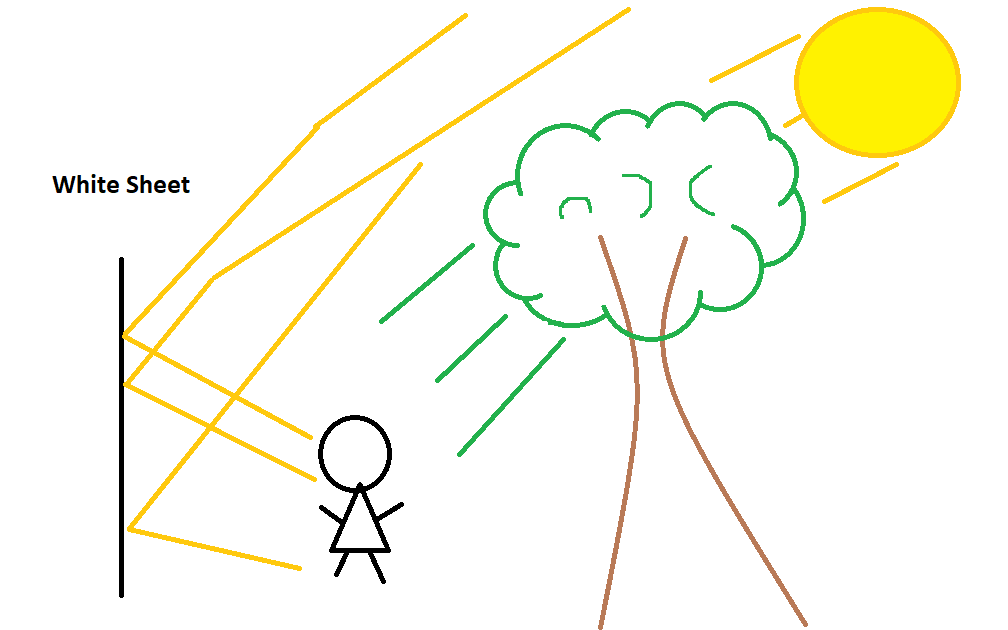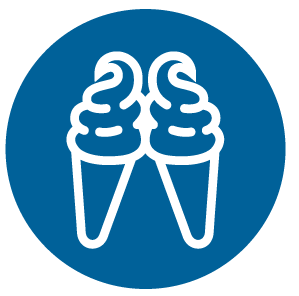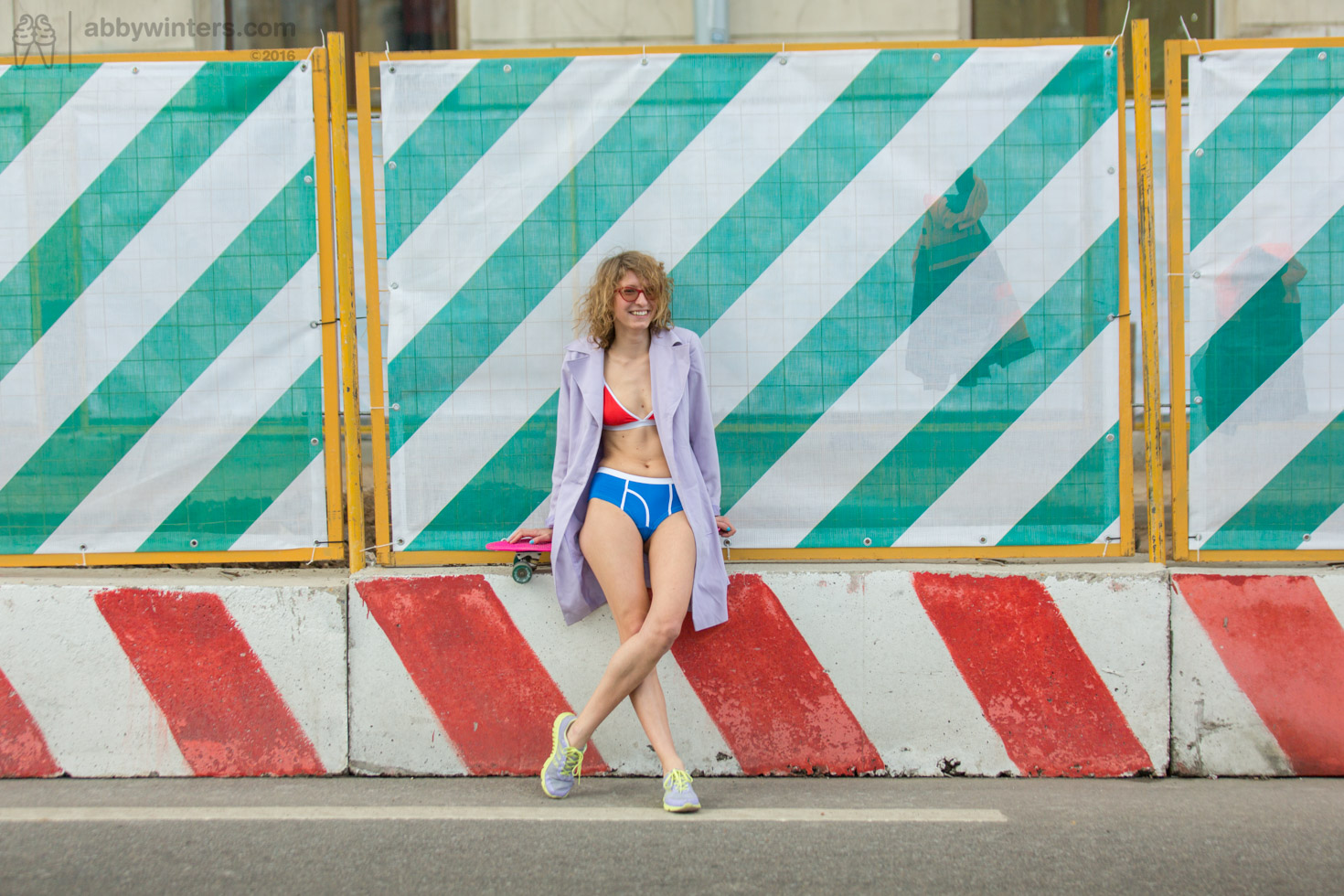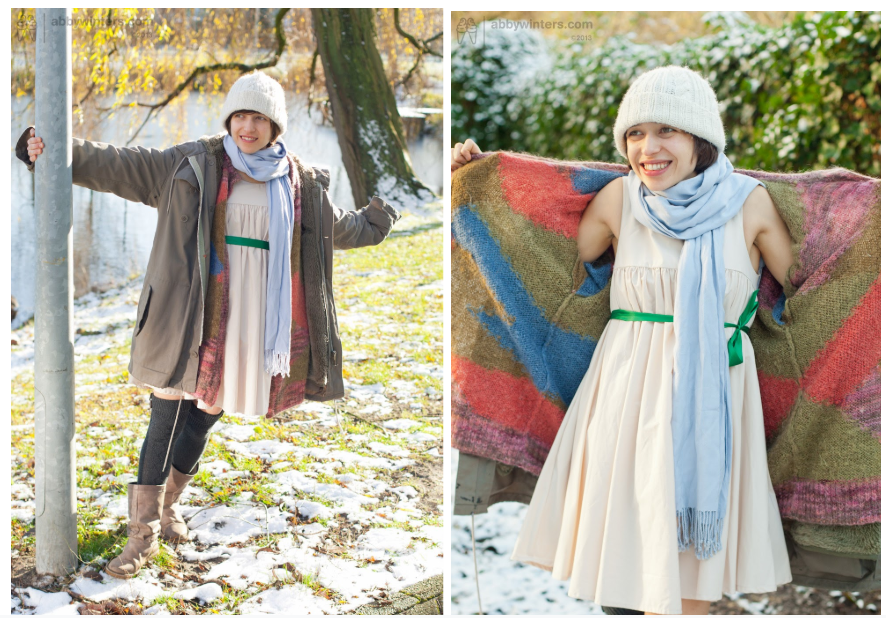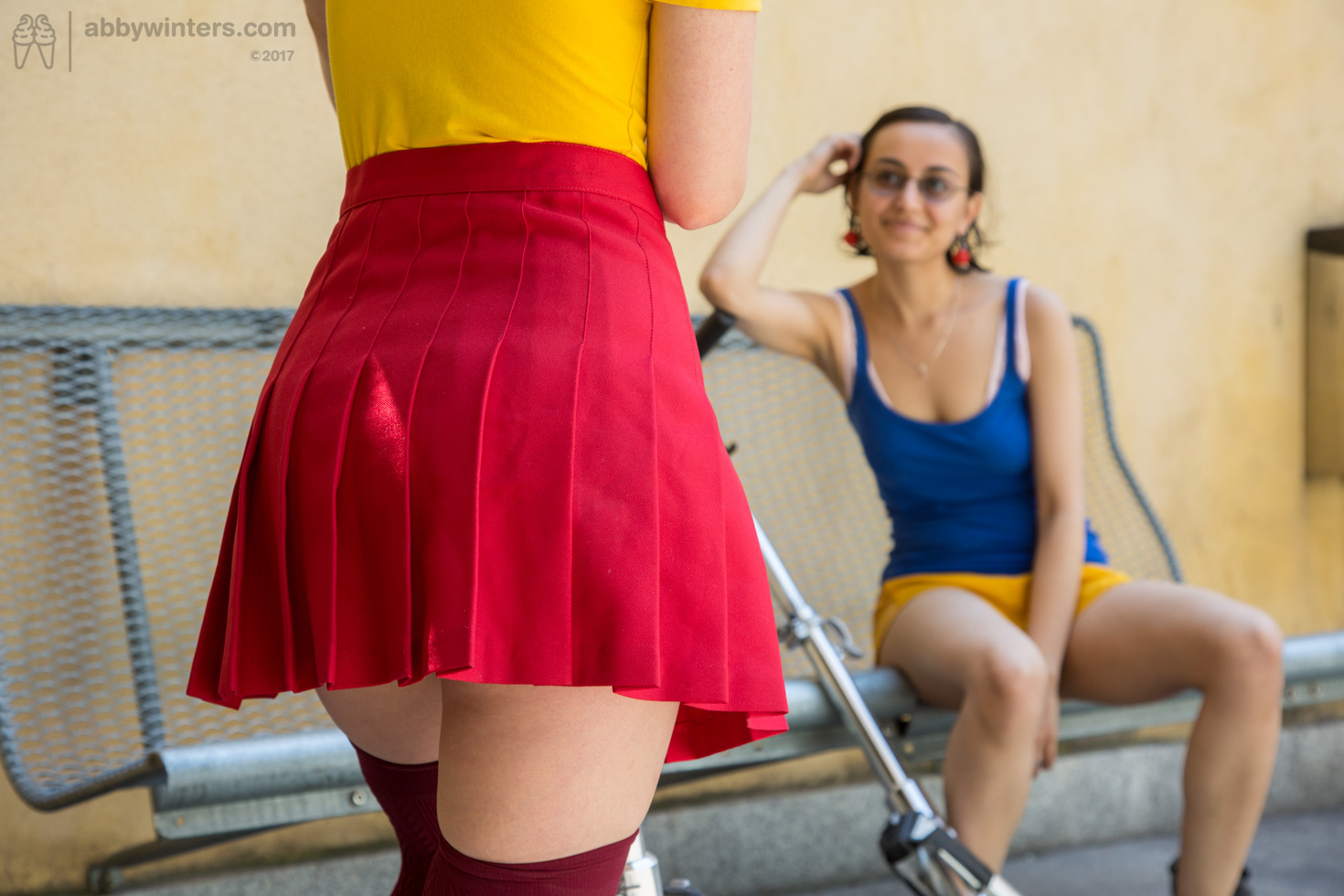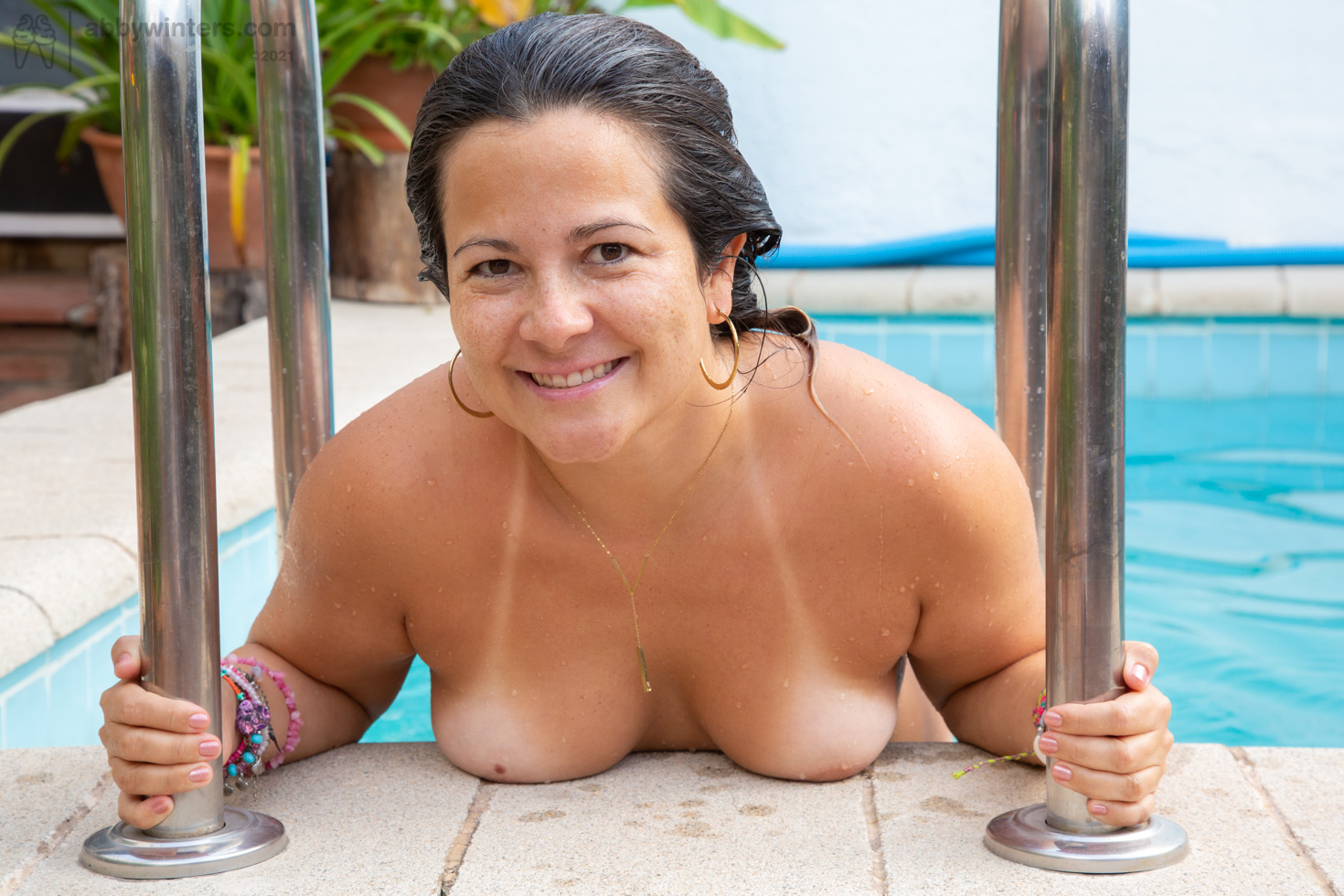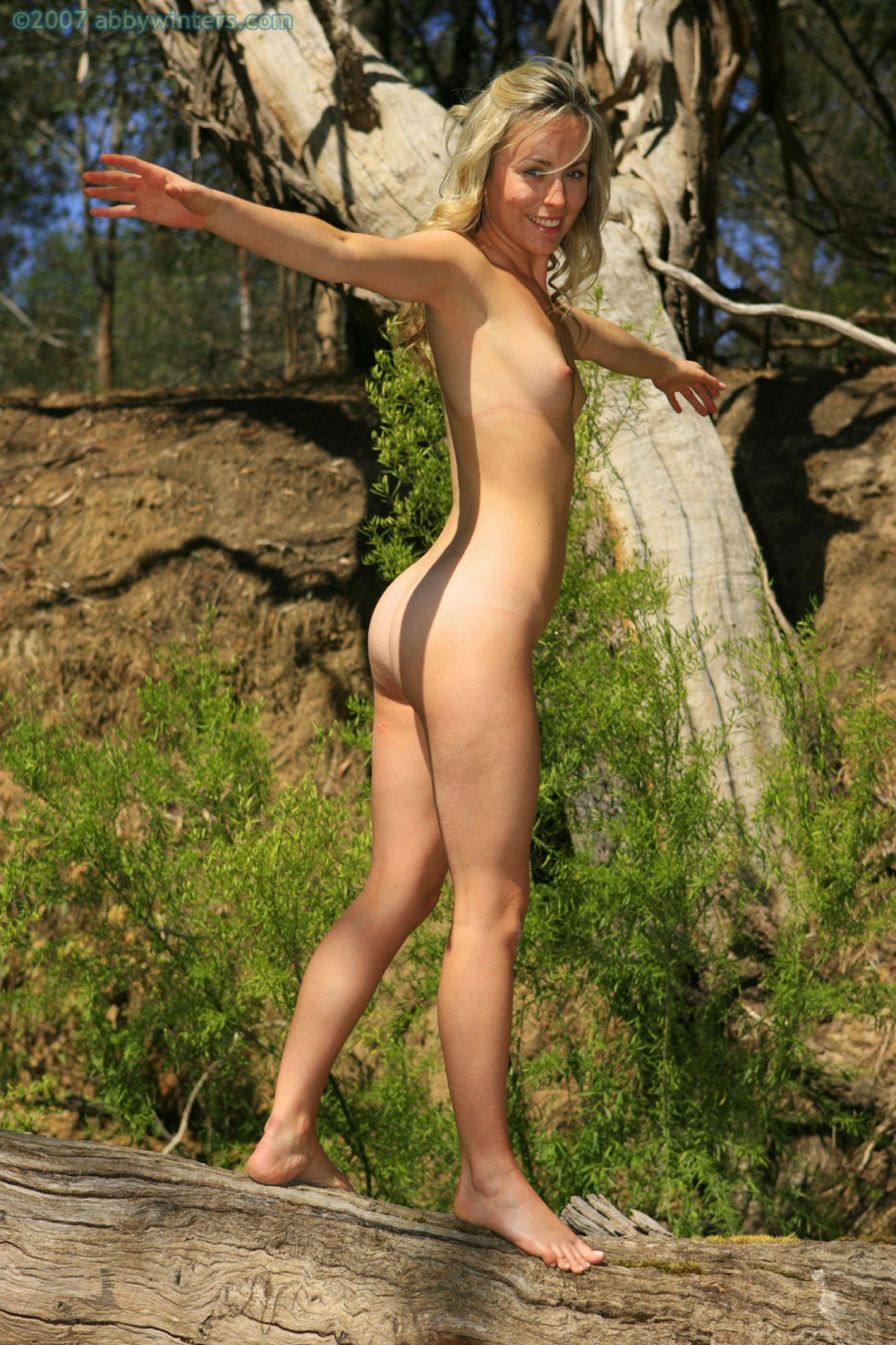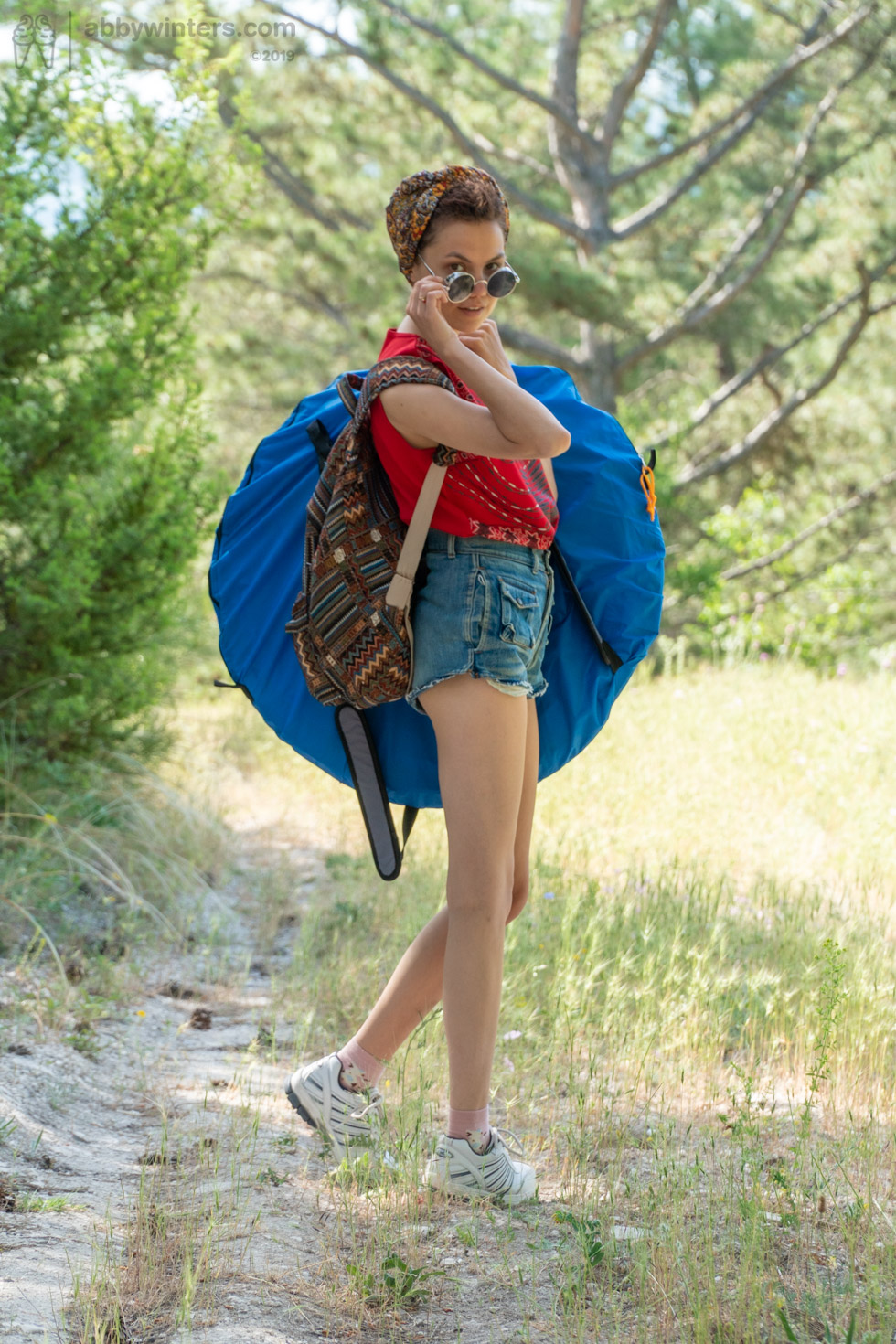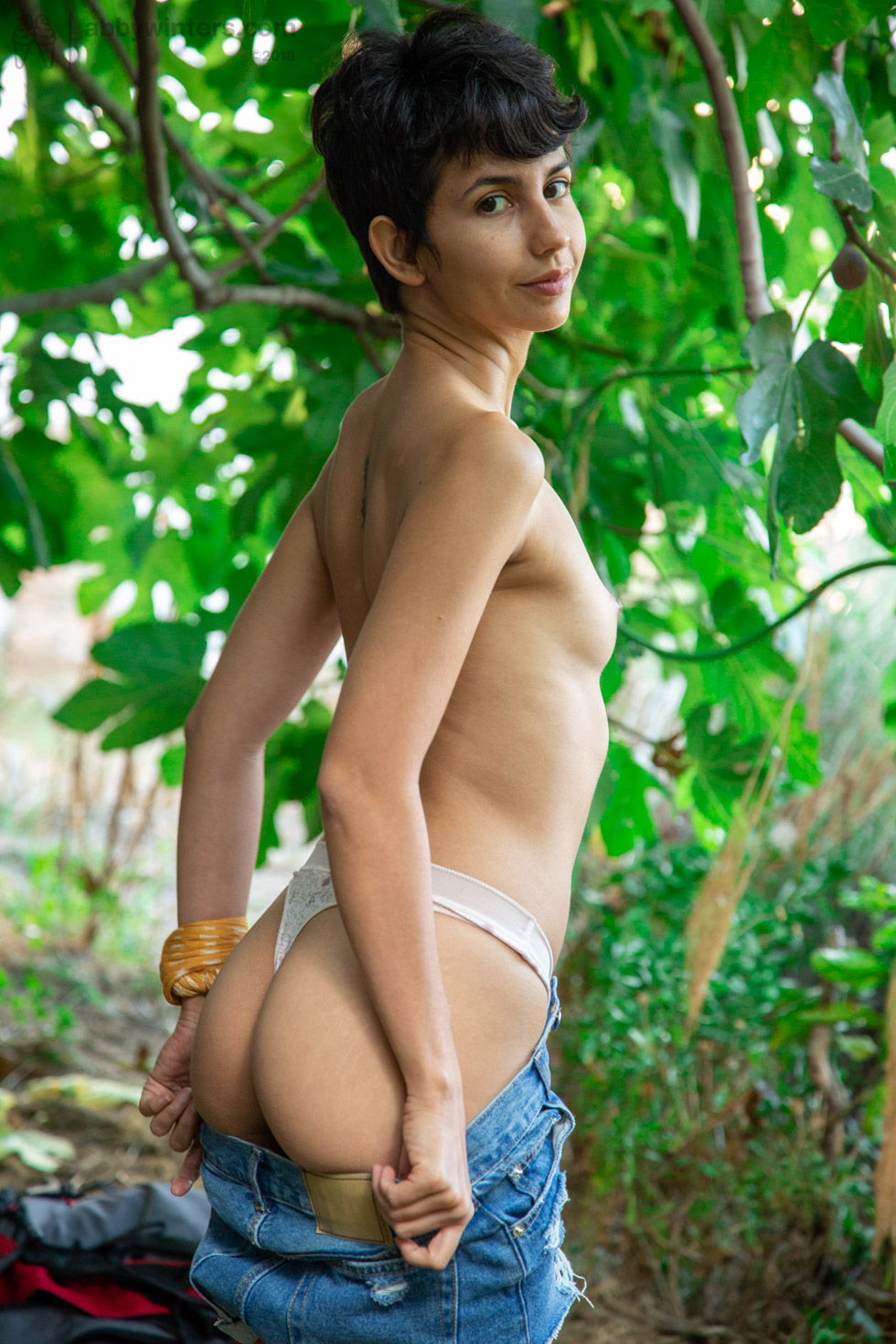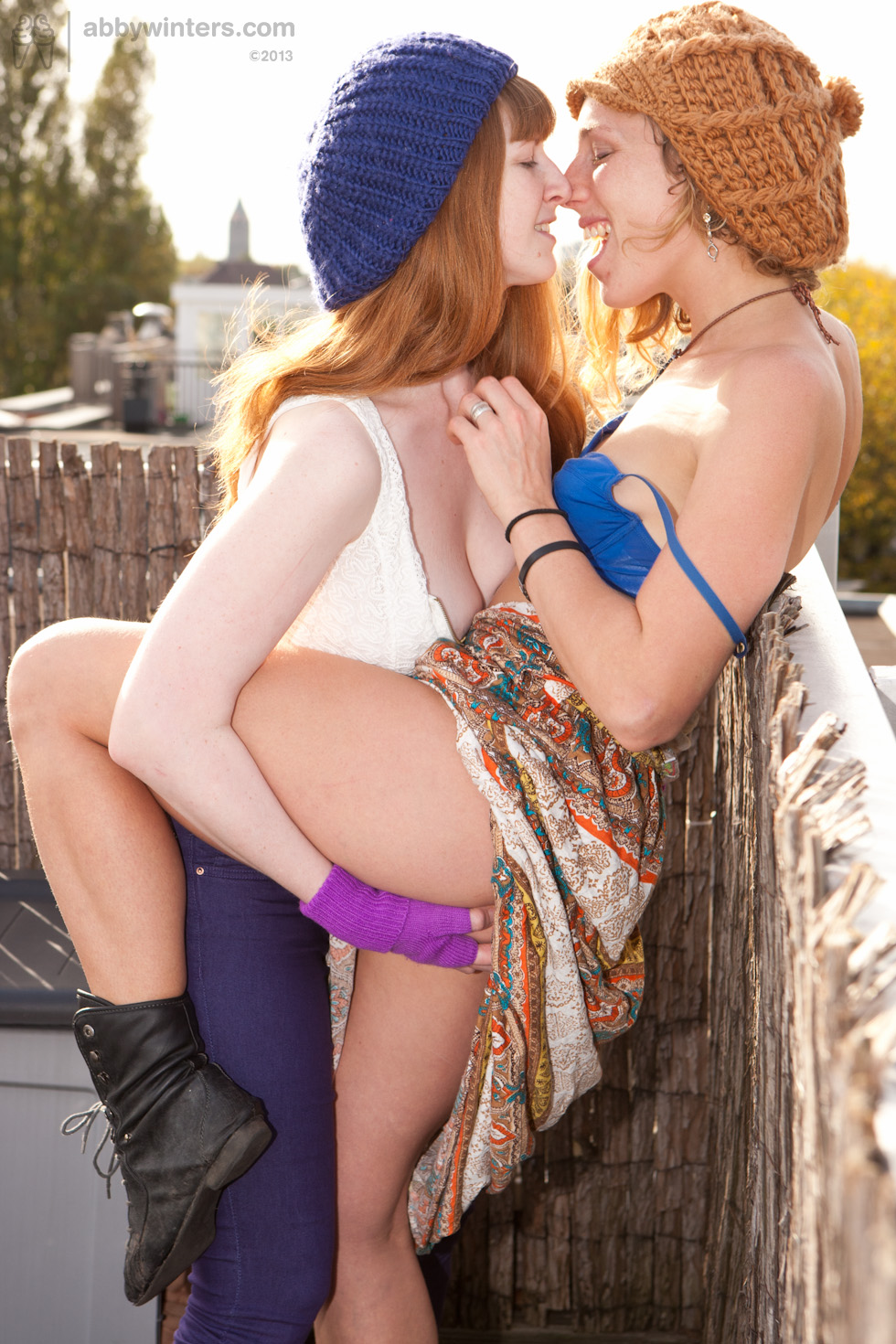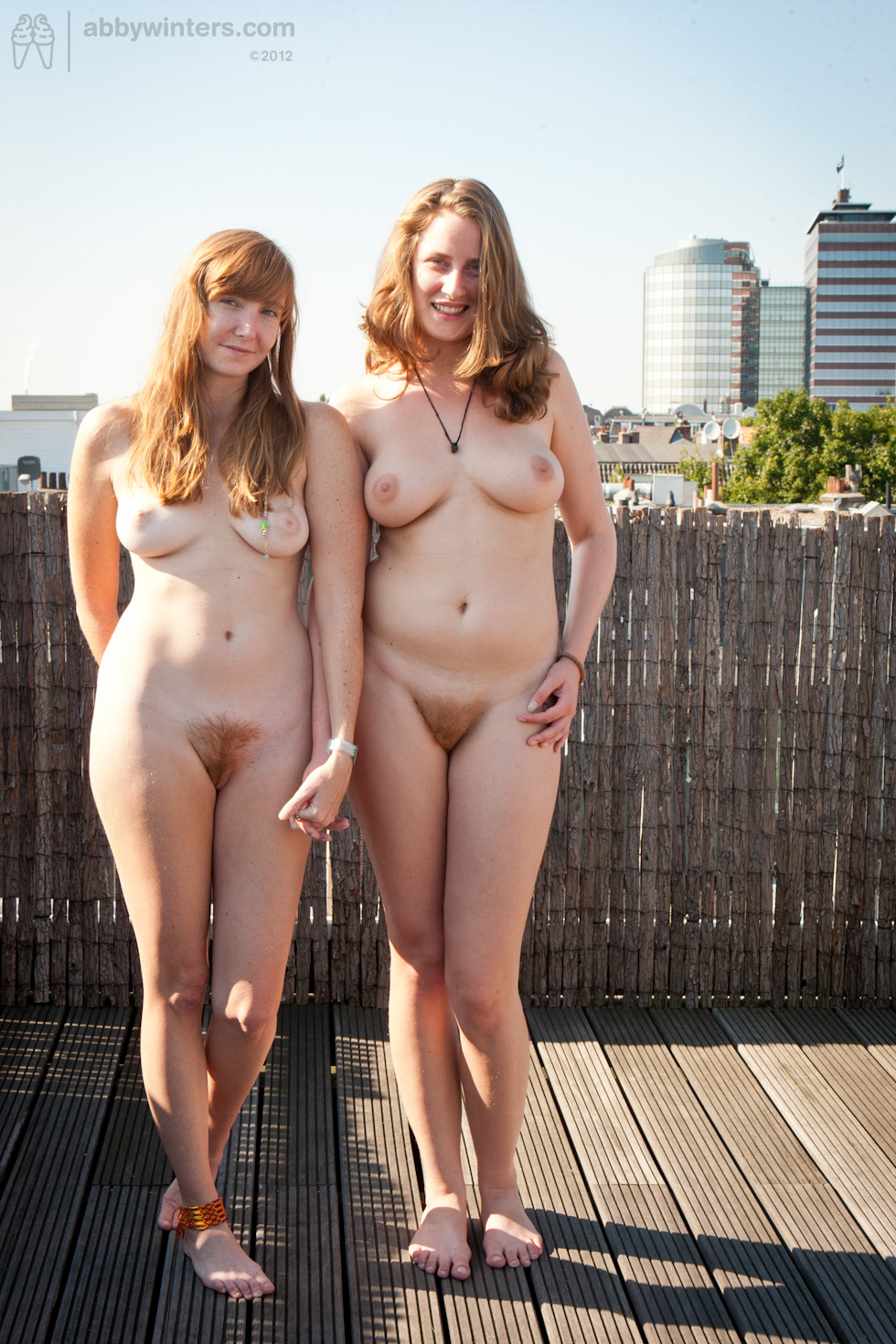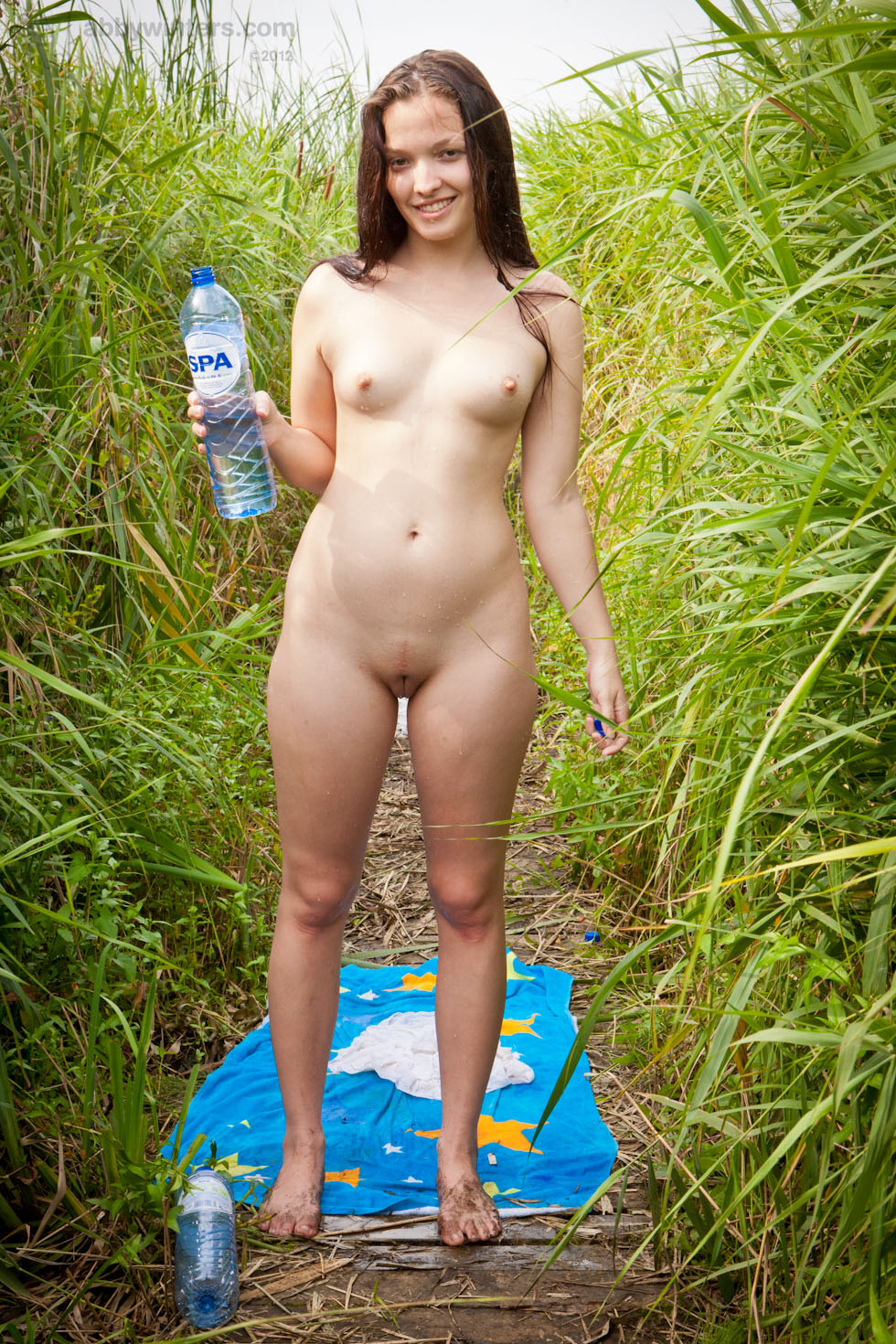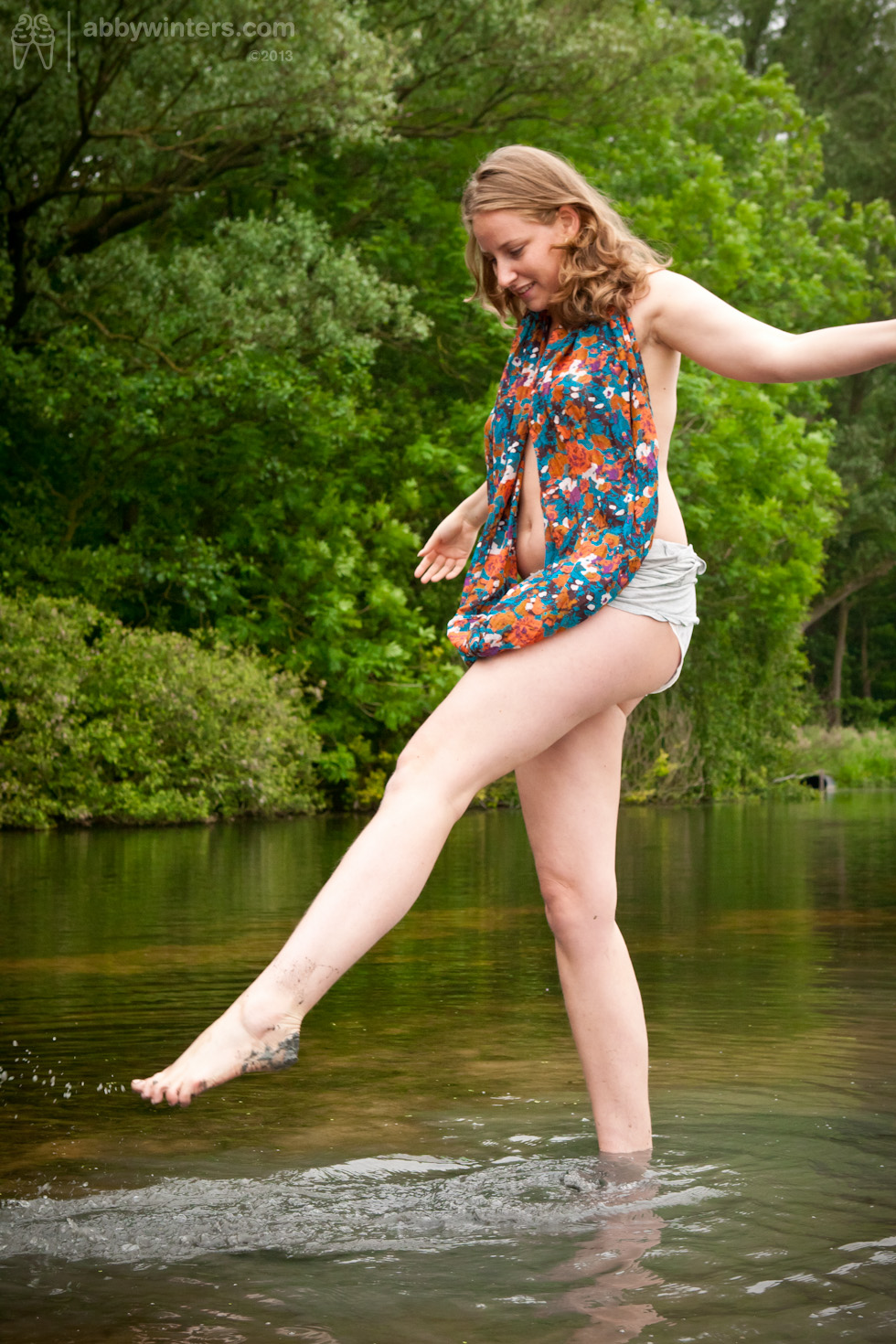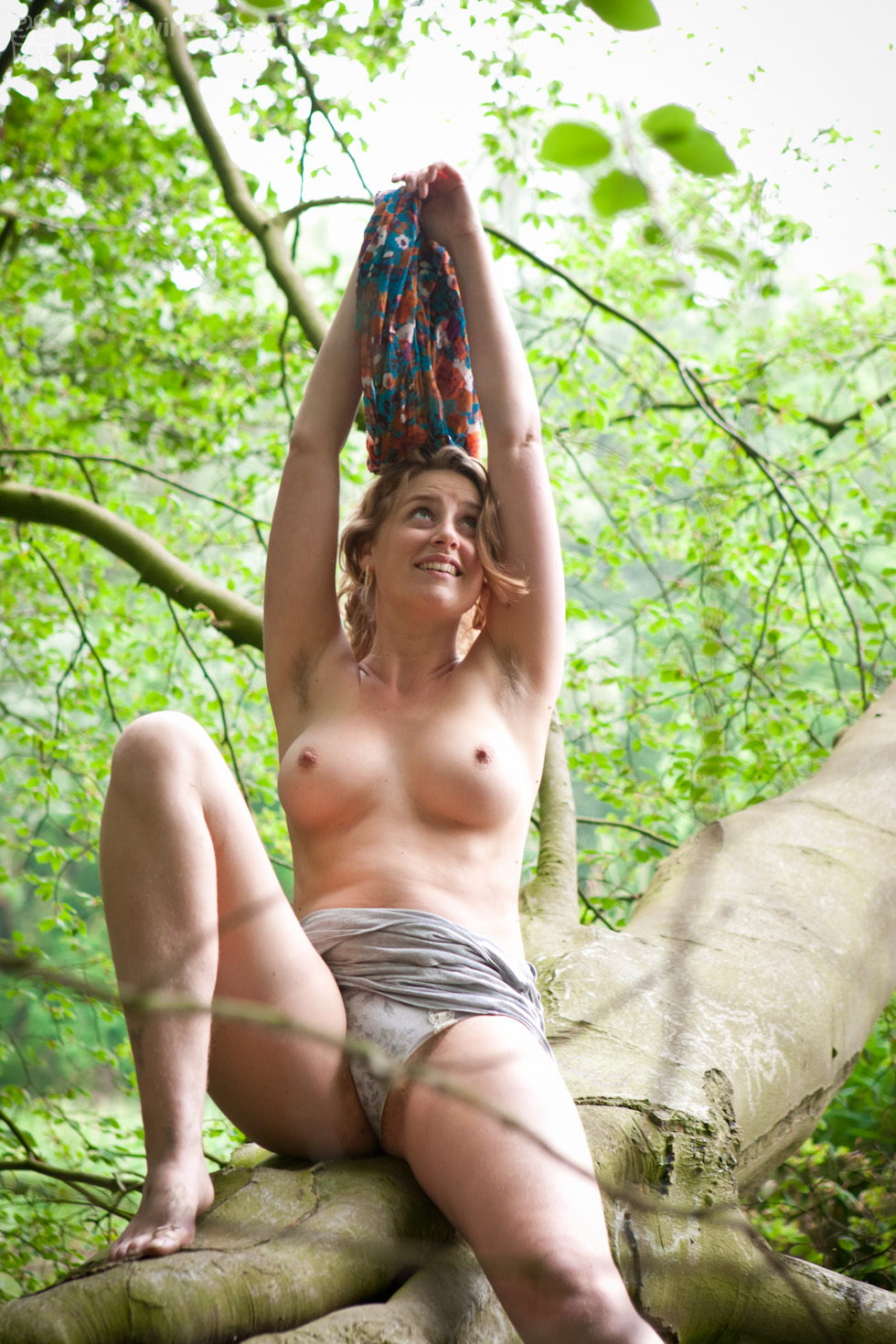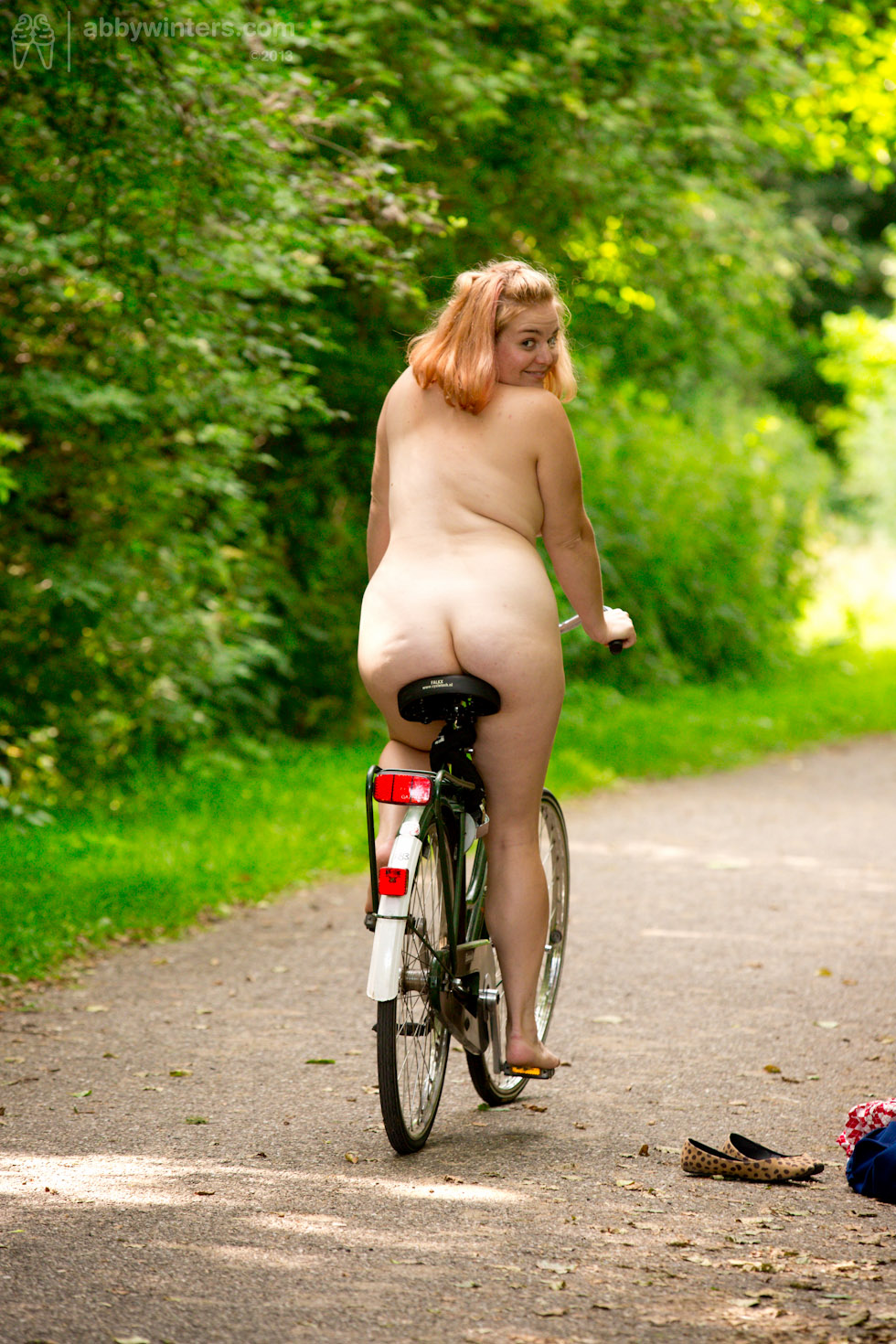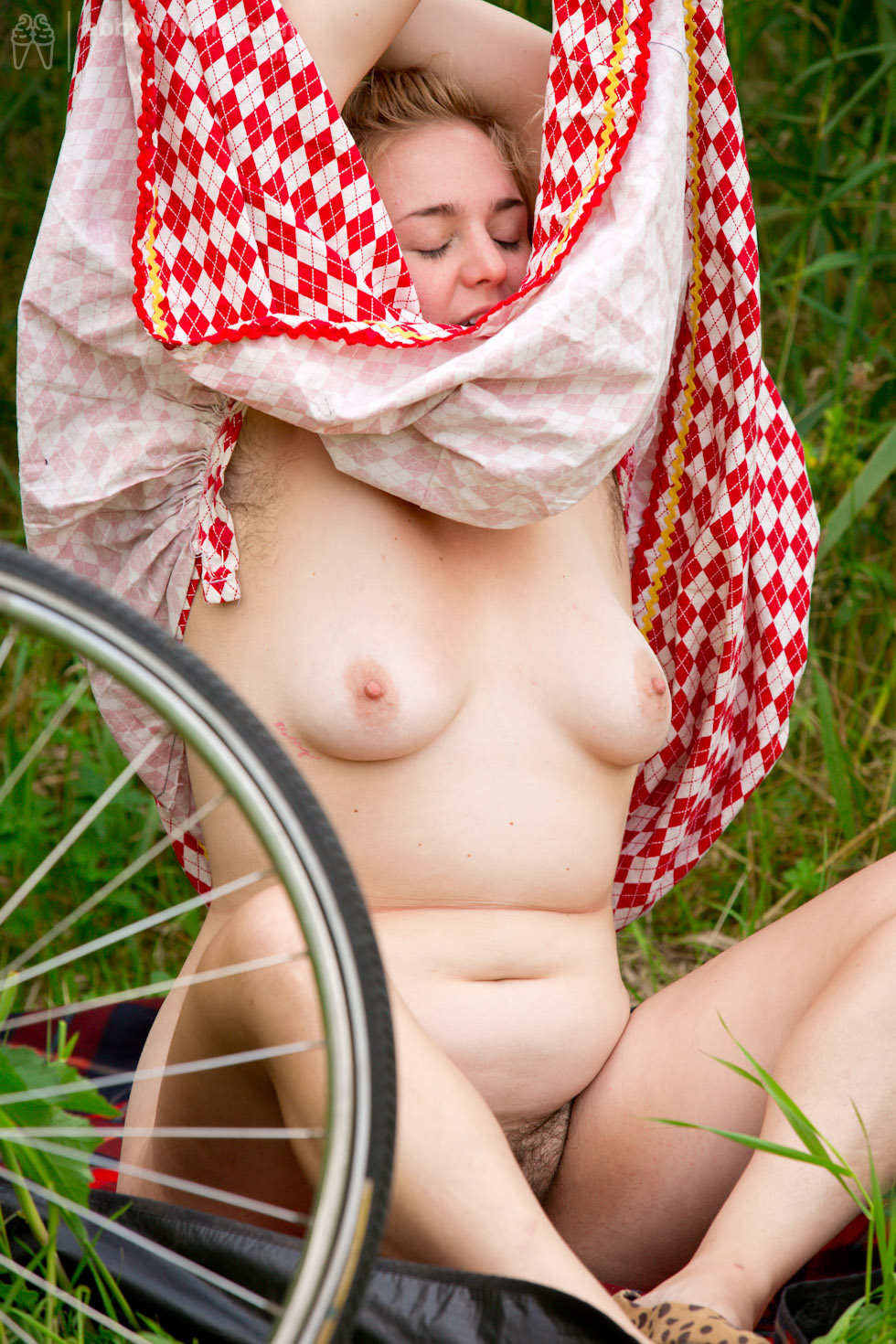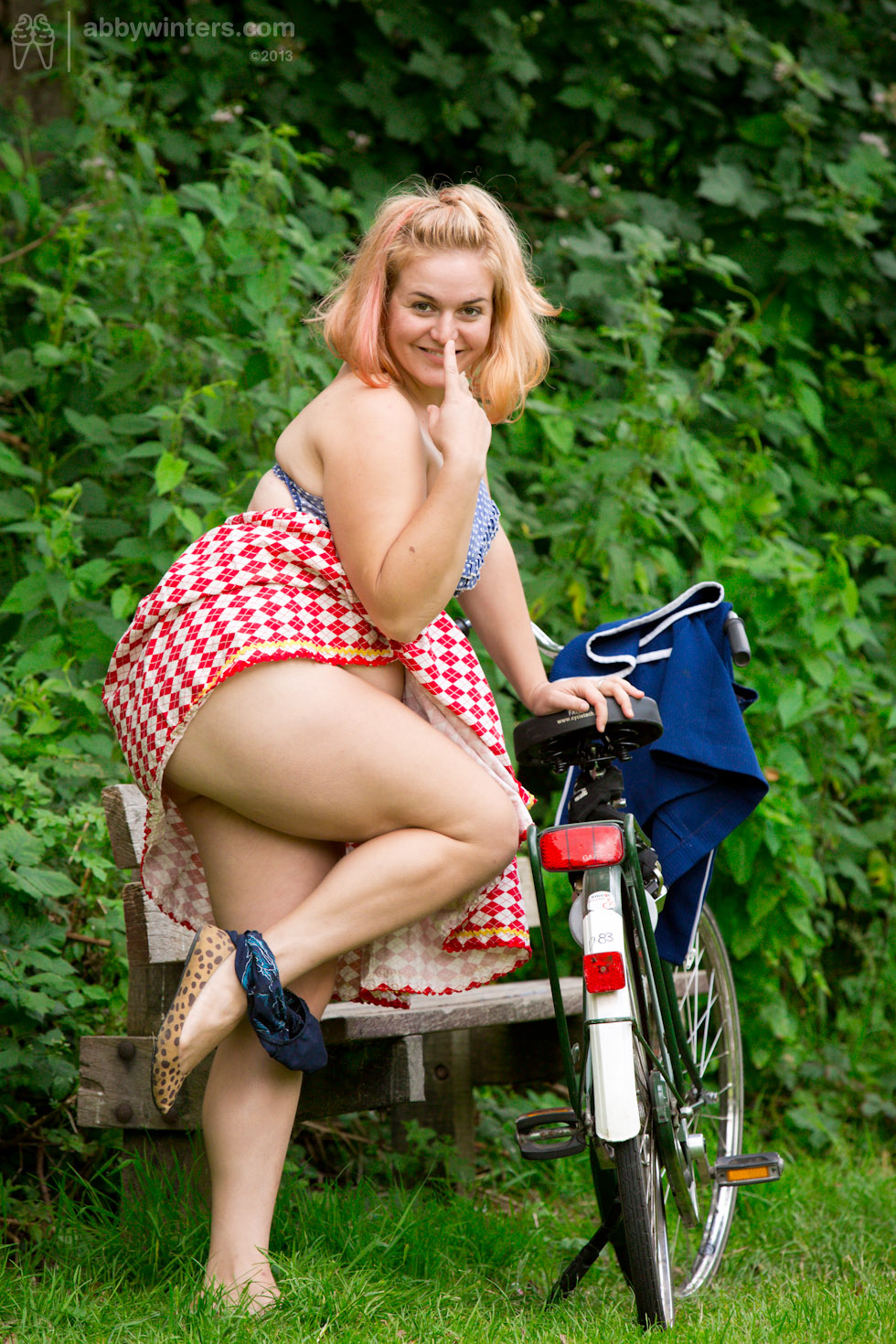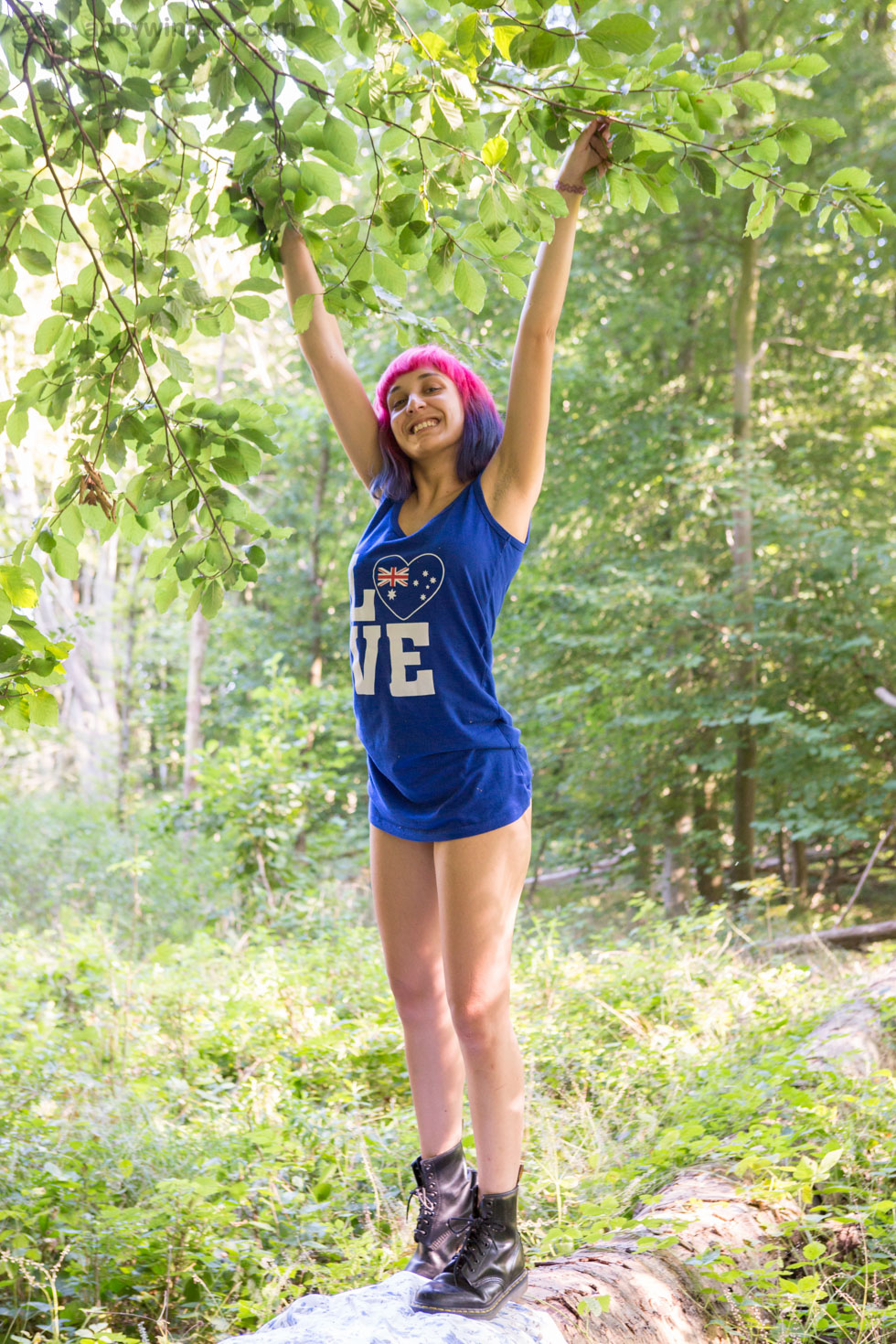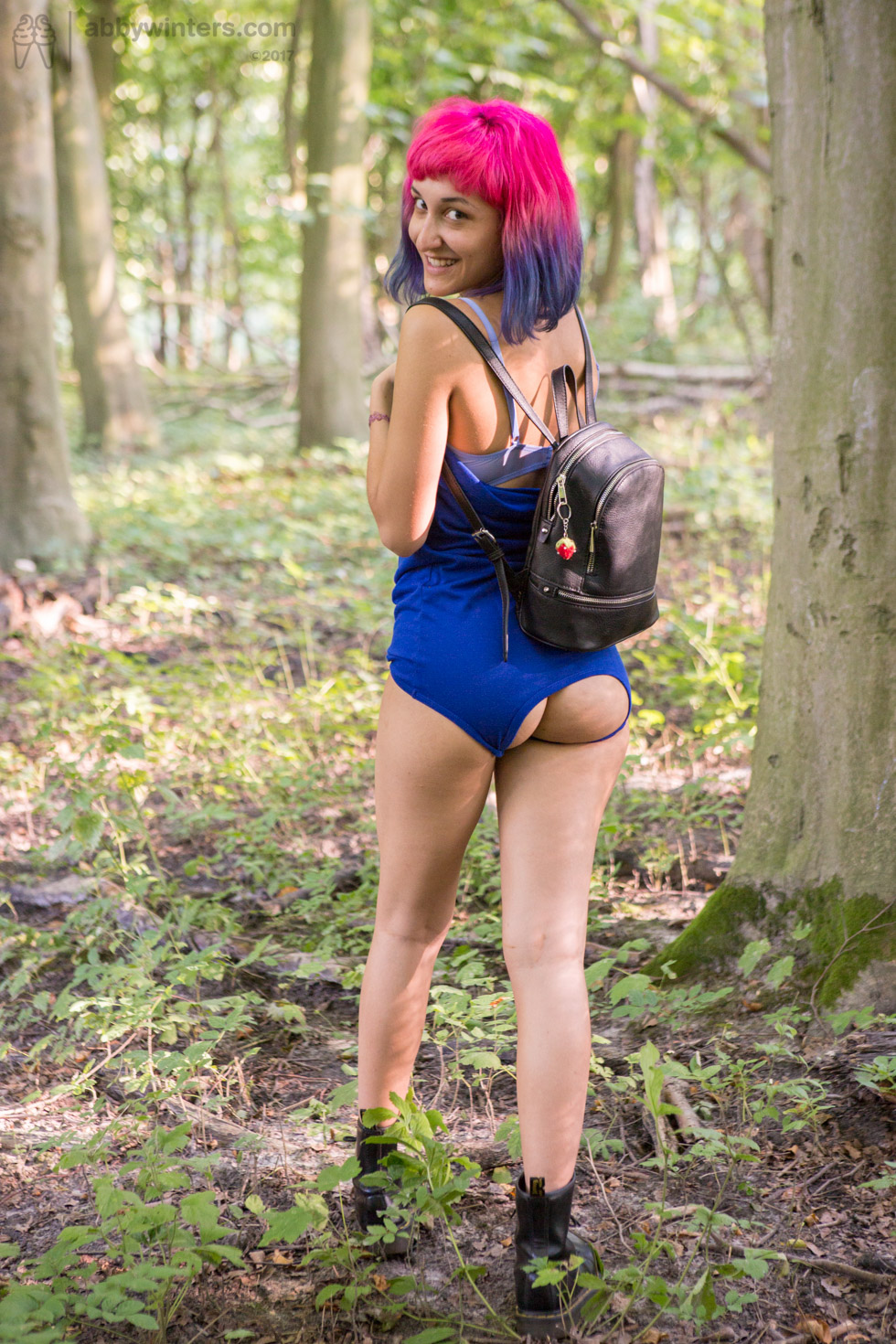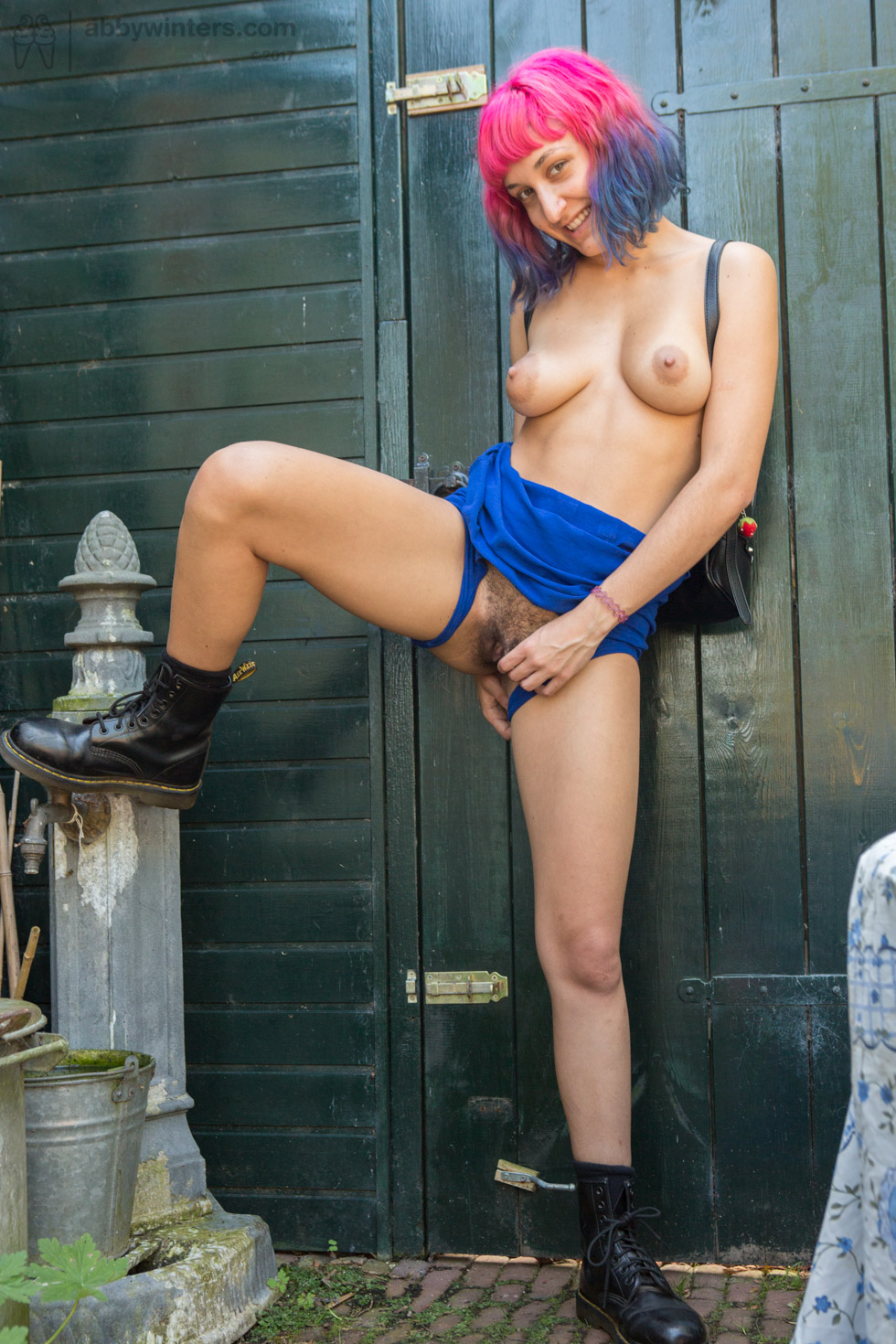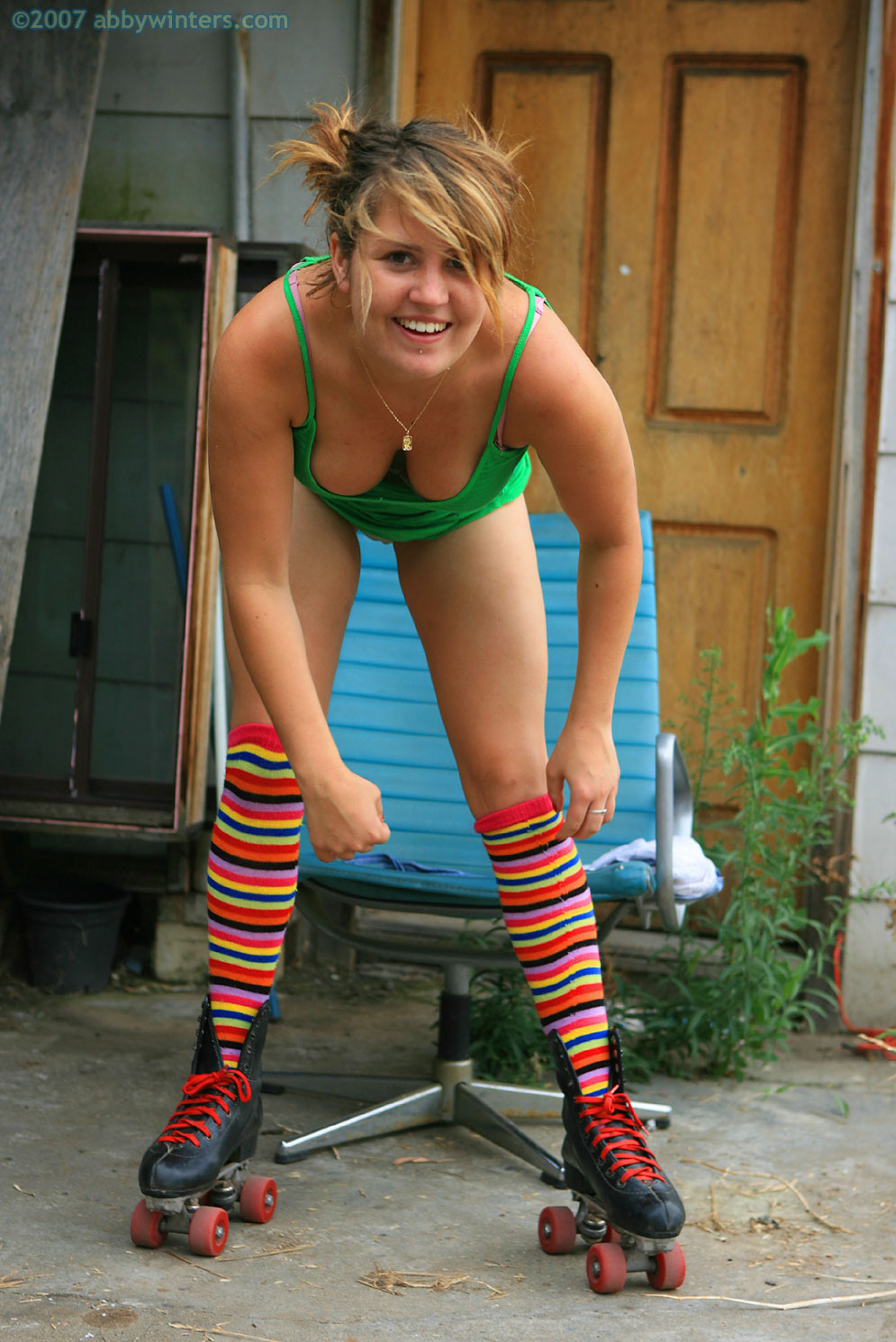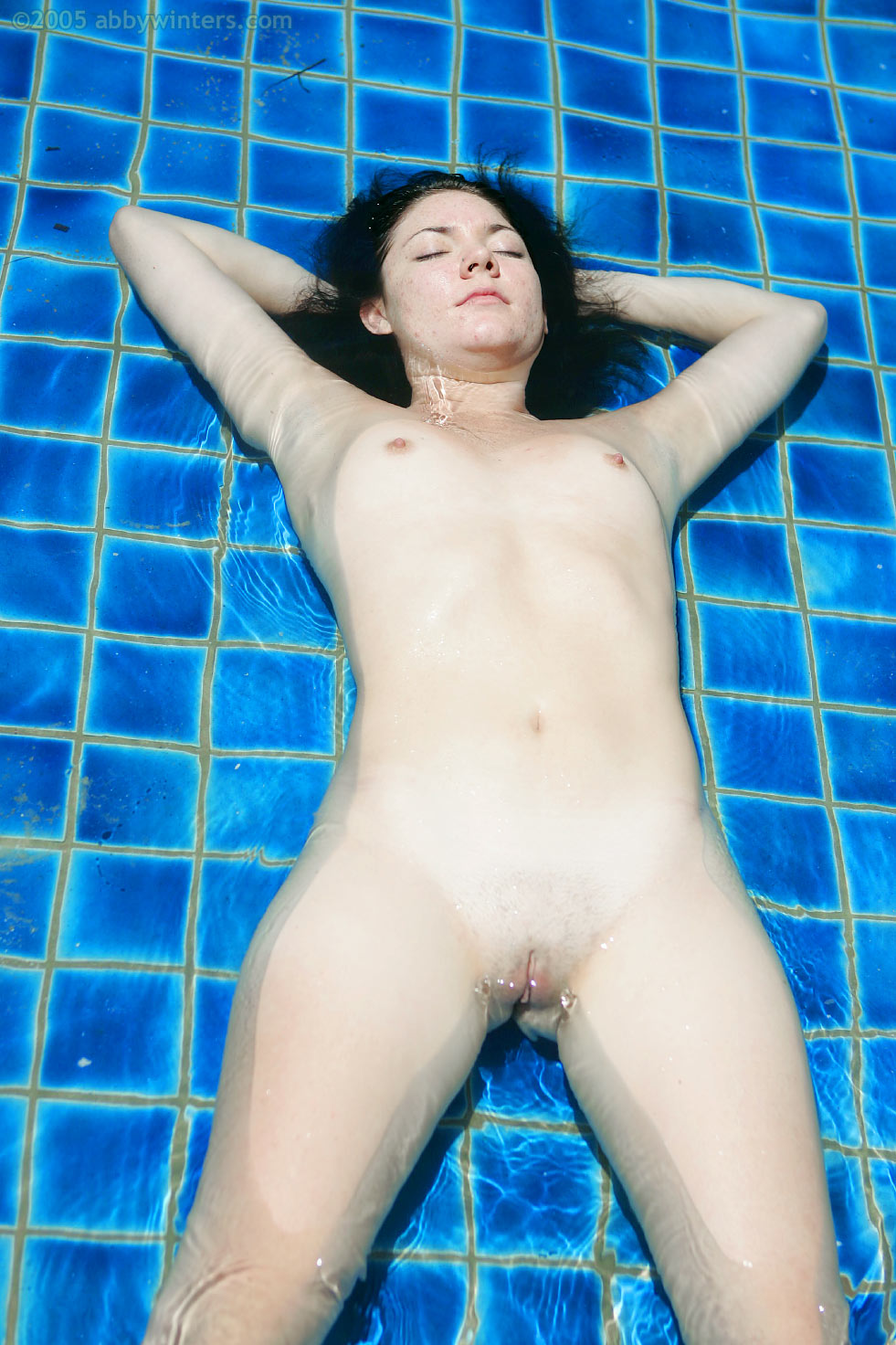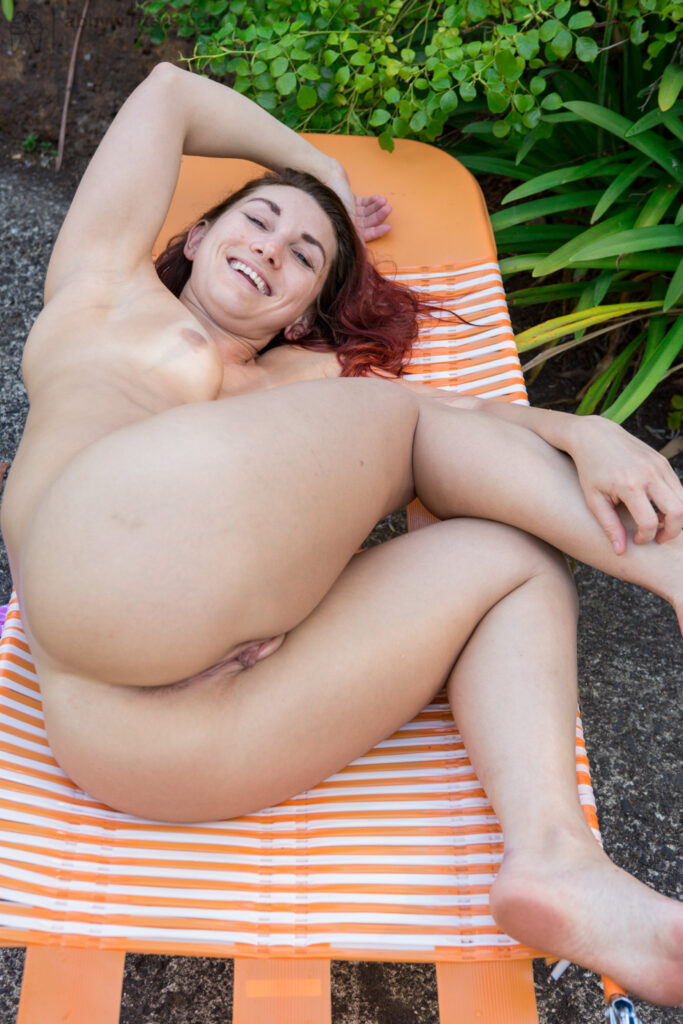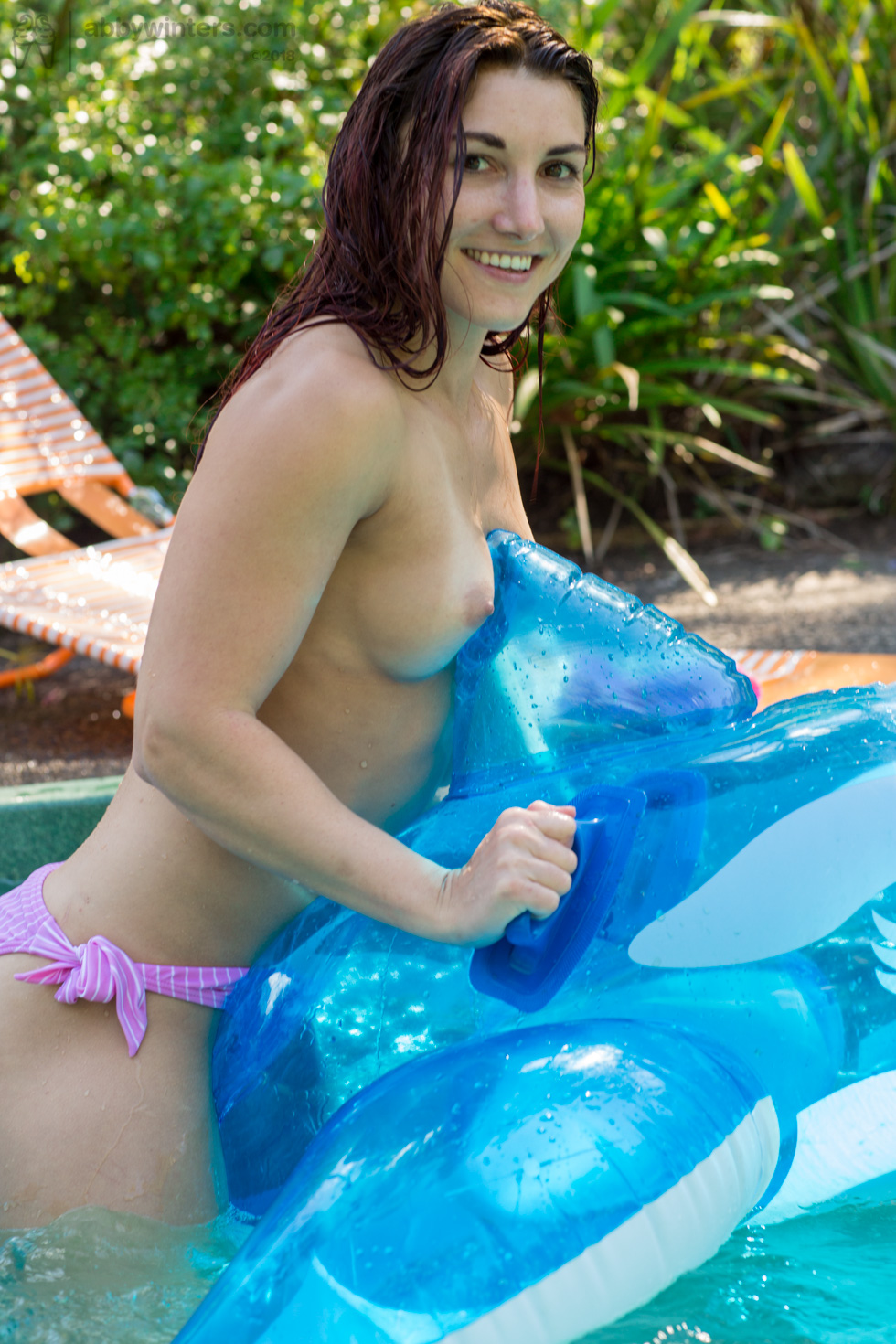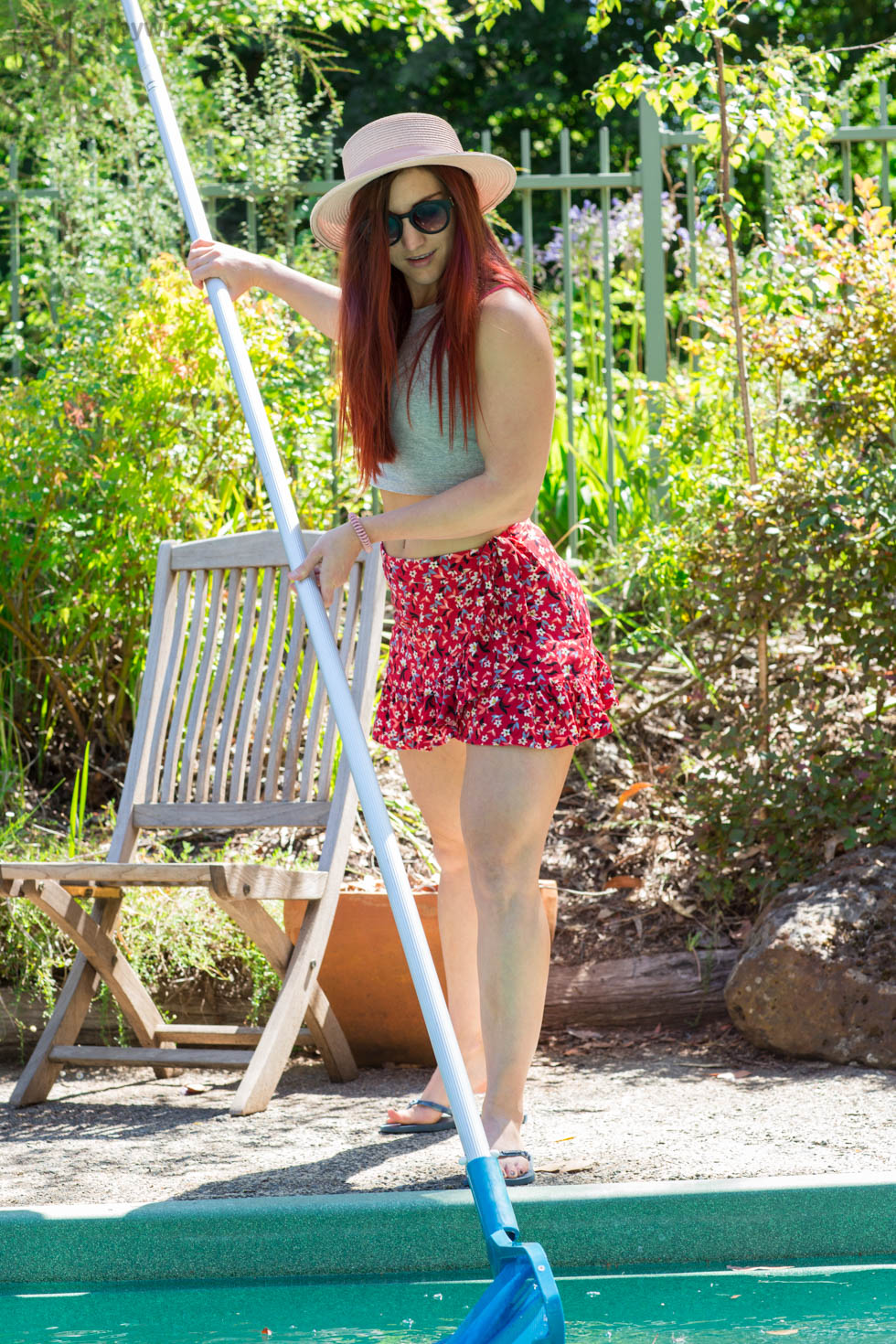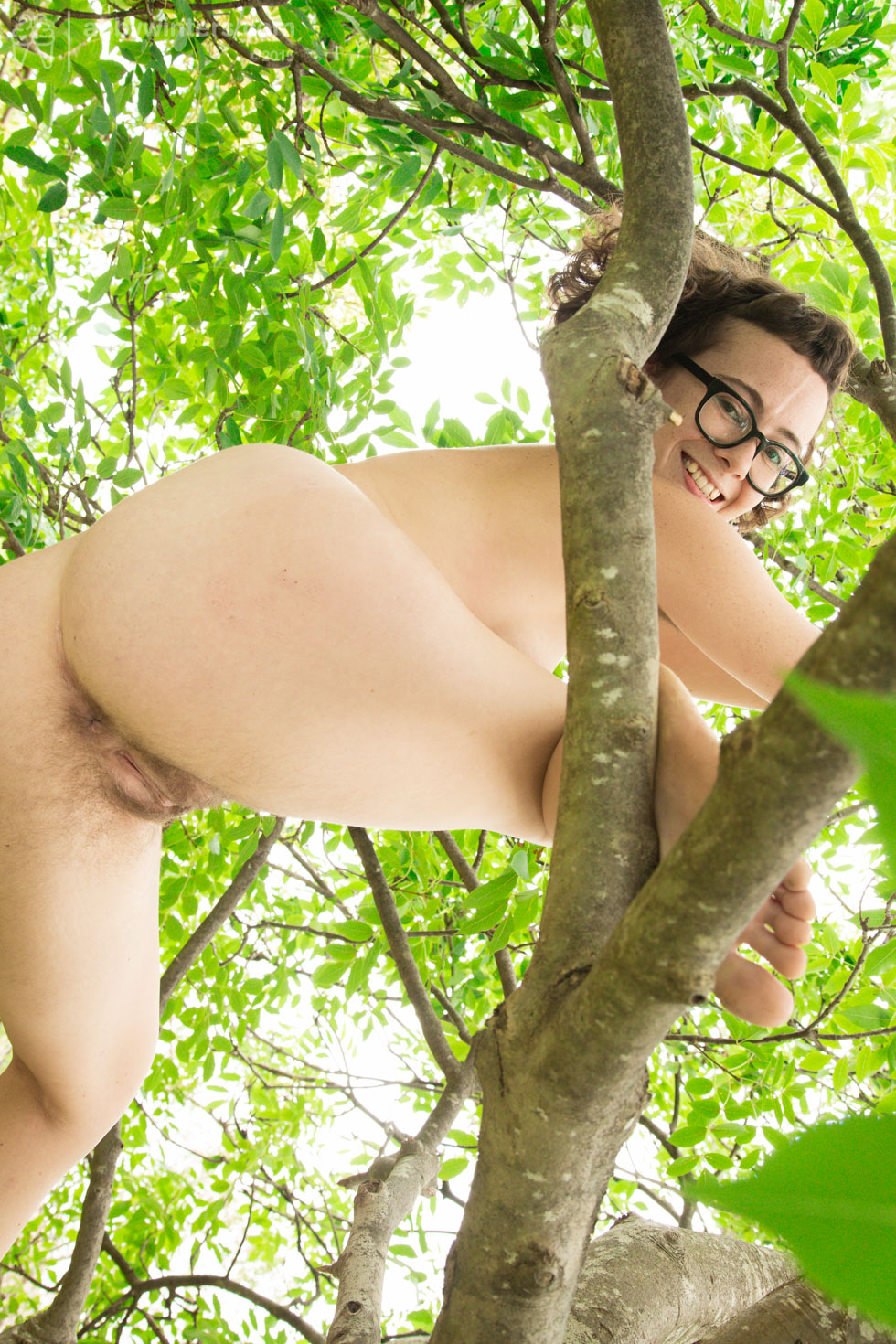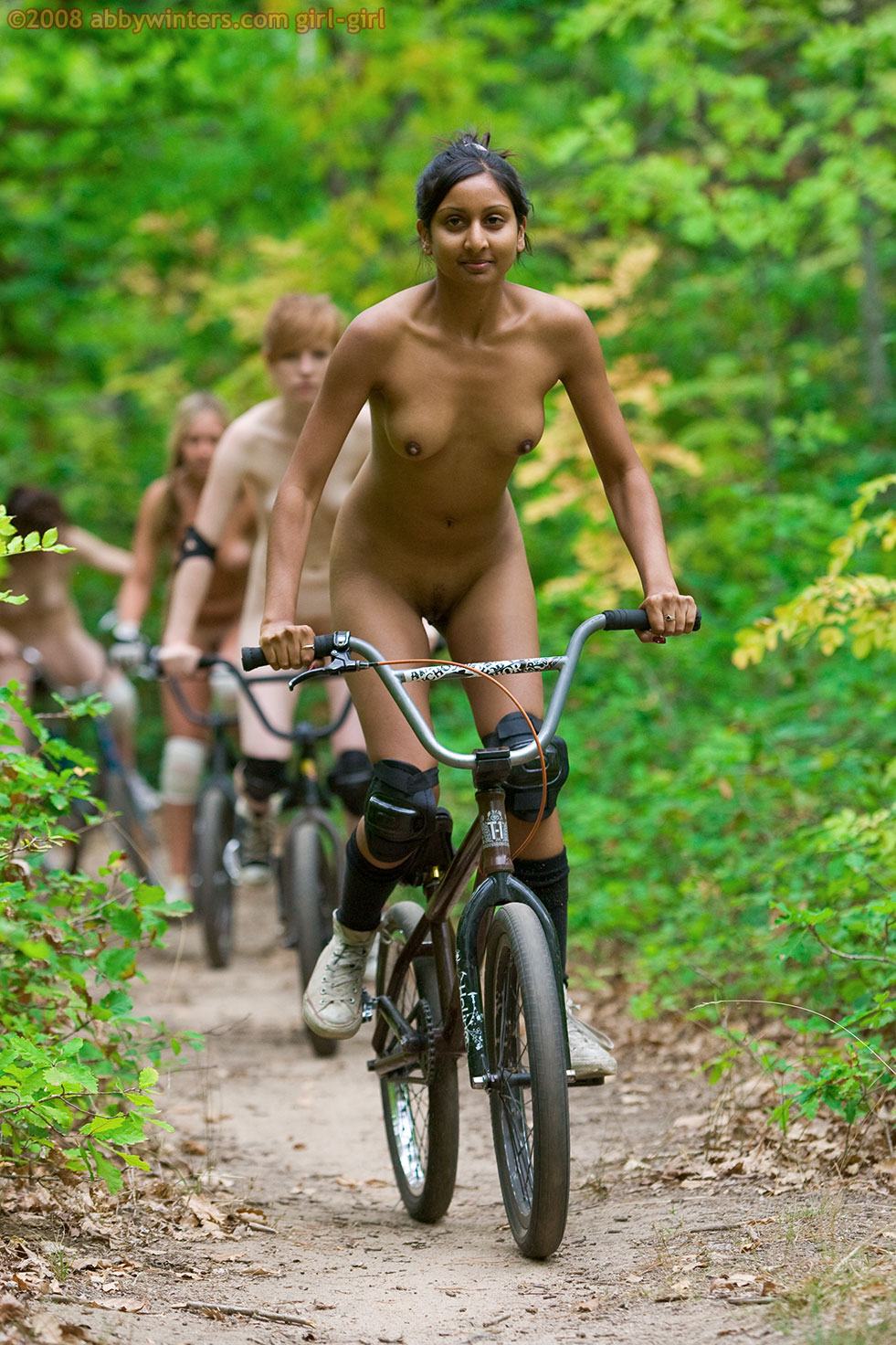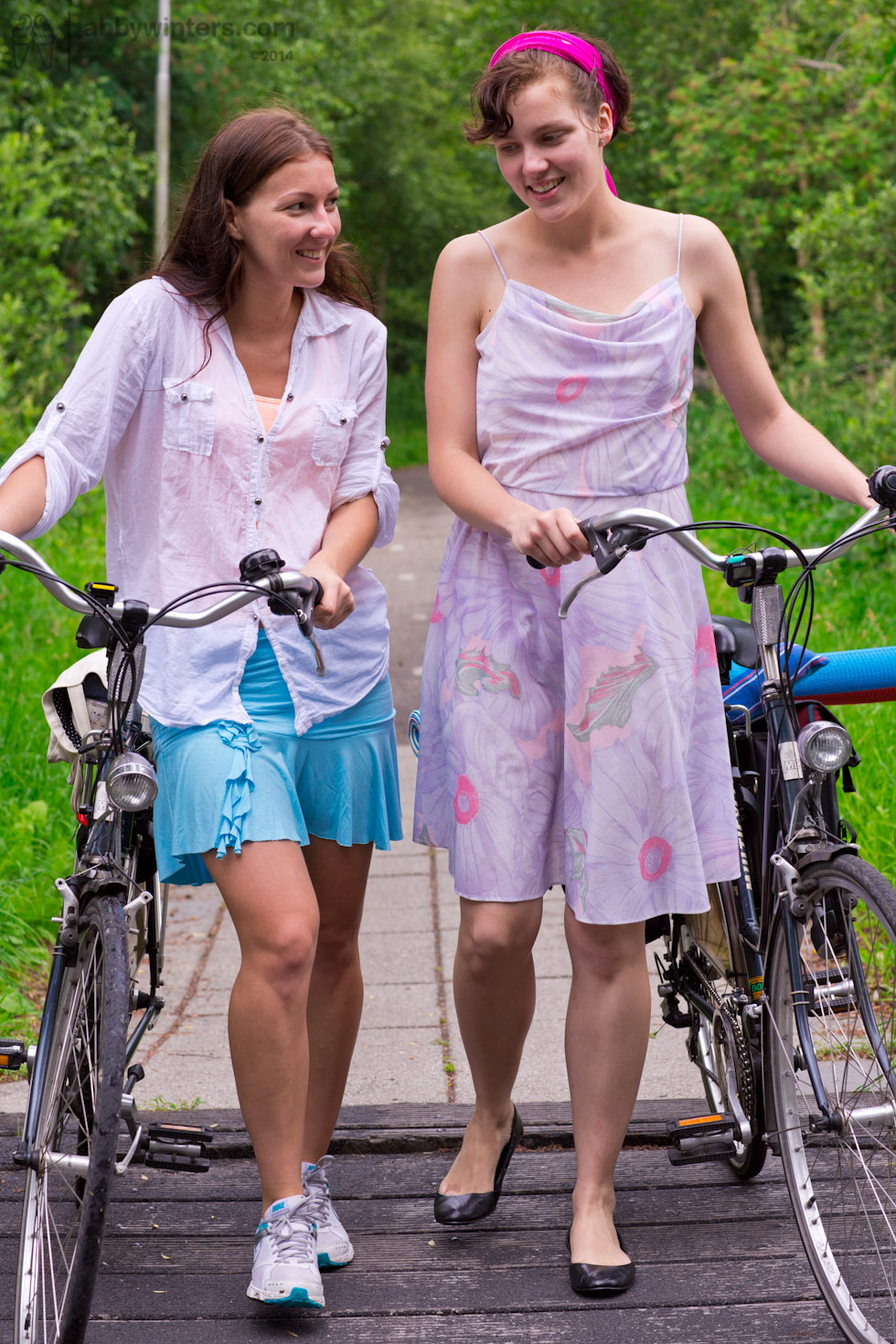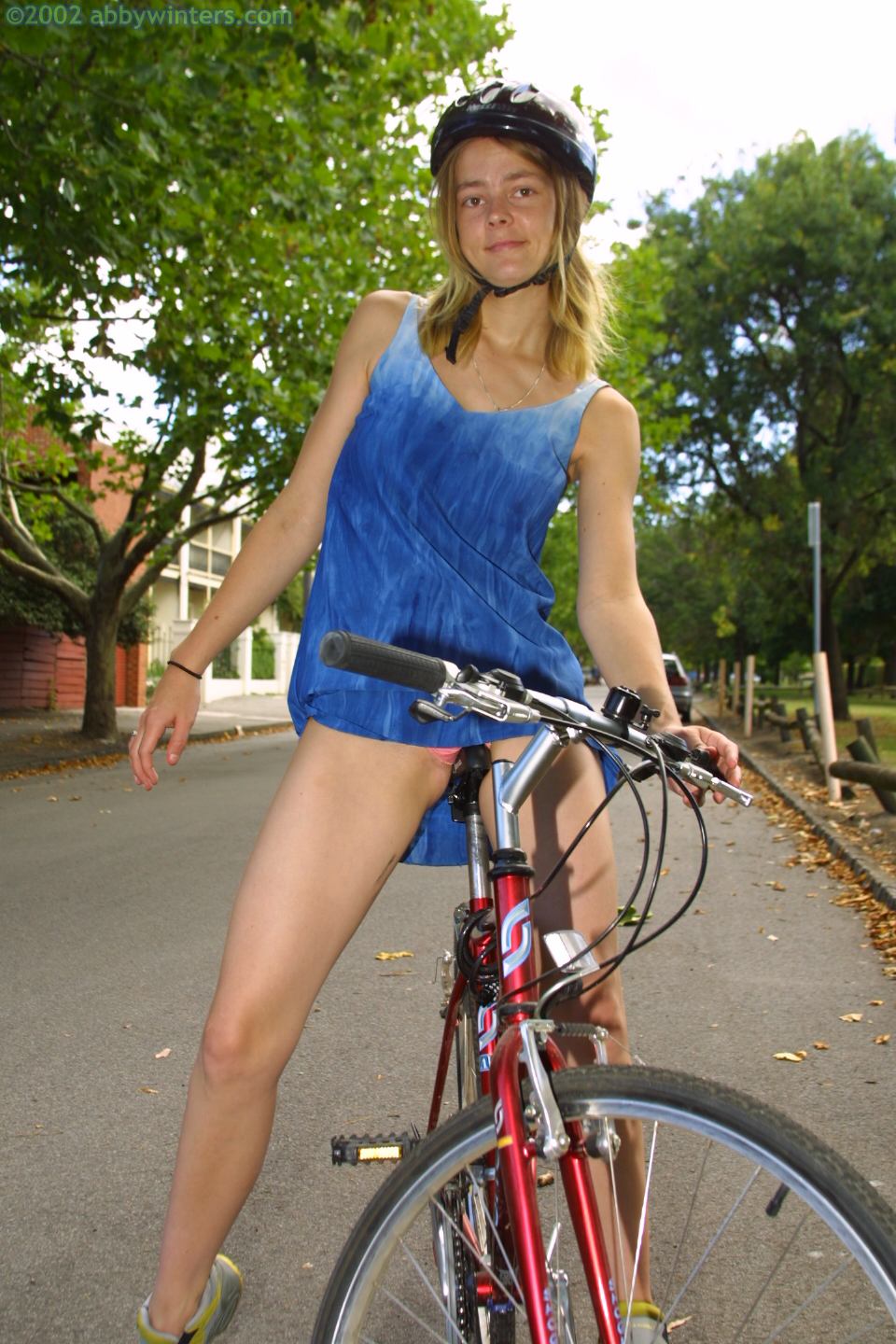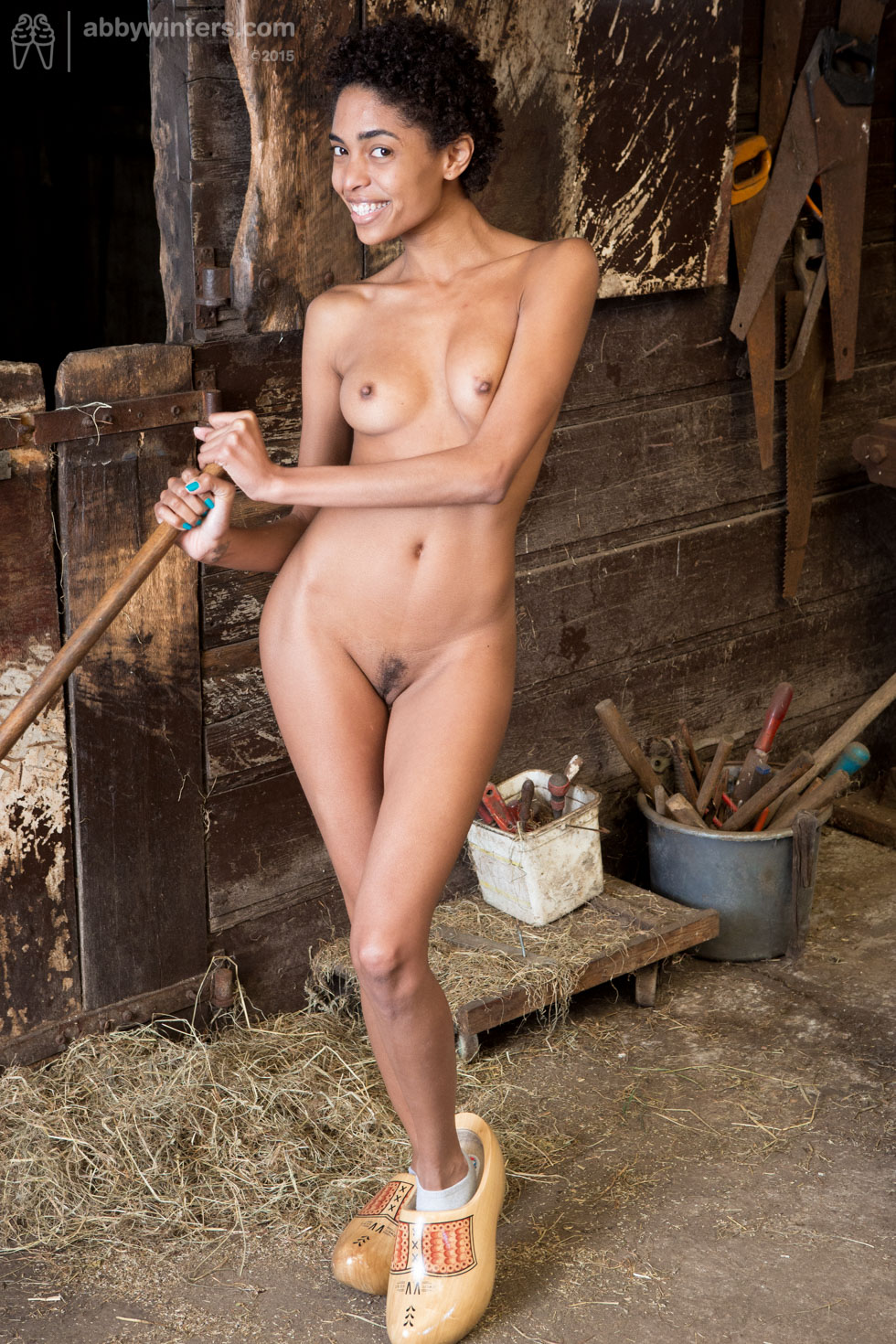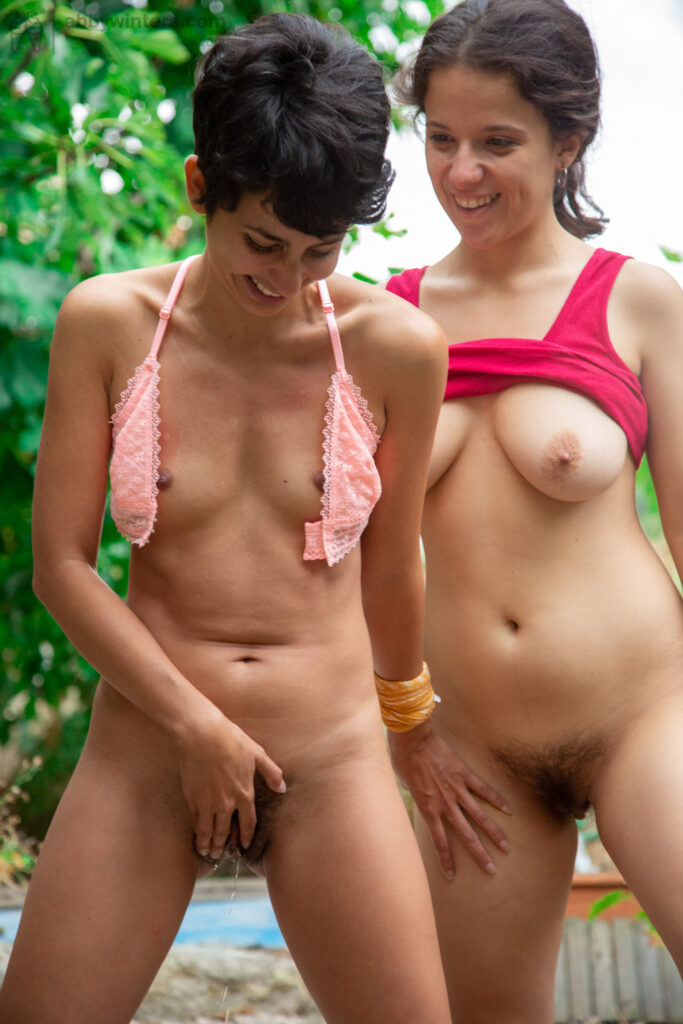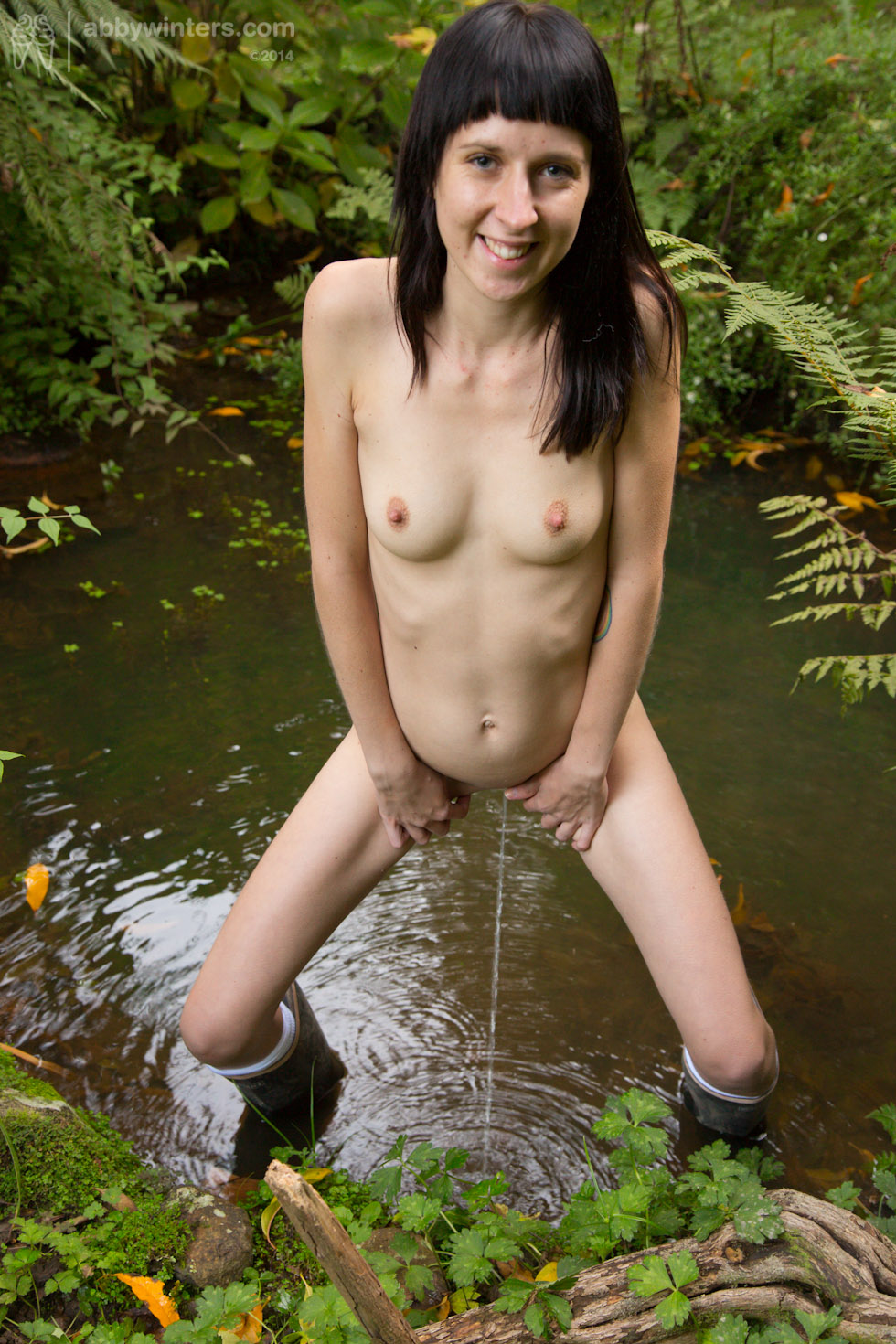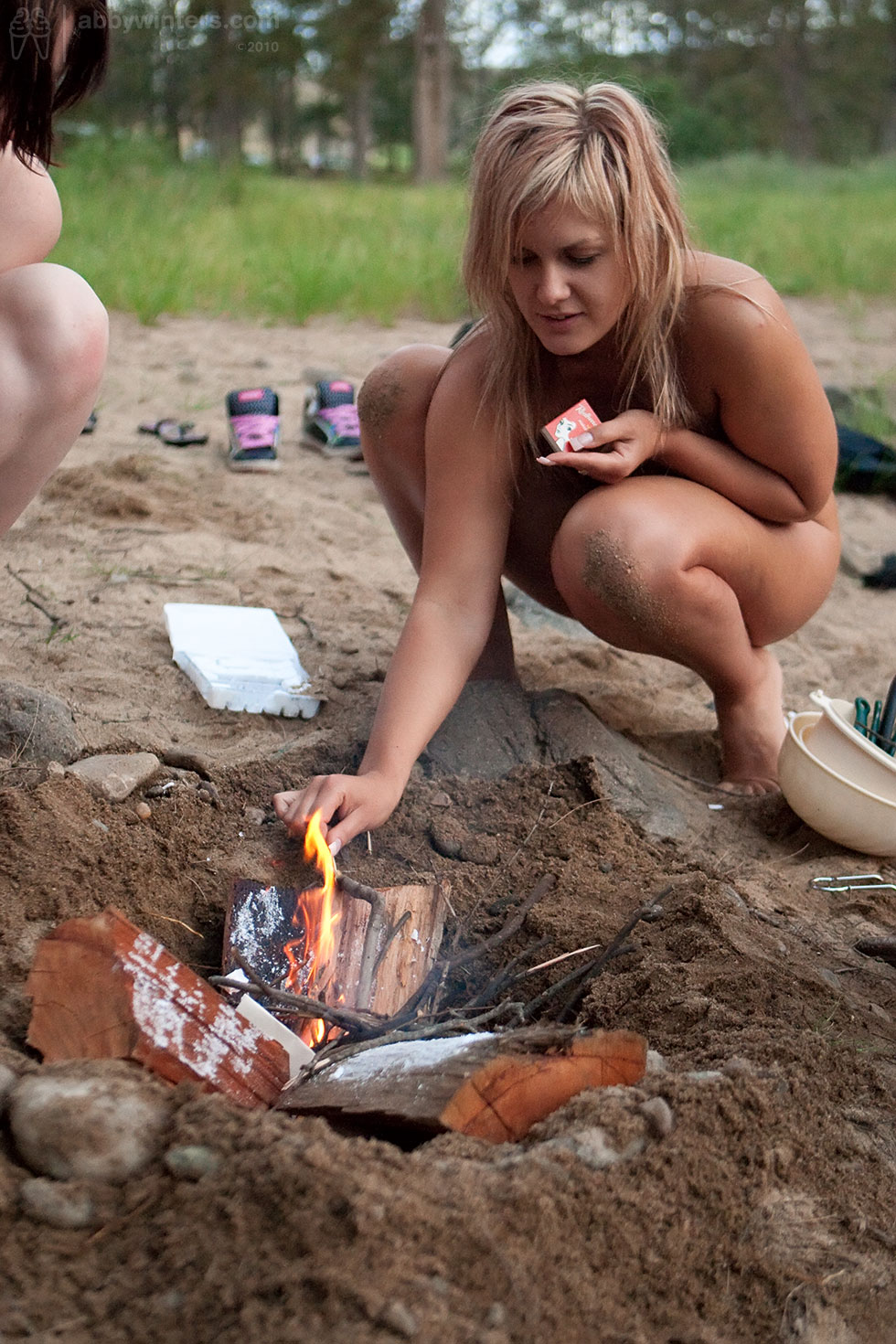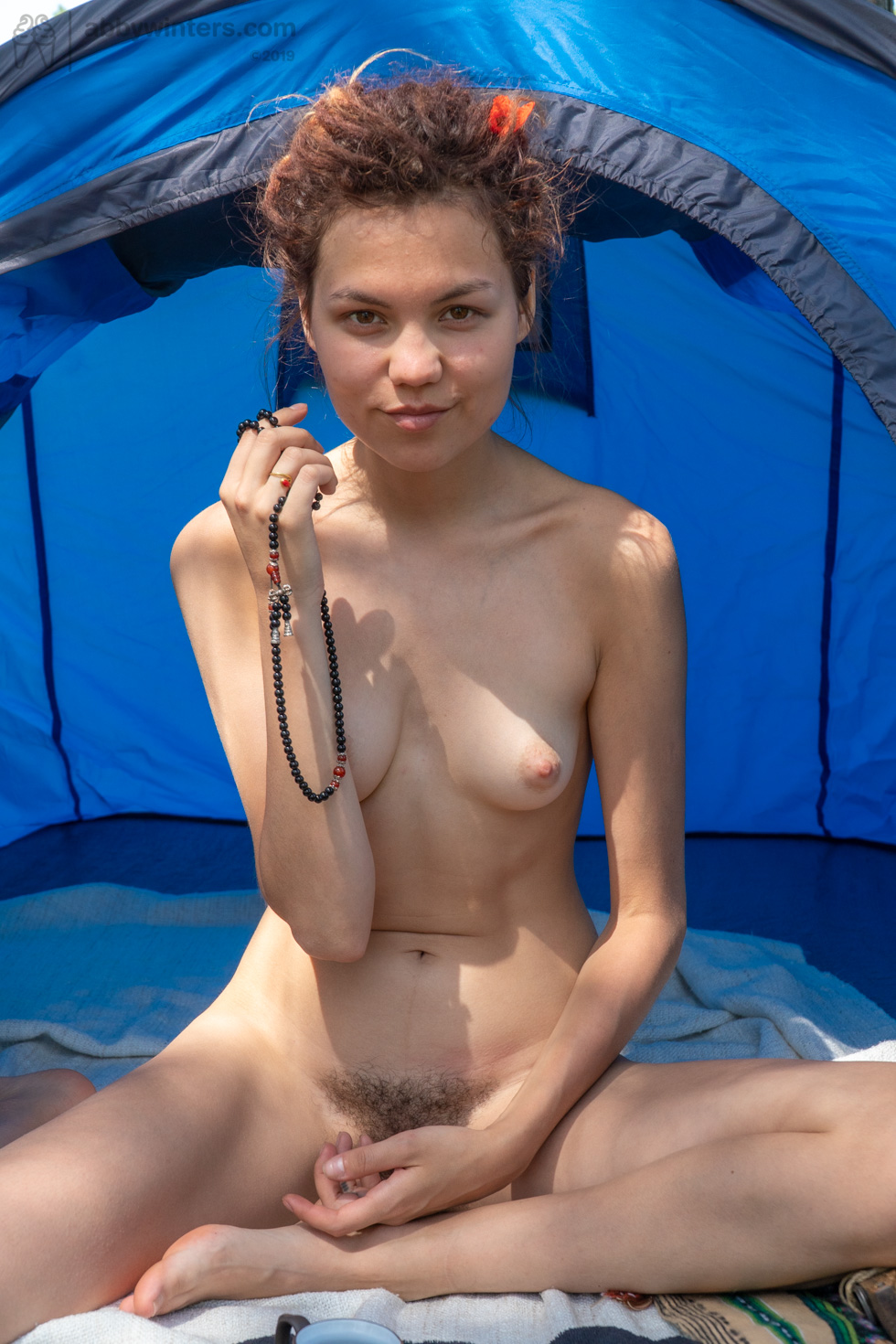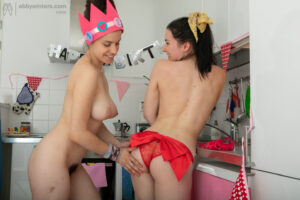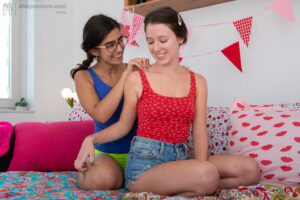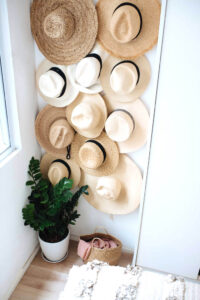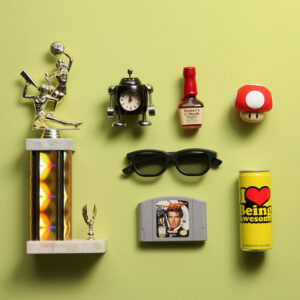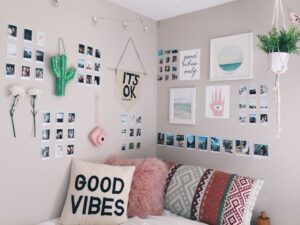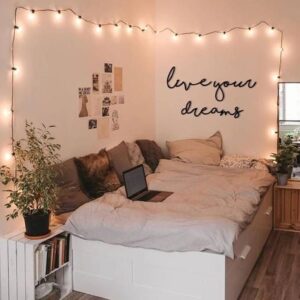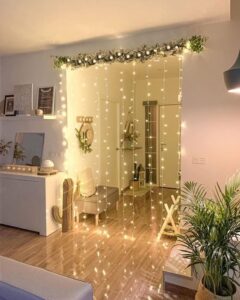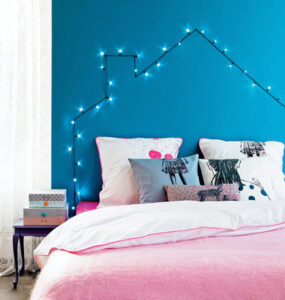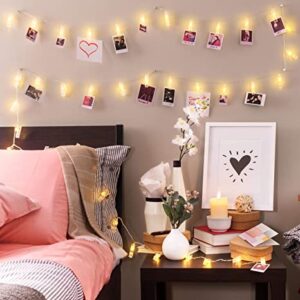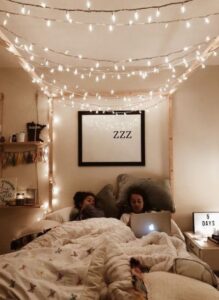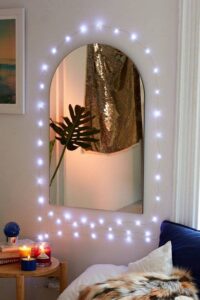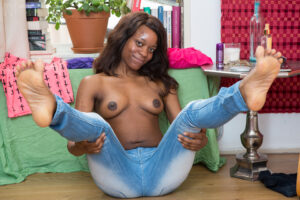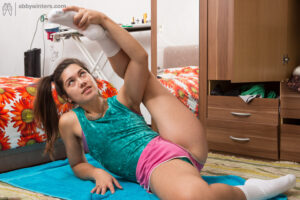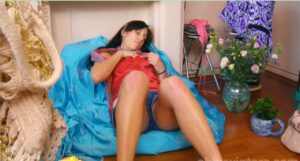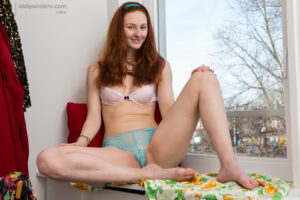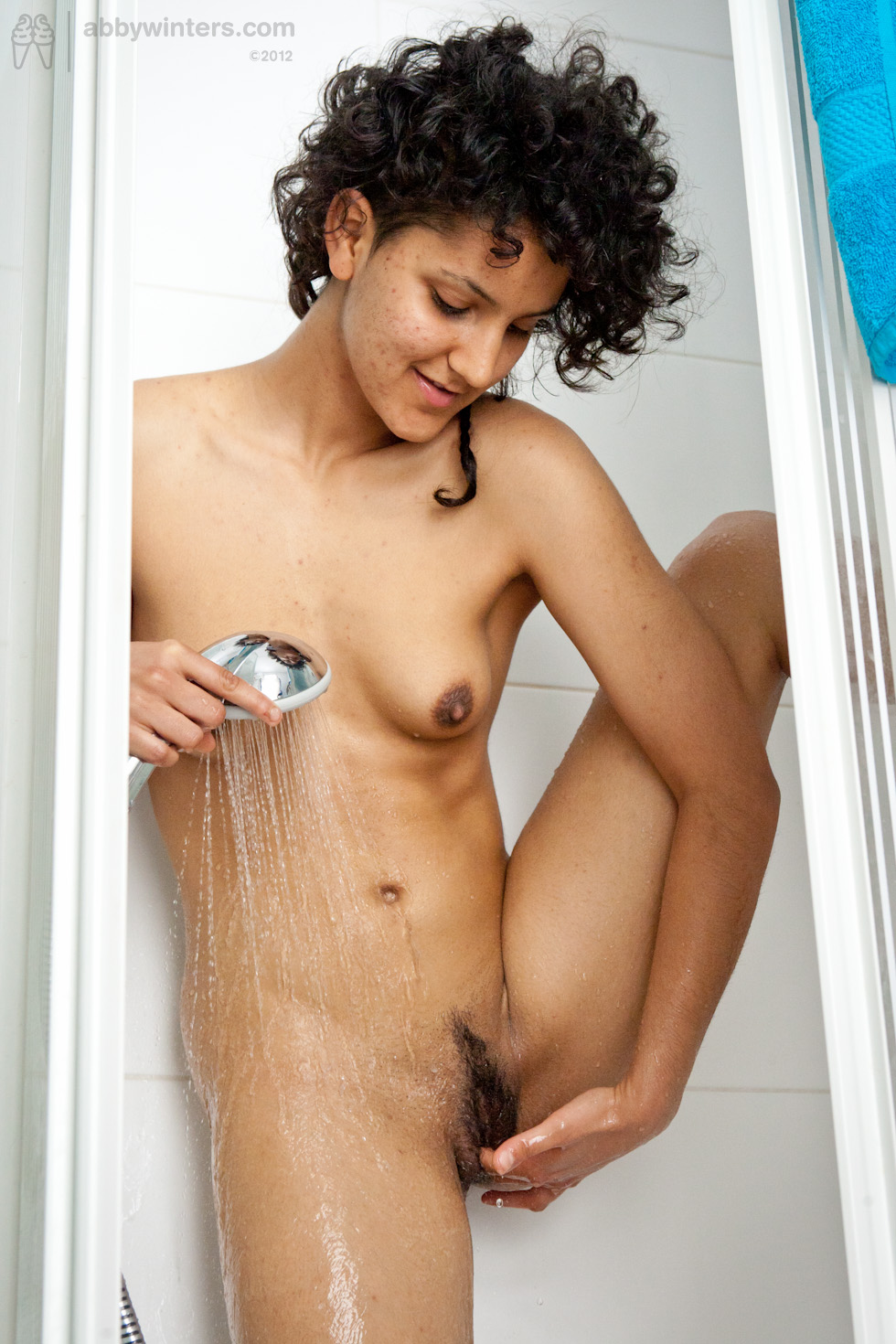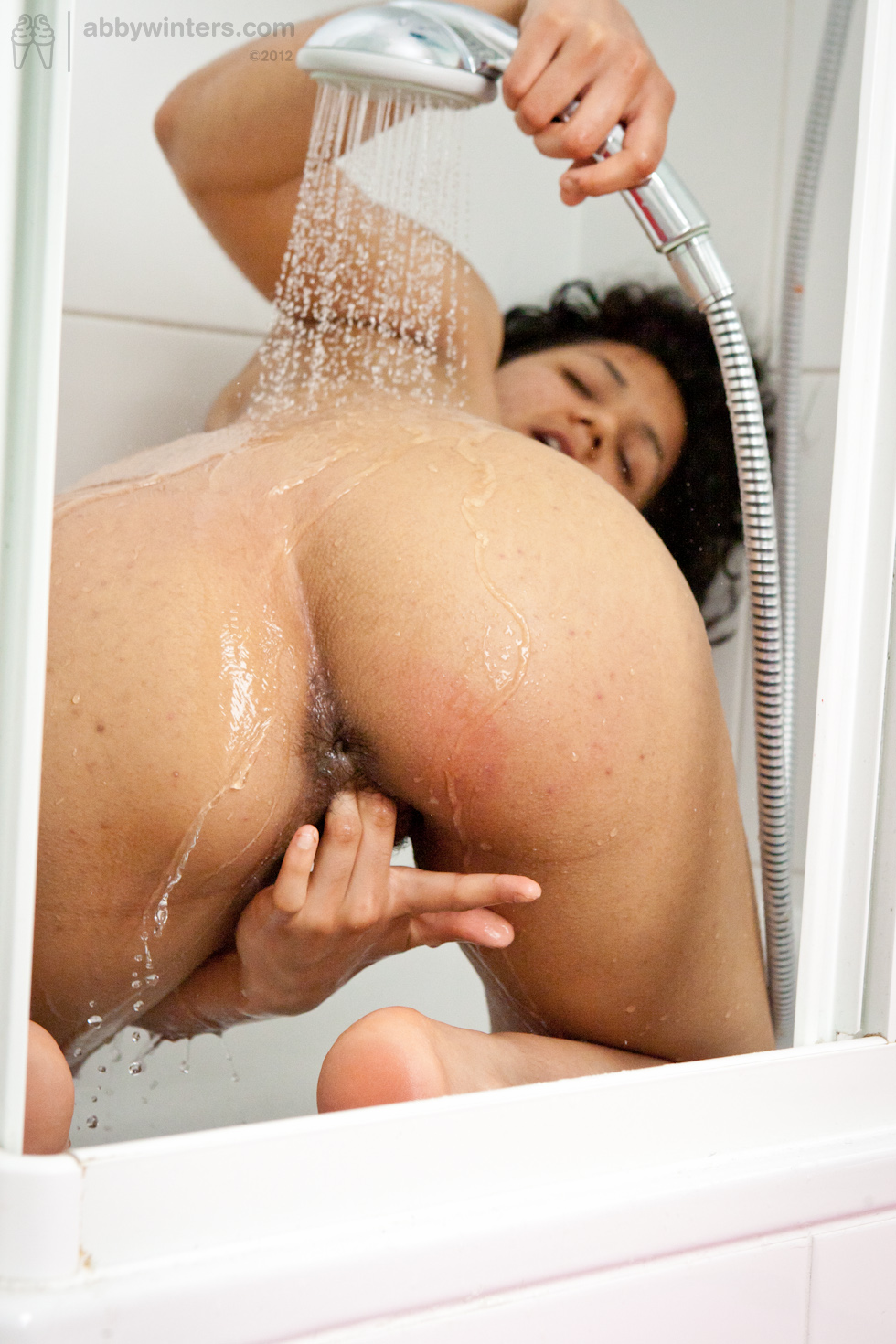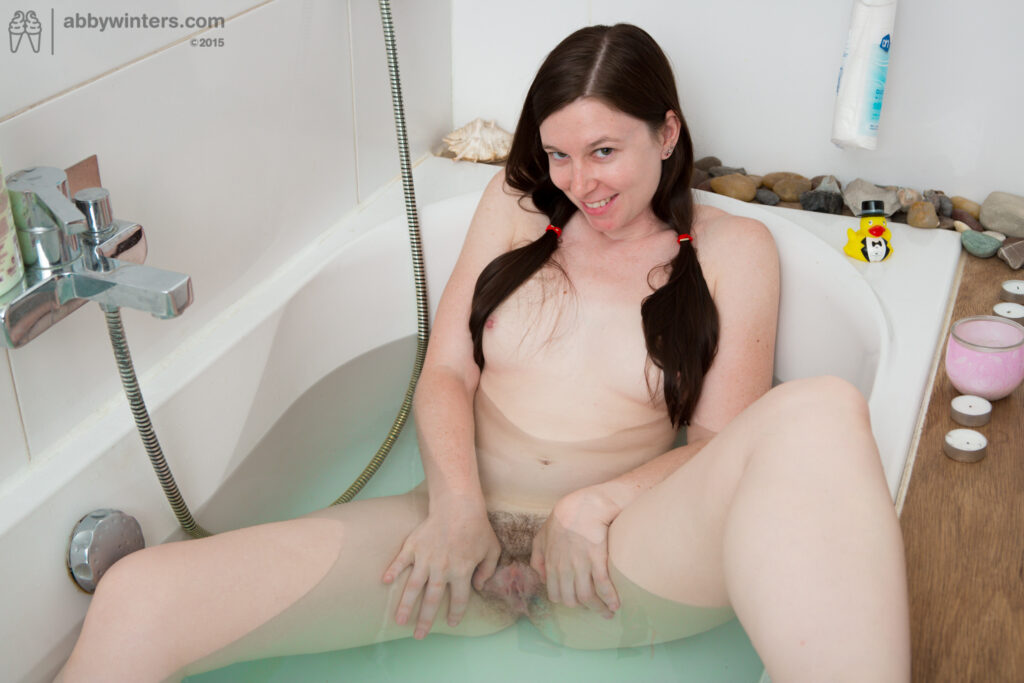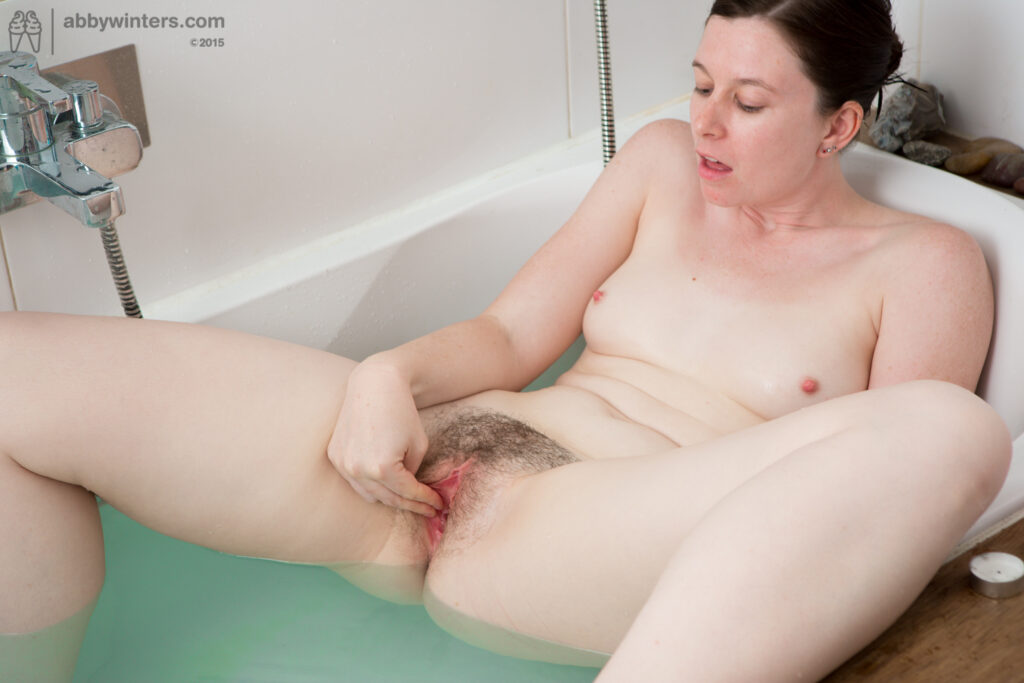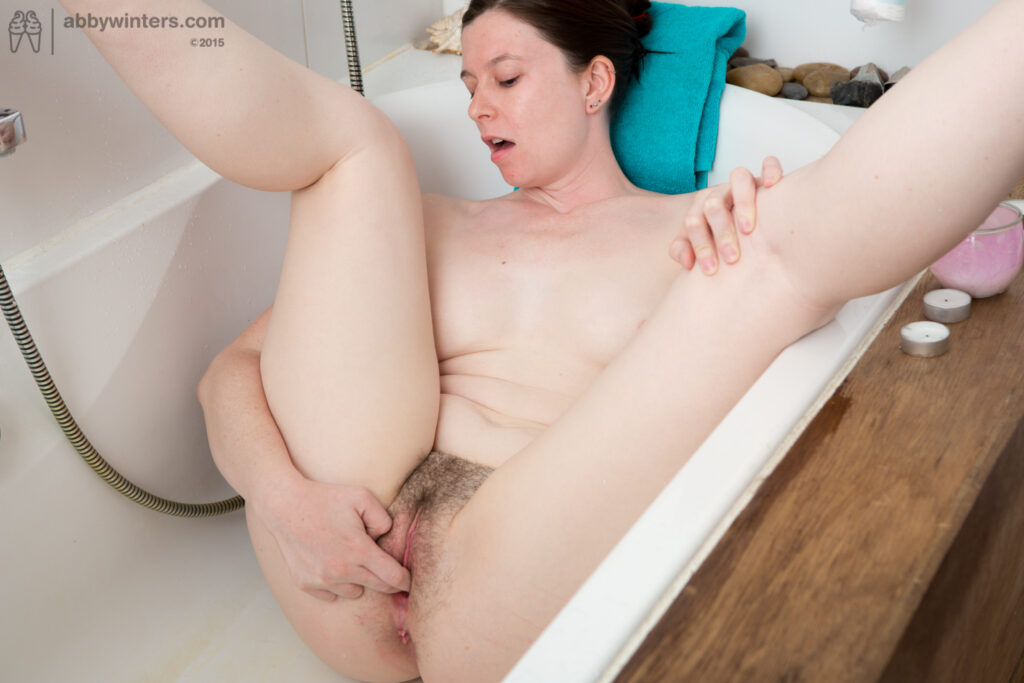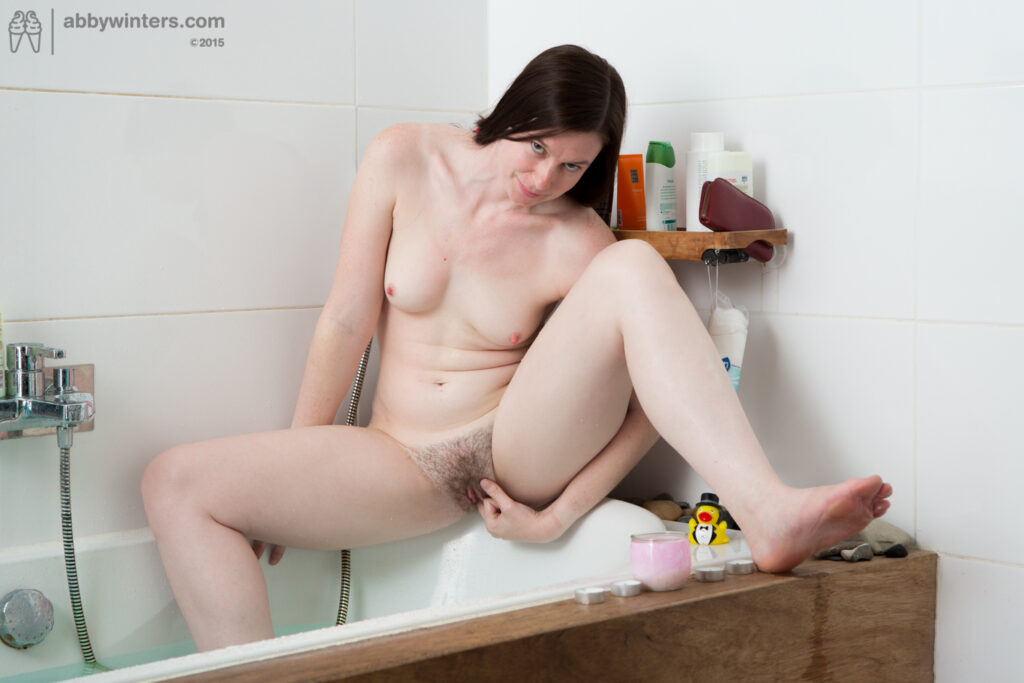Working with shooting locations
The terms “location” and “setting” have distinctly different meanings in the context of abbywinters.com shoots.
The Location is the address the shoot is occurring at – typically a domestic home. It would include the street number and the apartment number. If it was an outside location, it would be the name of the park, or the nearest cross-road (for example, “bushland near the corner of Route 43 and Menzies Lane”.)
The setting is the room or area in which the model will appear. Some examples include;
- The south and west areas of the lounge room
- All aspects of the master bedroom
- Lush forest with a mossy log and a stream nearby
- Open field of corn 24” / 60cm high
Set dressing
Set dressing means making the setting look more suitable for an abbywinters.com shoot. Some examples might include:
- Swapping out the beige towels in the bathroom for blue towels
- Adding a fabric cover to a sofa
- Moving colourful knick knacks from other rooms to appear in the background of this shoot
- Removing dead branches from an outside setting
Multiple settings are encouraged – perhaps most of the shoot will be in the bedroom, but a scene of the model walking up and down the hallway and brushing her hair in the bathroom mirror and getting a glass of water from the kitchen add a lot of value.
Overview
abbywinters.com BV pays Location Allowances to Shoot Producers in some circumstances.
The Location Allowance is intended to assist Shoot Producers when they are out-of-pocket for paying for a location for an abbywinters.com shoot.
The amount of the Location Allowance varies, based on the Solo Level the Shoot Producer is on – the higher the Solo Level, the higher the Location Allowance. If the Shoot Producer’s Level changes up or down, the Location Allowance varies with it. See the table of Shoot Producer Level fees and associated Location Allowance fees.
More information on how Levels work.
Locations where a shoot can occur
There are four scenarios where a shoot can occur;
- At the model’s own home
- In this case, the Company pays the model a fee for this directly
- At a location the SP claims a Location Allowance for
- In line with the requirements described here in this document
- At a location the model also stays overnight at
- The SP claims a Location & Accommodation reimbursement
- Outside
- Eg, in a park or similar public environment
Location & Accommodation reimbursement
Separately to the Locations Allowance policy (this page), the Company will reimburse the Shoot Producer for a shoot location when;
- We have travelled the model to the Shoot City ♠, and
- That location is used by the model to stay overnight in, and
- The Shoot Producer primarily shoots at the location, and
- The fee for the Location & Accommodation is acceptable to the Company, and
- The Shoot Producer selects, books and pays for this expense up front, and
- The fee claimed for reimbursement is the agreed amount ♣, or lower.
♠ And it’s not practical for her to return to her Home city the same day, as it would be for Rotterdam to Amsterdam, for example.
♣ This varies by the city the Shoot Producer is in.
So the Shoot Producer has control over the location of the shoot (Shoot Producers are assessed on the final shoot, and the location can have a strong effect on their assessment. Also, Shoot Producers are aware of local conditions that affect travel time, convenience, and suitability), the Shoot Producer will select, book and pay for this at a cost of no more than the agreed rate per night (or, accept the overages will be at their own expense). The Shoot Producer will claim a reimbursement on their next invoice, supplying evidence to support their claim.
Typically, two nights must be booked, so the Shoot Producer has a full day to complete the shoot at the location, without being affected by check-in and check-out times. We also get models to travel into the Shoot City the day or night before the shoot day, so there is less chance of the shoot being negatively affected by a late flight arrival.
If the accommodation can only be used for one shoot, the model is relocated to cheaper hotel-style accommodation once that shoot is complete, to reduce the overall costs, so long as the minimum stay has been met.
In circumstances where the Shoot Producer does not intend to shoot at the model’s accommodation, the Company will organise and pay for model accommodation, and select accommodation that is not suitable for a shoot (ie, a hotel room).
Example invoice line items;
| 38398 Ayesha Solo 4, Solo Open-Leg shoot (Level 2) | €3 |
| 38398 Ayesha Solo 4, Location & Accommodation reimbursement. See Attachment E. | €2 |
| 38398 Ayesha Solo 4 model lunch | €1 |
When a Location Allowance can be claimed
A Location Allowance is not necessarily due for every shoot – it’s considered on a shoot-by-shoot basis and is only due in these situations;
- The Shoot Producer was wholly responsible for securing for a location for this shoot; and
- The Shoot Producer is out-of-pocket for this; and
- Appropriate supporting evidence is supplied; and
- The amount is the actual fee for the location, or the Location Allowance for the Level the SP in on, whichever is the lesser.
Each of these conditions are described in more detail and with examples below.
The Shoot Producer can claim Location Allowance fees on their invoice, after the shoot has occurred and has been ingested successfully (as confirmed by the Media Ingestor by email).
Shoot Producer is wholly responsible for supplying the location
To claim the Location Allowance for a shoot day, the Shoot Producer must be wholly responsible for supplying the location. For example;
✅ The Shoot Producer asked a friend who agreed to let the Shoot Producer use their location.
✅ A friend of the Shoot Producer knows someone who’s open to having their home used as a shoot location.
✅ The Shoot Producer places an ad in an online classifieds site, and finds locations that way.
❌ The Shoot Producer booked the location and paid for it, but as the model was staying in it as well, they claim reimbursement from the Company for that separately. We consider that to be a Location & Accommodation reimbursement (that we also use as a shooting location; described above). A Location Allowance is not due to the Shoot Producer in this case.
❌ The Shoot Producer shot at the model’s own home. While the Shoot Producer organised it, the Company pays the model for this. A Location Allowance is not due to the Shoot Producer.
The Shoot Producer is out-of-pocket for this expense
To claim the Location Allowance for a shoot day, the Shoot Producer must be out-of-pocket (that is, actually have paid real money) for the location used. For example;
✅ The Shoot Producer’s friend lets them use their home for the shoot, on the condition that the Shoot Producer pays the friend for the use of their home. The Shoot Producer is “out of pocket”, so a Location Allowance is due.
❓ The Shoot Producer makes a shoot in their own home. See Using own home as a shoot location, below.
❌ The Shoot Producer makes a shoot outside in a large forest park. The Shoot Producer did not pay anyone for the use of the park, so a Location Allowance is not due.
Note that the company often places a “bounty” for making shoots outside (more info), so in this example the Shoot Producer may be eligible for an additional payment – but not a Location Allowance.
Supporting evidence of the expense is supplied
The Location Allowance is a reimbursement intended to assist Shoot Producers when they are out-of-pocket for a location expense. As always for any reimbursements, appropriate supporting evidence that a location expense has been incurred by the Shoot Producer is required.
Examples of suitable supporting evidence are;
- Either, a Tax Invoice from the location provider;
- Eg, AirBNB or similar location sharing marketplace / platform
- Or, a Location Agreement, that includes relevant details
- Including the date of the shoot, the address of the property, signatures of the location owner and Shoot Producer, and the amount due for the location rental
- If the location is owned or controlled by the Shoot Producer themselves, this interest must be declared (more info below)
- One Location Agreement is required for each Location Allowance being claimed
The Company can provide recommended draft text for a Location Agreement upon request.
Some examples of Supporting Evidence situations;
❌ Shoot Producer Laurie makes a shoot and claims a Location Allowance on their invoice, but does not provide supporting evidence. Not acceptable.
✅ Shoot Producer Charlie asks a friend to use their home and negotiates a modest fee that suits them both. Charlie gets his friend to complete a Location Agreement that records the necessary data. Charlie provides the Location Agreement as the supporting evidence when invoicing the Company and claims the appropriate Location Allowance, which the Company pays.
The amount on the supporting evidence may be for more than the Location Allowance, which is always fine (but the Company will only pay the Location Allowance due based on the Shoot Producer’s Level for that shoot – the difference is at the Shoot producer’s own expense).
Location Allowance only covers up to the incurred amount
The Location Allowance only covers up to the incurred amount on the shoot day, never more – the Location Allowance scheme is not intended as an “additional revenue stream” for Shoot Producers – it’s only to help in sourcing quality locations for abbywinters.com shoots.
Consider the situation of Shoot Producer Mary;
She is on Level 3 for Solo shoots, meaning her Location Allowance is €100 (assuming the given situation meets other criteria for claiming a Location Allowance). Mary secures a location for a shoot that only costs her €65.
✅ She invoices the Company for the actual amount she incurred (€65), not the full Location Allowance per her Level (€100). Acceptable.
❌ She invoices the Company for the €100 (even though she only paid €65) taking the additional €35 for herself. Not acceptable.
The Location Allowance is intended to contribute to (or in this example, completely cover) the Shoot Producer’s actual out-of-pocket expenses. It’s not an opportunity for some extra “cream” – increased earnings are due to Shoot Producers for their shoot work coming from the consistent delivery of quality shoots and increasing their Level.
The Location Allowance can be for the Shoot Producer’s own home sometimes
The Location Allowance is intended to support excellent and varied locations for abbywinters.com shoots. While a SP’s own home might meet the requirement for diverse and appropriate shoot locations, it likely cannot be used for more than a few shoots!
Making shoots in different homes is beneficial because everyone has different tastes, ornaments, colour choices, furniture, and views out of their window. Together, this typically means additional set dressing is seldom necessary (especially if the resident of the home is a young woman themselves!), and the resulting shoots are diverse and on-paradigm.
For these reasons the Company does not actively support Shoot Producers in repeatedly re-dressing their homes (or a studio, or similar) in an effort to make them suitable for additional shoots.
While shooting at the SP’s own home can work well, the Company is sensitive to the Locations Allowance being abused in this circumstance. While Shoot Producers are welcome to use their own home for abbywinters.com shoots as often as they wish, if they claim a Location Allowance for this, the shoots will receive closer scrutiny as to the suitability of the location, and how it was used.
These attributes are less-preferred;
- Recognisably the same room as used in previous shoots
- Set dressing that has appeared in a recent shoot by the same Shoot Producer
- The model’s use of the location appears constrained (in an effort to not-expose room features that appear in other shoots)
Serious or consistent breaches will result in warnings and may lead to lesser Location Allowances in the future. An attempt to administratively hide that the shoot occurred at the Shoot Producer’s own home is also not acceptable.
For the above reasons, we recommend “saving” shooting at a Shoot Producer’s own home only for emergencies.
❌ Shoot Producer William lives with his partner in a one-bedroom apartment. He makes a shoot at his own home, and claims a Location Allowance providing the Location Agreement signed by himself. When reviewing the shoot, the Company sees very little of the location has been used by the model (perhaps in an effort to not reveal a unique feature?) Not acceptable – the Location Allowance is for excellent (not only “convenient”) locations.
❌ Shoot Producer Tony makes a shoot in his own home, and gets his girlfriend to sign the location agreement he submits as supporting evidence. She enters a fake address so he can claim the Location Allowance without any questions being asked. Not acceptable – making misleading statements is not appropriate.
✅ Shoot Producer Lisa lives alone and makes a shoot at her own home. She’s quite proud of her lounge room that’s both comfortable and colourful – ideal for an abbywinters.com shoot! On the Location Agreement she signs for herself, she adds some extra text to make it clear this is her own home she is claiming the Location Allowance for. Her lounge room has not appeared in an abbywinters.com shoot before, and it looks great! Declaring relevant self-interests is always required.
✅ Shoot Producer Sanita lives on a small farm with a large home and private garden. It’s possible to make many varied shoots there. She declares her own self-interest (as the location owner) on each Location Agreement she makes with herself, and delivers shoots created in diverse and interesting locations.
✅ Shoot Producer Mike had an AirBNB location cancelled on the morning of the shoot – seems like there’s black mould! 🥀 He has not used his home as a location before, but uses it this time to ensure the shoot can happen as planned. He declares his self-interest on the location agreement.
The Location Allowance is not intended to cover all location expenses
The Location Allowance is not intended to cover all of the expenses the Shoot Producer incurs relating to a location. It’s intended to be a contribution to those expenses.
Fundamentally, Shoot Producers joined our program on the understanding they would be providing complete shoots to abbywinters.com, entirely at their own expense (apart from the model fee), including location expenses – see our Shoot Producer recruitment page.
In an effort to encourage Shoot Producers to improve shoot quality, we offer an increased Location Allowance based on the Solo Level that Shoot Producer attains.
The Shoot Producer is still liable for (that is, cannot claim reimbursement for) expenses incurred in the making of a shoot, even if they relate to the location. For example;
❌ Some set dressing fabric is required to improve the look of the set – the Shoot Producer pays this.
❌ The Shoot Producer catches a cab to the shoot location – the Shoot Producer pays this.
Exceptions are made when securing locations for “Special Redux” shoots, which will specify the type of location required and often have a greater Location Allowance amount that can be claimed.
The quality of the location selected matters
If a Location Allowance is being claimed, the location is expected to meet or exceed the requirements for shoot locations (as specified on the Fact Sheet for Locations and Environment), and to see various aspects of the location and the model in it.
✅ Shoot Producer Mark uses his neighbour’s home for some shoots, because it’s convenient. The home only has two bedrooms, and Mark knows that because the bedrooms are small and sparsely furnished, he can only make one quality shoot in each room at most – otherwise the shoots will look too “samey”.
In the first shoot he makes there, he includes a section of the model doing some activities in the hallway, and does a chunk of the second shoot in the bathroom – both of these “other” rooms are too small to do full shoots in, but adding this variety to the bedroom shoots makes the shoot more interesting, and we get more value from the location fee.
❌ Shoot Producer Andrew uses his neighbour’s home for some shoots, because it’s convenient. The home has two bedrooms, so he squeezes eight Solo shoots (one in each corner of each bedroom). The shoots look “samey”, and while Andrew is now on great terms with his neighbour 🤑, this approach is not acceptable, as shoot quality is affected negatively. Not acceptable.
❌ Shoot Producer Liza shoots in her own home frequently, and spends the absolute minimum on set dressing fabric and ornaments. She sometimes artificially limits where the model can be shot, so other parts of her home can be preserved for other shoots she plans to make. Not acceptable.
The Company may choose not to pay the Location Allowance if the Shoot Producer selects poor quality locations, uses those locations poorly, uses their own location frequently to the detriment of shoot quality, or re-uses locations inappropriately.
The Company may issue warnings for this, or in serious situations make a decision without warning.
Shoot Producers can propose “better” locations
By agreement with the Company, Shoot Producers on Level 2 or above can propose locations that are objectively better (that is, they will improve the shoot quality customers perceive, or facilitate the production of additional high quality shoots). We have a budget for this, ready to spend!
Should a Shoot Producer wish to exploit this opportunity, at least one week before the shoot is scheduled to occur they;
- Provide info about the location and shoot type, including images;
- Indicate how they see shoot quality being significantly positively affected;
- Nominate what the additional fee will be.
Creative staff in the Company may choose to support the Shoot Producer by increasing the Location Allowance in that instance (or, they may offer suggestions, or suggest a different Shoot Type). For example;
✅ Shoot Producer Andrew is due to make three girl-girl shoots, three Solo shoots, and a 4-model IM day, over a nine day shoot block. He recommends renting a “country house” where the models can stay, and that has gardens he can shoot in. He links to a few places that are suitable and indicates the cost (noting that there will also be additional fees the company will need to pay for model transport to the remote location). The company agrees to this exception, and many marvellous shoots result. 🎈
❌ Shoot Producer George’s friend is very proud of his home. He has a “good eye”, and has decorated it very nicely, but he wants a daily fee of €900. George asks the company to pay this. The company rejects the proposal – a nicely decorated home is fine to make shoots in, but does not add real value to a shoot.
✅ Shoot Producer Emily has a model who works in a charming second-hand bookstore. A bookstore after-hours could make an excellent location for a quirky and unique Solo shoot! Emily asks the model to ask her boss if she could rent the location on Sunday when the shop is closed. The boss agrees, but asks for more than Emily expected to pay. Emily proposes the idea to the Company and includes some images of the location and ideas of how the shoot could work. The company agrees to this exception. ⭐
❌ Shoot Producer Liz tells her friend she can make some quick cash by letting Liz make abbywinters.com shoots at her house. Liz encourages her friend to set her fee higher, so she can get the Company to pay more for the location. There’s nothing special about Liz’s friend’s house (and the Company takes a dim view on manipulating the system!).
If the Shoot Producer believes a specific home that’s more expensive would make a significant difference to the shoot (or perhaps for a Special Redux?), they can certainly propose it and it will be seriously considered. But if it’s just a run-of-the-mill Redux, a special expense is less-likely to be approved.
Location Allowances are paid on a per-shot-day basis
Location Allowances are considered on a per-shoot-day basis (not per Shoot). While often we produce one shoot per day, that’s not always the case, for example;
❌ A day in which four Intimate Moments shoots are created attracts one Location Allowance – all shoots were created on the same day, in the same location.
✅ Girl-Boy shoots always occur over two days, so two Location Allowances apply, one for each day.
When Location Allowances are not due
Location Allowances are not due if the Company is paying for the location anyway, or if a paid location was not used. Thus, in these situations a Location Allowance is not due;
- The model allows the shoot to be made at her own home, and it’s practical for the SP to shoot there
- AW BV pays the model directly for each time this occurs
- AW BV is due to reimburse the Shoot Producer for the shoot location because it doubles as model accommodation for the model who has travelled to the Shoot City
- We call this “Location & Accommodation”, described above on this page
- It’s the responsibility of the Shoot Producer to source suitable locations that meet the Location requirements in this scenario
- The shoot occurs outside in public parkland or forest or similar
- The shoot is a “Special Redux” where a specified Locations Allowance is nominated in the Special Redux Shoot Plan
- The Shoot Producer is not out of pocket for a location expense.
How to invoice for a Location Allowance
Shoot Producers charge the Location Allowance each eligible shoot they produce when they invoice abbywinters.com.
Shoot Producers make a separate line item for each aspect of that shoot, clearly indicating what shoot the Location Allowance is for. Each Location Allowance being claimed must appear as a separate line item, grouped with all the line items for one shoot together, one line item after another, eg, shoot fee, locations, model lunch, other shoot-specific reimbursements.
Here’s an example for one shoot;
| 38392 Juniper J Solo 3, Solo Open-Leg shoot (Level 2) | €3 |
| 38392 Juniper J Solo 3, Location Allowance (Level 2). See Attachment C. | €2 |
| 38392 Juniper J Solo 3 model lunch. | €1 |
More info about invoicing abbywinters.com.
See also, What are some considerations for shooting outside?
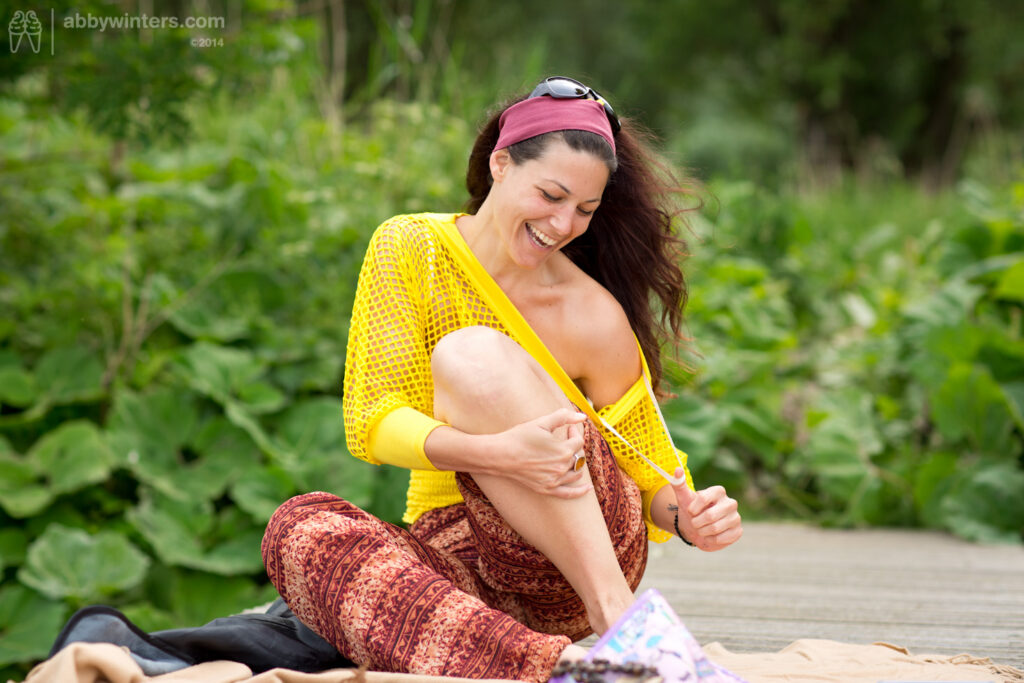
What is the outdoor-shooting bonus?
In a nutshell: abbywinters.com BV pays €100 when an SP makes a shoot shot completely outside.
Requirements for Outdoor Shoots
-
A completely outside AW shoot is required (Solo, GG, GB)
- IM shoots are out of scope for this
- GB shoots occur over two days, but the €100 bonus applies – it’s per shoot, not per day
-
Shot completely outdoors, typically in a green naturalistic environment
- That is, all of the production Stills and all of the video (backstage images inside is fine)
- Shooting on a porch or verandah will likely not be included – consult the CD before the shoot with contextual images
- The model(s) must complete their highest Posing Level
- The shoot must still meet technical requirements (see the common pitfalls and how to address them)
- The shoot meets the requirements of the Level the Shoot Producer is on
Shoots with some outdoor content
Shoots with some outside content captured is always valuable (and is a requirement at Solo Level 4). Shoot Producers do not earn an additional fee, but is sure to be suitable for at least one Model Moves and is Active sequence (if not two), and is good practise for Level 4 Solo shoots.
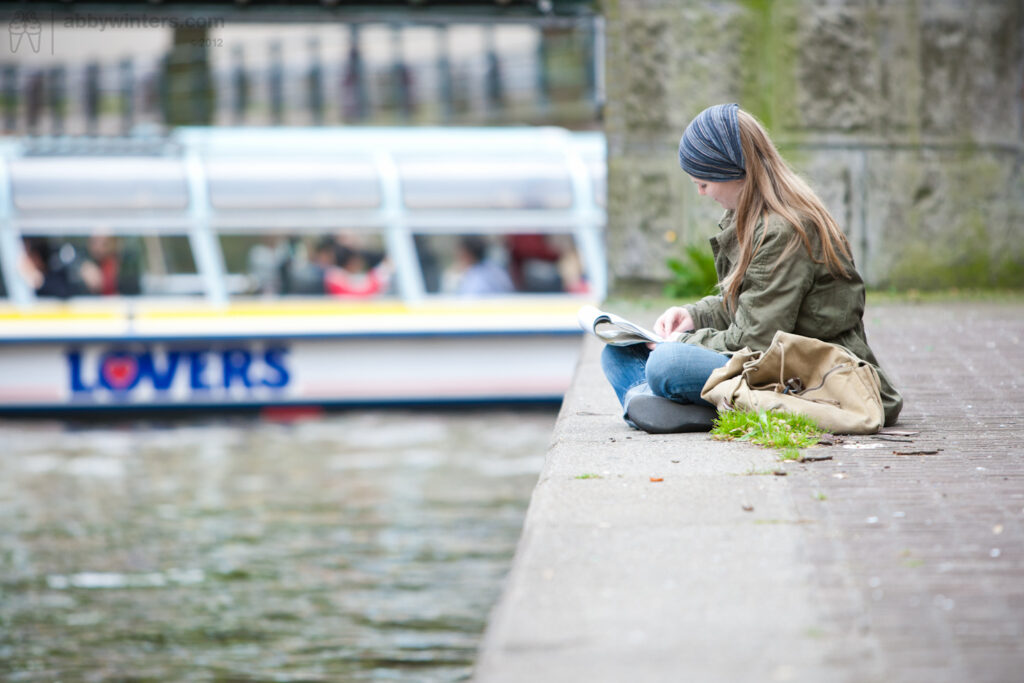
It’s ofen impractical to capture a full shoot outdoors – perhaps:
- The area has privacy limitations, making it impossible to get a model fully nude
- The weather is too cold / wet
- The model does not feel comfortable being nude outdoors
- The area you are shooting in has audio limitations
Capturing some media of the model doing stuff outside is still excellent, and shows us more about the model. Nudity, or even teasing is not required in these sequences (but it’s fine to do, if the model is comfortable with it, kids will not be exposed to inappropriate material, and local social rules permit it).
We recommend alternating Stills and Video is shot so save time ont he shoot day (for example, capture 30 Still images, then capture 3 minutes of video).
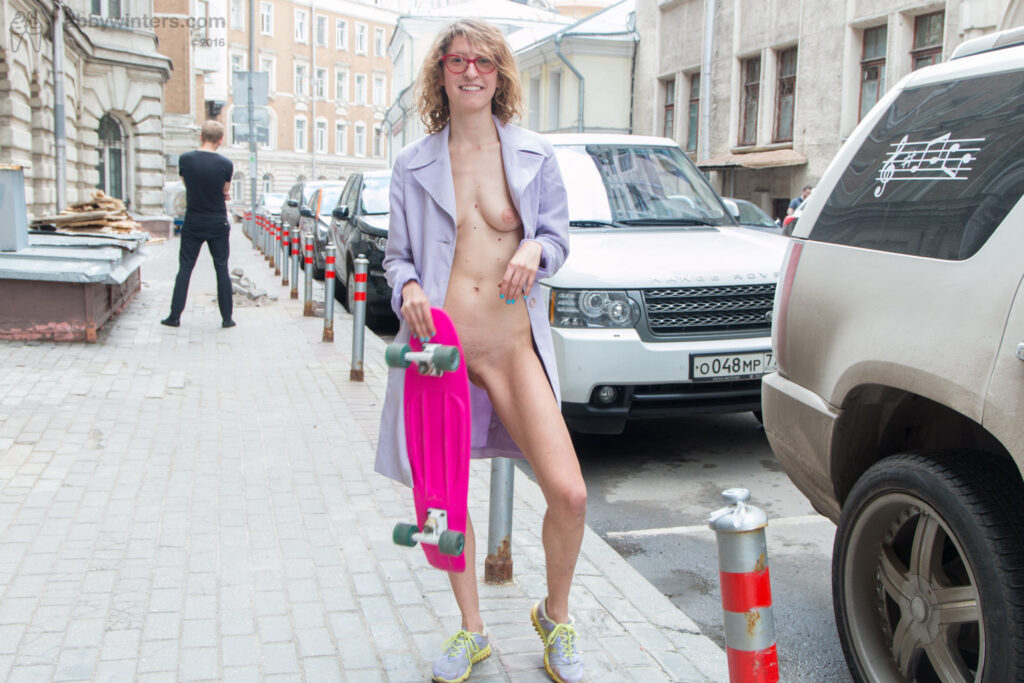
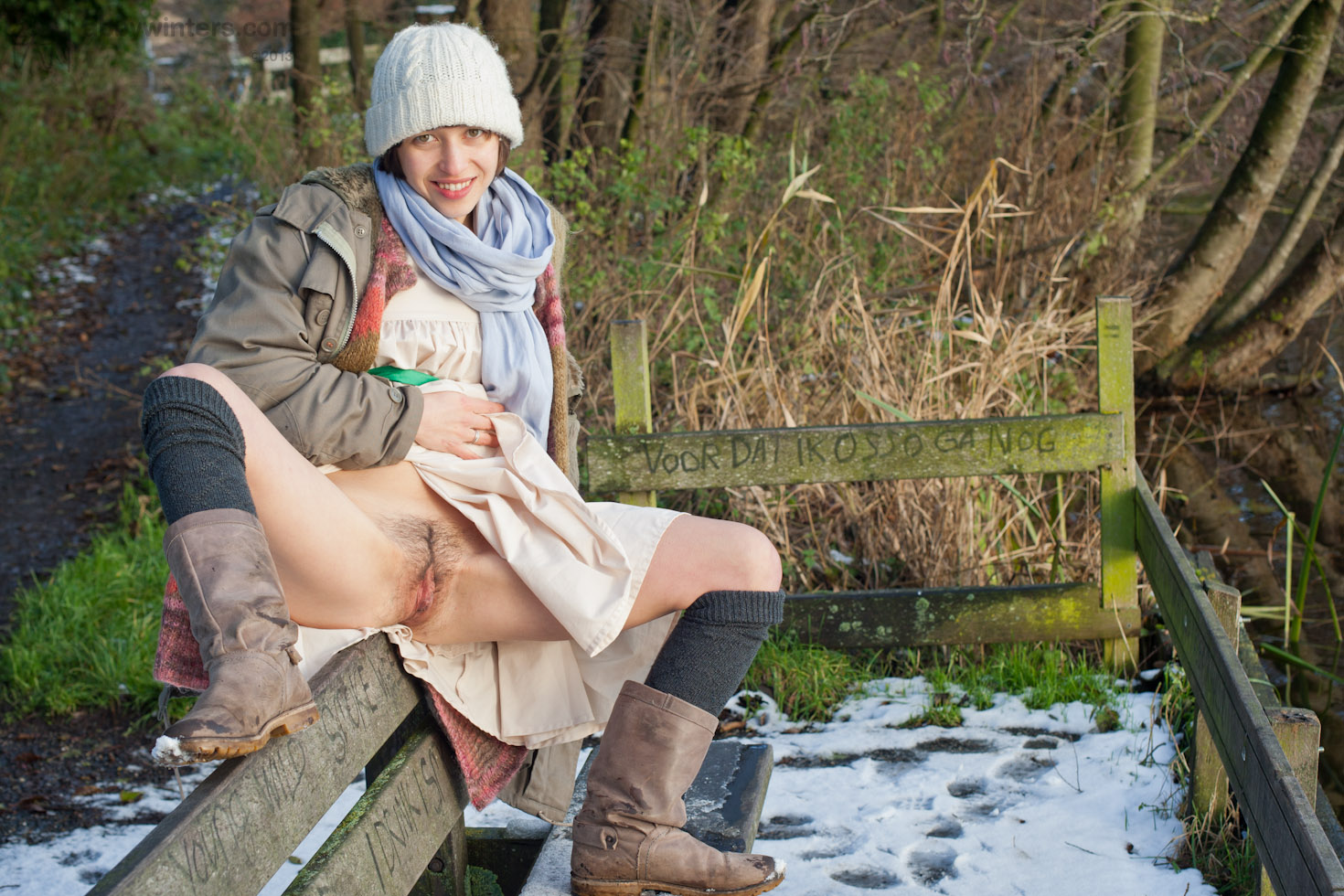
The opening 122 images of Lulu’s second solo were shot outdoors, with the model exposing her vulva and doing INS outdoors. She then moved back indoors to a location that was warm enough for her to get fully nude and to cover the remaining required elements that constitute a Solo shoot. This mix of locations makes this shoot feel interesting and adds lots of Sexiness.
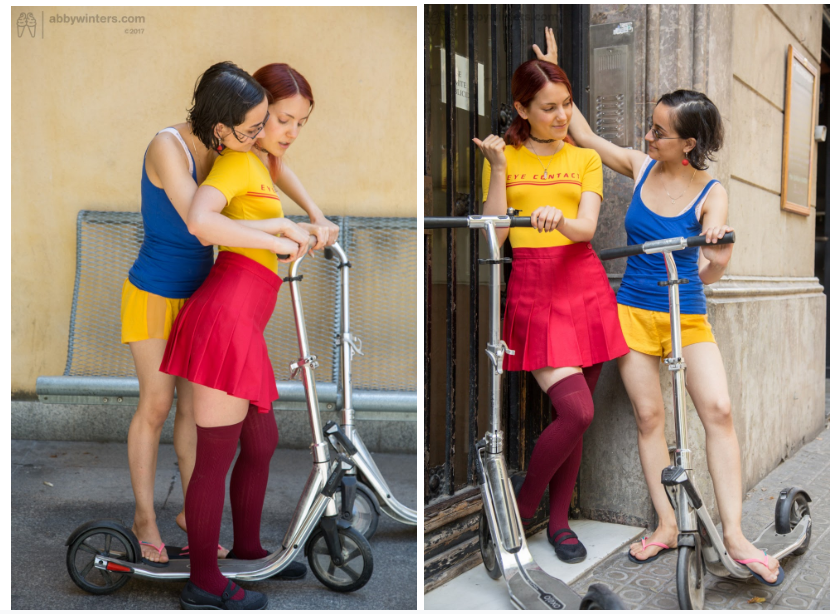
Outdoor-specific content ideas
One of the best things about shooting outdoors is that it give SPs the chance to capture content that we know our customers like but that does not work well indoors.
Some examples
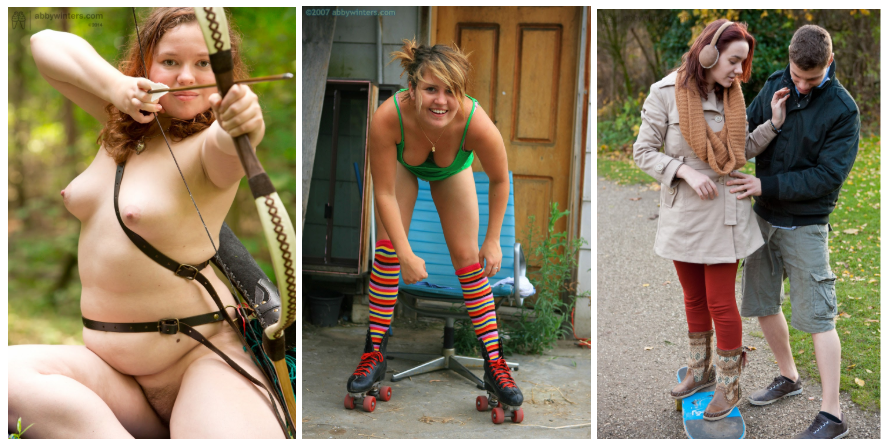
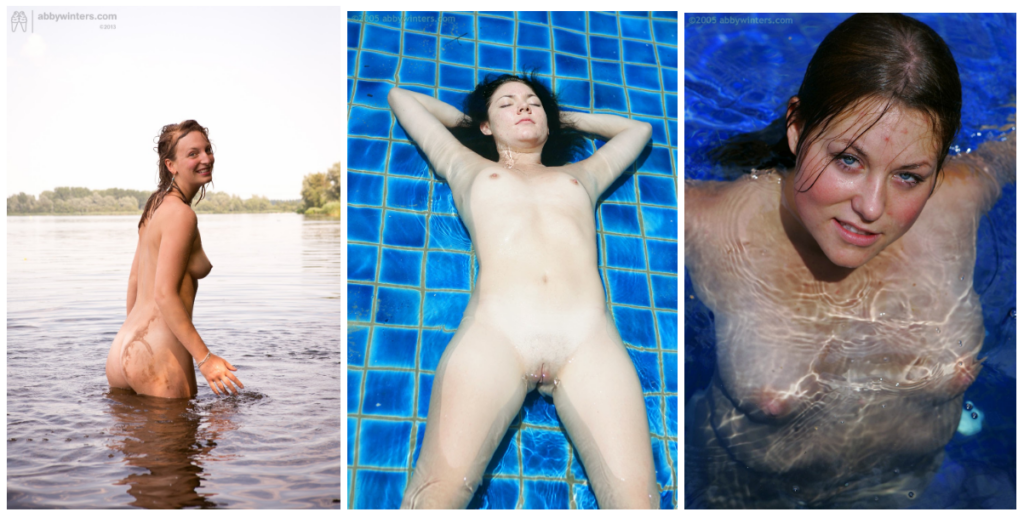

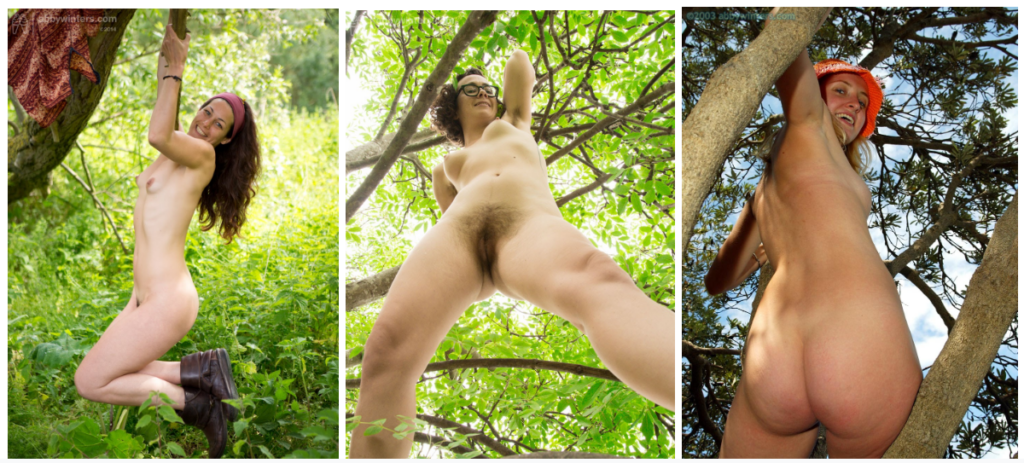
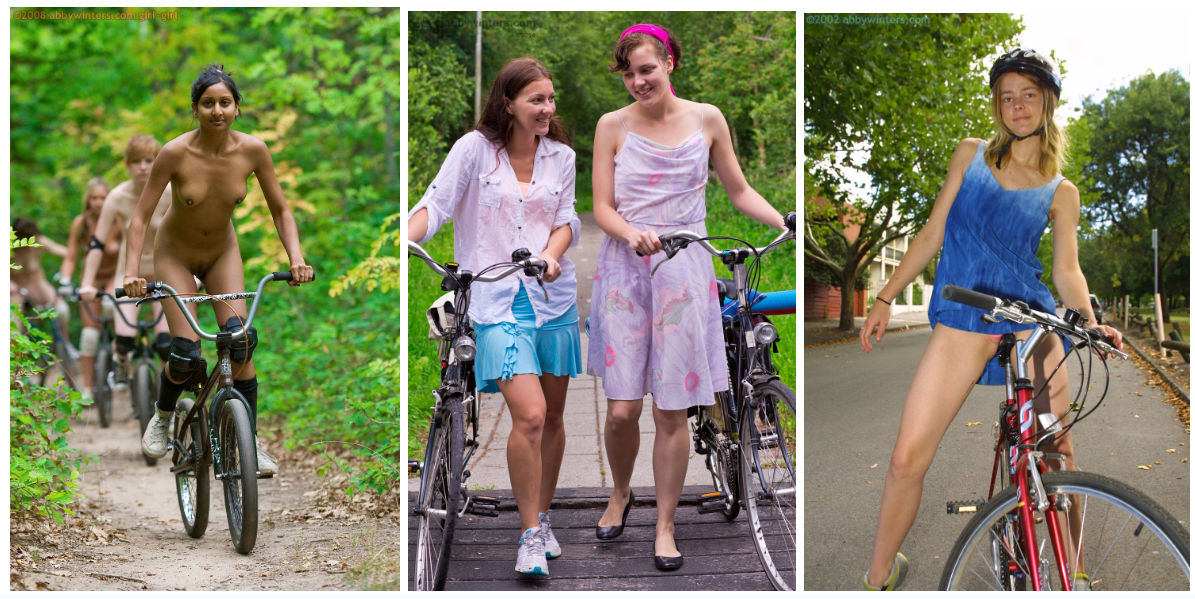
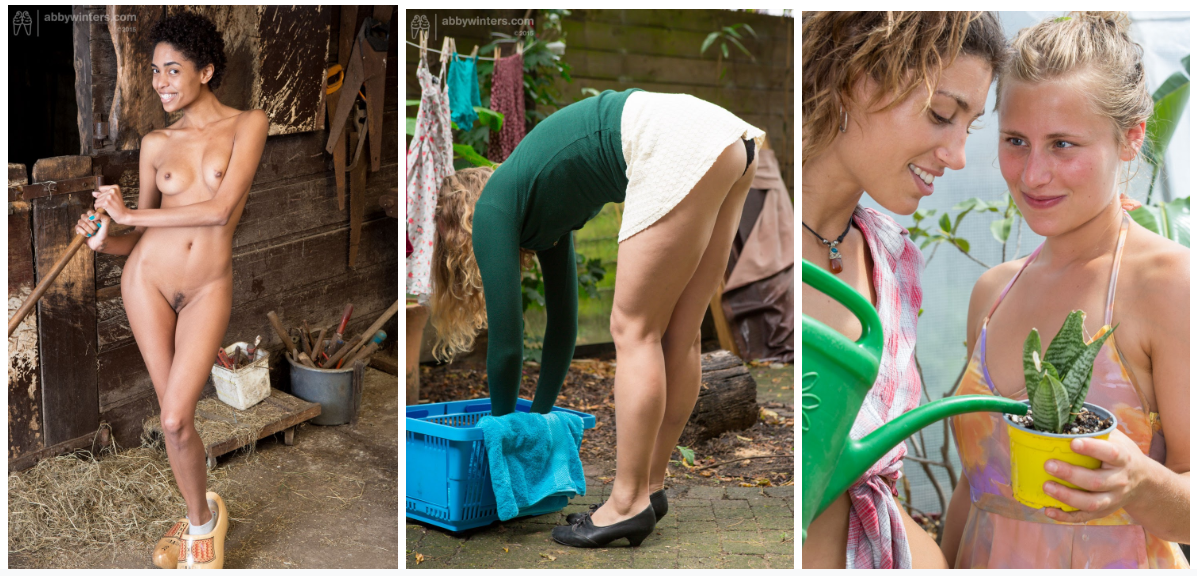
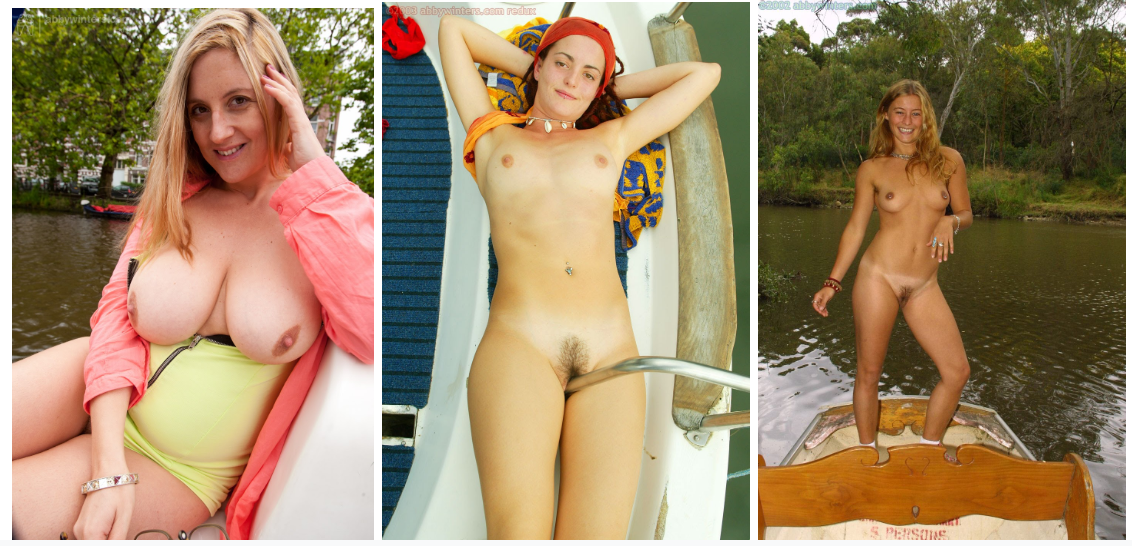
Pee content

Peeing is content that we know customers enjoy seeing and it is much easier when done outside (and can be a lot more natural) and means there is no messy clean up required – as you would encounter when this activity is done indoors.
Shooting outdoors often means there are no bathroom facilities on hand, meaning that models will likely need to take an outdoor pee anyway throughout the day. It is much easier to ask a model if she feels comfortable peeing on camera in this situation.
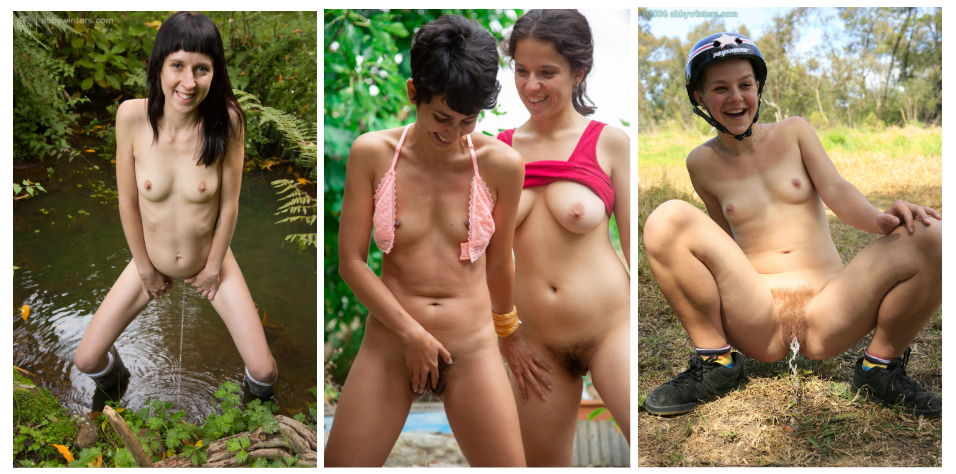
Camping activities and props

Camping can be a great premise to build a shoot around in an outdoor setting.
Noteworthy: Camping activities and equipment
-
Putting up tents will require sexy physical movement (MMaiA)
- Tents help create shade, but beware of colour casts: select tents with neutral grey fabric
- Tents are an area for models to hide (should members of the pubic pass by.)
-
Lighting fires to cook on can be great but you must ensure you do so safely and that fires are fully put out and cleaned up when you leave the area.
- Only do this activity if you have prior experience
-
Set dressing
- Seeing a model make a camp will help to personalise the wilderness into her own ‘home-like’ space
- Seeing a model ‘set up home’ is very wholesome
-
Conversation
- If the model is a seasoned camper, it is likely she will have some great stories from previous campaign trips she can talk about on camera
Model’s own homes are pretty much always the best location for abbywinters.com shoots. There’s a few reasons for this;
-
It’s personal and unique to her
- This is exactly what our customers are seeking when they pay us
-
Each model’s home is different – decorations, layout, style, furniture, view from windows
- Thus, minimal set-dressing is necessary
-
We’ll have access to the model’s full wardrobe, so we can identify ideal and unusual clothes to include in the shoot
- Including items she may not have thought to bring if she was to travel to a different location
-
There will be many props available for use in the shoot
- Props of all types, but especially Personal and Sentimental props (the most valuable to our customers), again, things the model may not have thought to bring, or were too awkward to bring to another location
-
It’s more convenient for the Shoot Producer
- That is, they don’t have to find a separate location for this shoot
However, shooting at the model’s own home is rarely possible because most models don’t live in the same city as our Shoot Producers. 😔
Even when models do live in the same city as the Shoot Producer, making shoots at her home may not be possible. Common reasons include;
- The model lives with her parents, and she does not want parents to know;
- The model lives with flatmates who are “always home”, so it’s not possible for shoot to be kept private;
- Home is too small and their partner works from home;
- The model is concerned what neighbours would see and say;
- The model is embarrassed to show the simplicity of their home (not “fancy” enough);
- Concerns about the risk of Covid-19 contamination;
- Not comfortable for other reasons.
Model Liaisons work with models to determine if this is possible in the Shoot Booking stage of the proces, and will inform Shoot Producers when it is possible.
Considerations when making a shoot at a model’s home is possible
Just because making a shoot at a model’s home is possible does not mean it’s practical. Consider;
- Travel distance for the Shoot Producer
- Parking for the Shoot Producer
- Audio issues at the location (airport, major roads, construction, schools, etc)
- Other people present in the home
- How the location looks
- The size of the location / settings
Checking out the travel distance, parking and likely audio issues can be done using Google Maps in most cases.
For the rest, we need to get more info from the model before we can make a decision. Email the model – use this template (it’s fine to modify it to suit the situation);
SUBJ: Making the shoot at your home
Hey,
Model Liaison [Booking Model Liaison fname] let me know that making this shoot at your home might be possible – it’d be great if we can do that! There are a few considerations for me to be able to make this work, so can you please let me know;
Is it your home at [address listed in MDB]?
How many people live there? Would they be home when we make the shoot?
What rooms could we shoot in? (your bedroom or the lounge room are probably ideal, but can we actually shoot there? Any other spaces we could shoot?)
Can you please send me images of each room or area we could shoot in? Just with your smartphone is fine, as “wide angle” as possible.
Is there any construction going on near you currently? (I am concerned about the sound such works make)
Best regards,
[sig]
Engage the model in conversation to reveal the details we need to know to make a decision. Consult The Collective on WhatsApp on how to proceed 0 provide all the info learned so far about the situation.
Consider that travelling a few hours to get to a low quality location – even if it’s the model’s own – may not be worthwhile.
Special considerations for model’s own locations
Some models live in sparsely furnished homes, perhaps as rudimentary as a mattress on the floor with a phone charger and a hair brush… and not much else. That’s fine, there’s no need to set-dress these locations. Showing how the model really lives “trumps” the normal requirement for colourful locations.
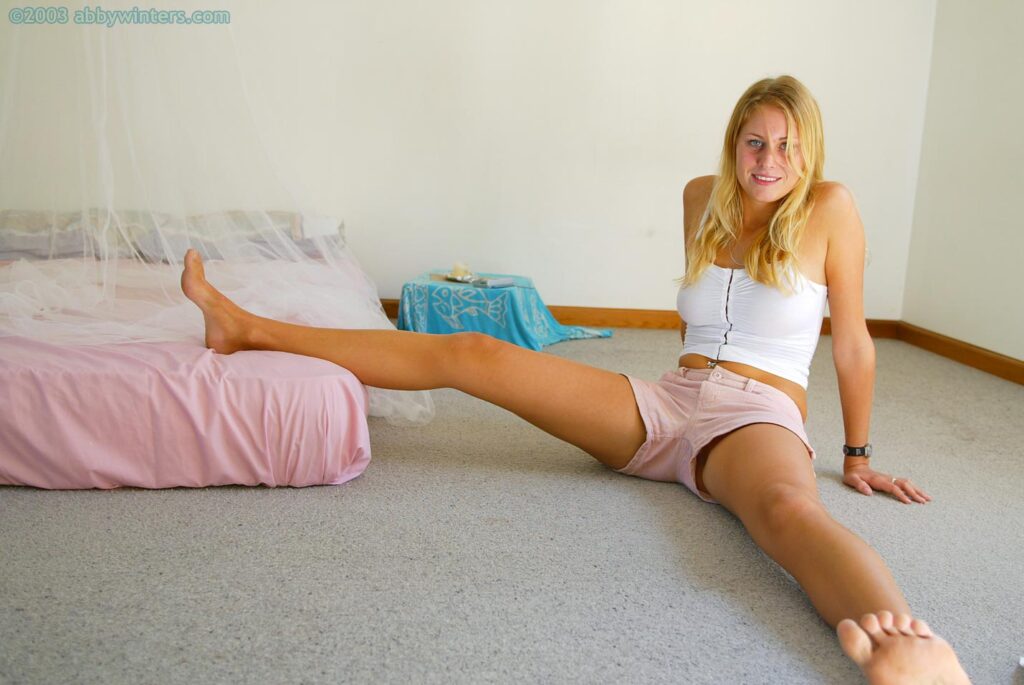
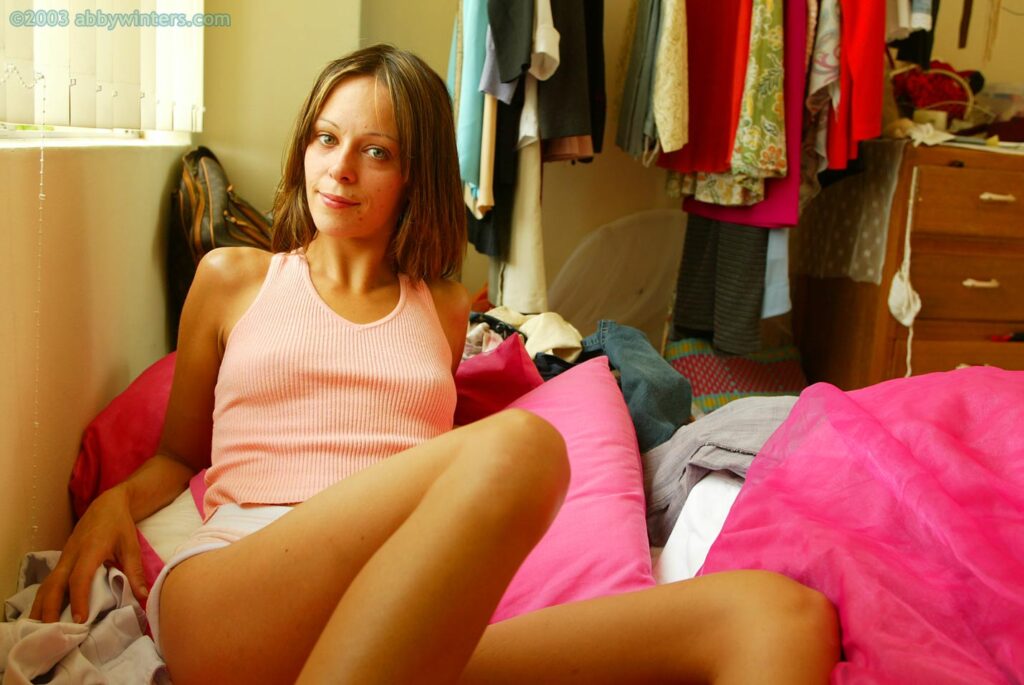
See also, Can I earn more momeny shooting outside?
ABOVE: Content shot outside is often rich in variety because there is more physical space for a model to move about in. Valeria’s pool shoot saw her naturalistically moving freely within the space – including through the water . The movements themselves were not complex but the location helped to elevate simple action, such as walking from point A to point B, making it feel special.
Tech Requirements when shooting outdoors
Lighting
When shooting with natural light for abbywinters.com never place a model in full/direct sun.
ABOVE: There are some lovely elements in Abbie and Ada’s Solo shoots but lighting is not one of them! Those harsh black shadows are never acceptable in an abbywinters.com shoot.
Direct sunlight:
- Is not diffuse enough
- Can be unflattering
- Causes hard and dark shadows
- Makes models squint
ABOVE: Danya posing just out of the bright sunlight and Anais V finding shade beneath the trees – excellent examples of lighting.
On bright sunny days, direct models fully into the full shade and keep them there!
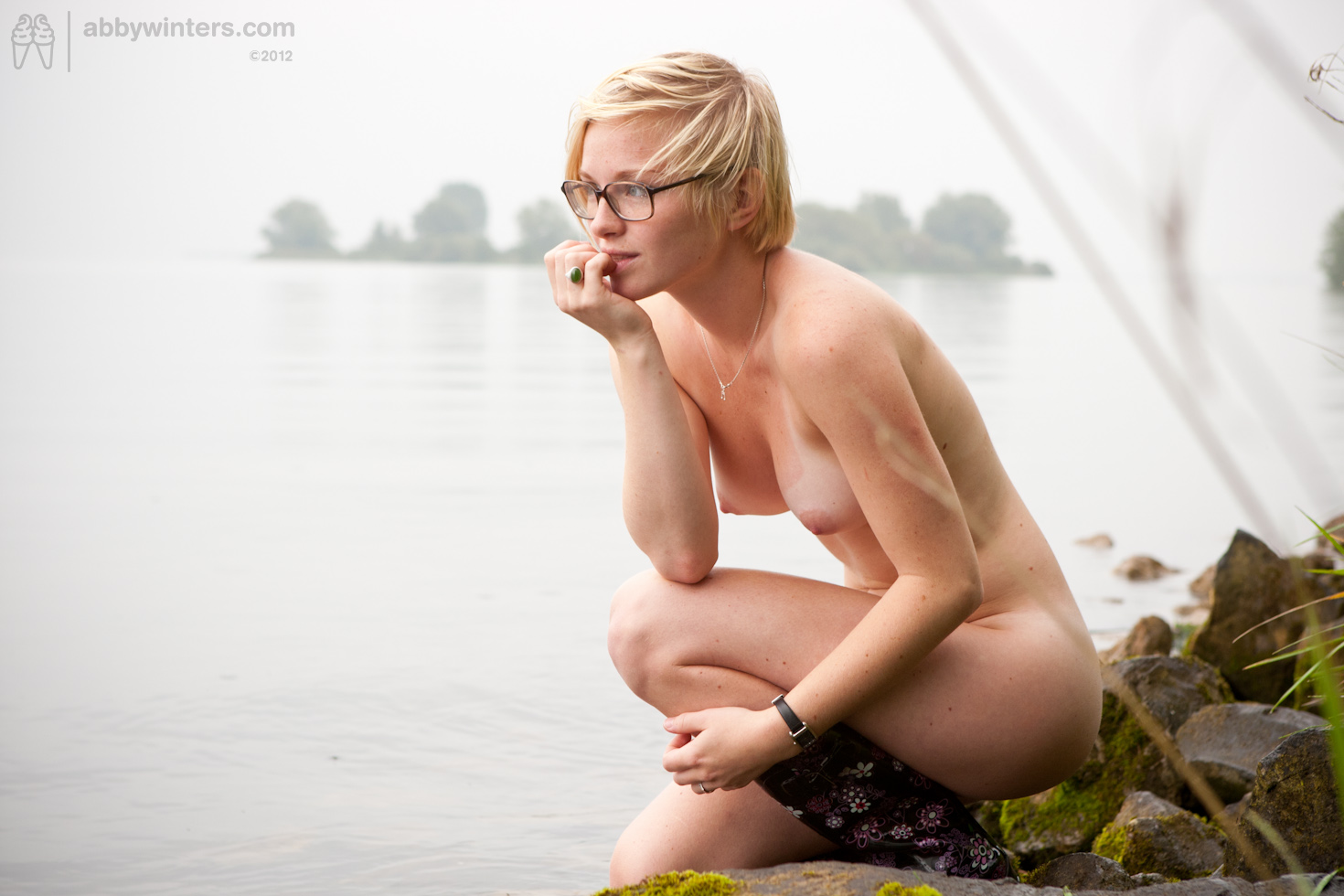
Overcast days are the perfect days for outdoor shooting as the clouds act as a giant diffuser, making the light soft and flattering
The downside to diffused light is that it can be a little flat. Work to introduce contrast from natural features acting as a “soak” (the opposite of a reflector) – trees, cliffs, buildings, or similar.
More advanced, shooting in the late afternoon when the sun is low in the sky, the direct sun can be used as a backlight, reflected back into the model to front-light her (expose for her chest, not for the background).
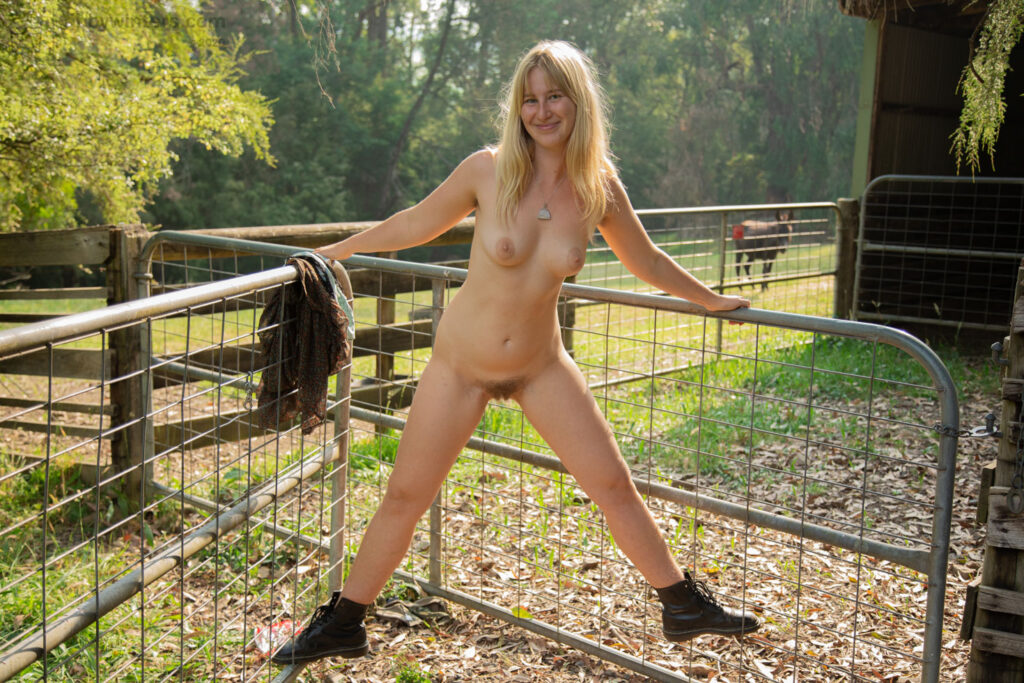
Exposure

It is often the case that in the search for privacy (and shade) you and your model may well find yourself amongst trees. This will protect the model from prying eyes and direct sunlight (great) while ensuring that there is enough light to expose the model’s skin correctly.
However you need to make sure that the area you are shooting in is not so dark that you are unable to expose the models skin correctly! (ISO can be increased to 400 if necessary).
While electric lights are not needed when shooting outdoors, remember to pack reflectors so light can be bounced and a suitable exposure can be made.
Look out for dappled light – patches of sun through trees (as can be seen above behind Mercedes) – these “blotches” of light must never fall on the model, because they are impossible to expose correctly for. There are ways to add reflectors to balance the image’s exposure better, but they are very difficult to implement without several assistants. Instead, just select a spot that doesn’t have dappled light.
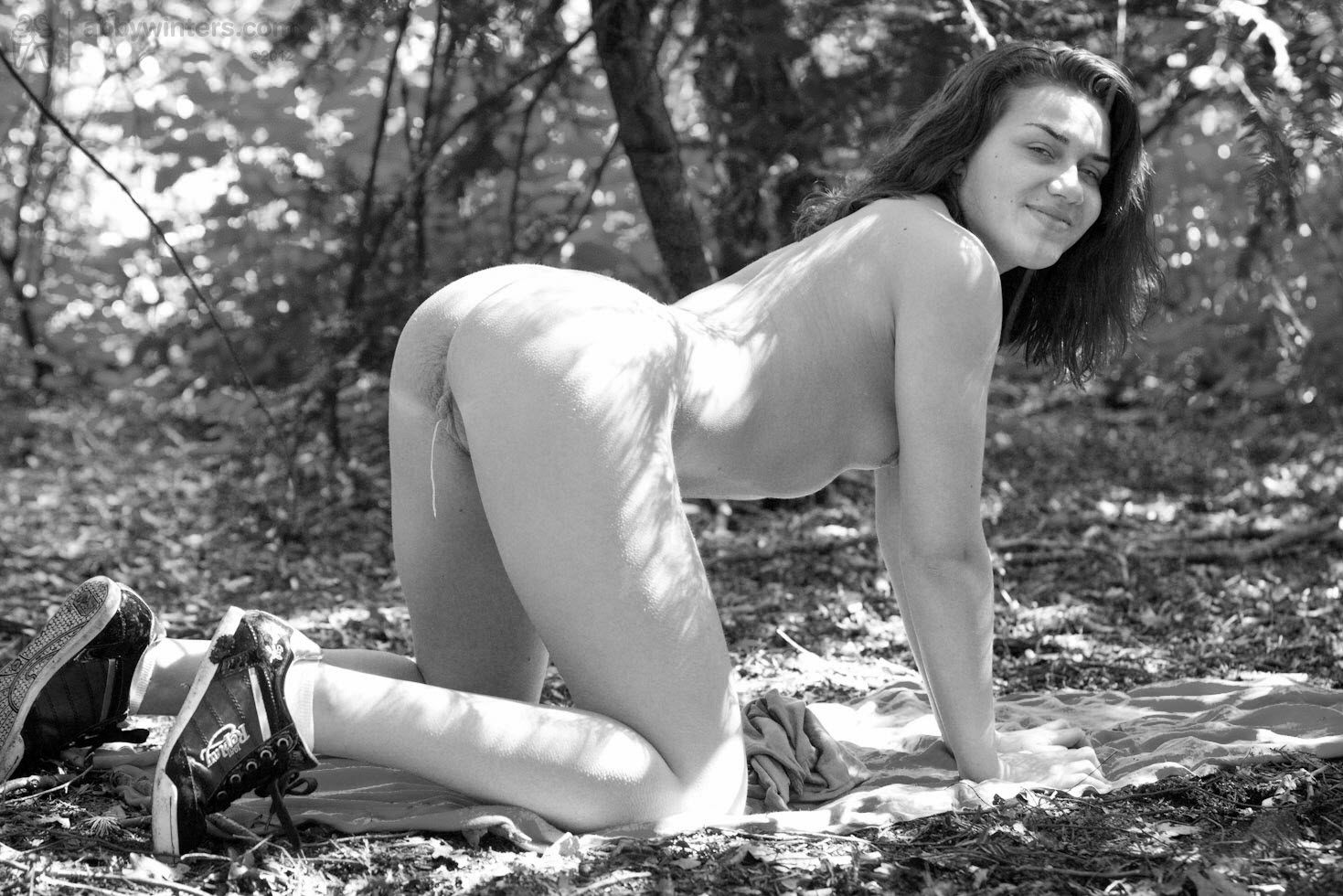
White Balance
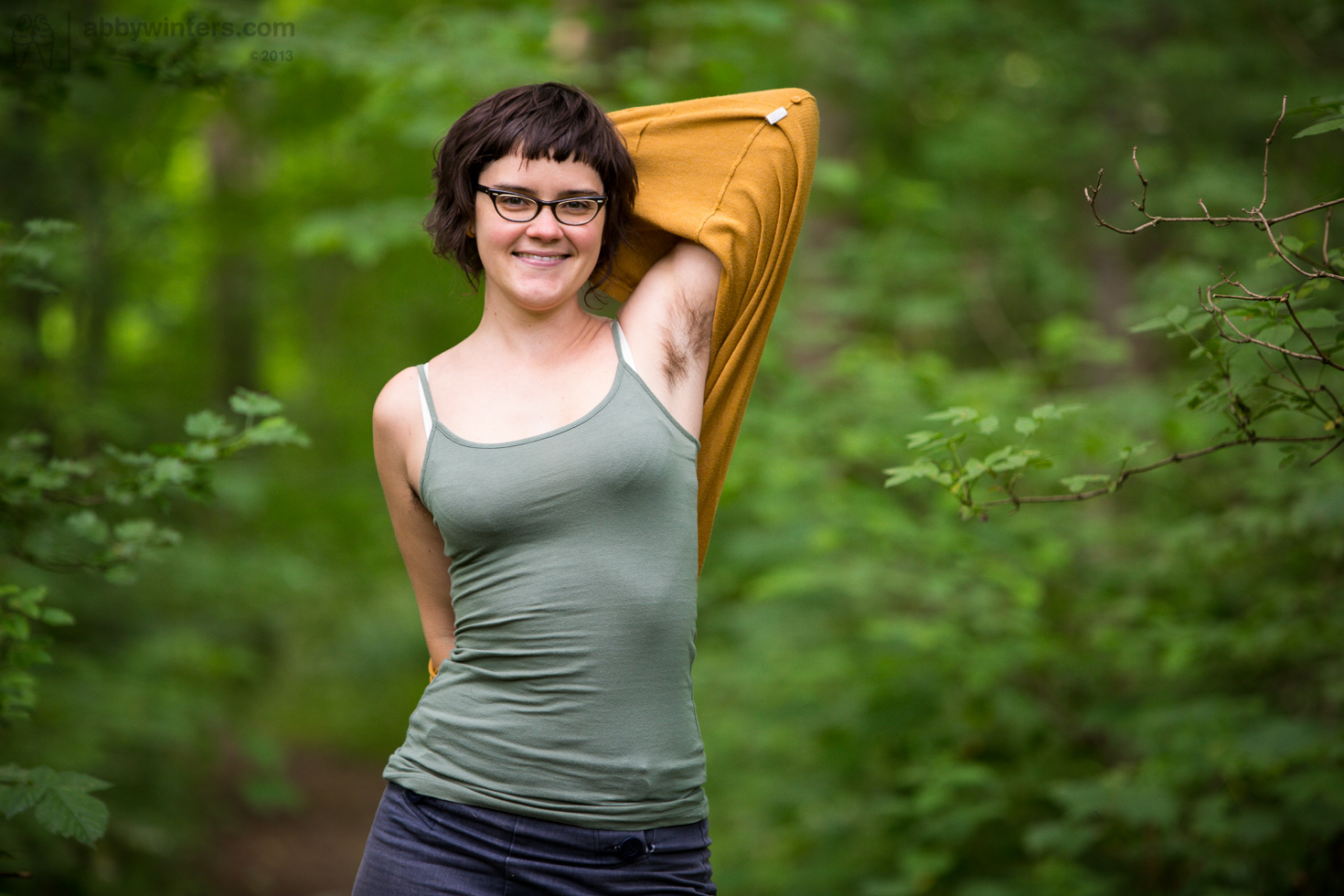
When shooting in an all-green environment, there is a risk that the greenery that surrounds your model may cast a green tinge onto your model’s skin, reducing shoot quality. Review the What are some technical considerations with White Balance, when shooting Outdoors? FAQ for context and solutions.
Mind the background
Seeing the effect of shooting outside is valuable, but managing exposure is difficult. The light falling on the model and the blue sky are of completely different brightness levels, so it’s difficult to have them both exposed correctly. If the sky is in-shot, it will tend be over-exposed and white.
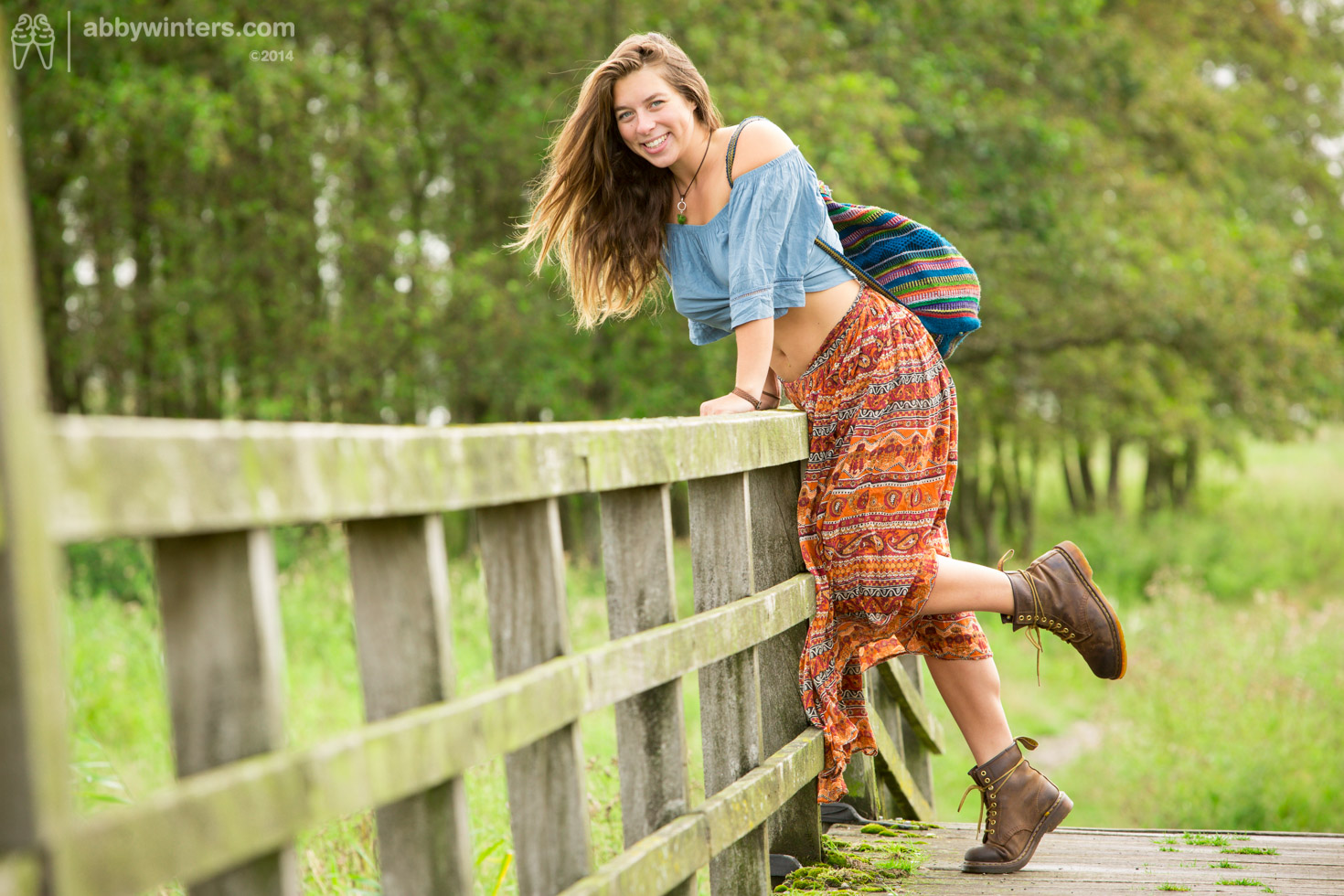

Audio

Wind – even a light breeze – rushing over the microphone causes a loud rumbling sound that is recorded to the soundtrack, that is impossible to edit out while still hearing the model speak. So, whenever shooting outdoors for abbywinters.com, it is essential to;
- Fit a suitable windjammer to the video camera for the entire video portion of the shoot
- Monitor the audio with headphones, with the volume up high, for the entire time while shooting, so issues can be heard and addressed
We strongly recommend testing in windy conditions in the days before the shoot, to ensure the results are acceptable.
Why abbywinters.com values outdoor shoots
The paradigm
Showing natural women, in nature, behaving naturally, is at the core of abbywinters.com’s philosophy. The company began in Australia and it could be said that, the glorious backdrop of Australia’s natural landscape was as captivating as the view of the beautiful models in the foreground!
This element was partly lost during the company’s 2010 move to Europe and often disappoints customers – still!
At conception, the idea for abbywinters.com was to offer an alternative to mainstream pornography offerings. Back in the late 1990’s and early 2000’s, the norm was to place models in sterile white boxes (in a photo studio), in heavy makeup and in a ‘sexy’ outfit.
Compare that to a model in a natural environment with no makeup. There is an obvious difference and it is this difference that attracts (and retains) our customers.

We know customers appreciate models nude in nature – so much so that we have two different fetish pages dedicated to this: FKK, outdoor nudist and Beach and River play.
Benefits of shooting outside for Shoot Producers
- Most outdoor locations are free!
- No need to bring heavy lighting equipment
- Less set dressing required (often none at all)
- More space to shoot
- An excuse to get the long lens out for Stills – everything looks amazing on a longer lens!
- No need to carry heavy gear up and down stairs
- Surrounding neighbours, roads, builders cannot cause audio issues during video (buuuuut, some new things can cause audio isssues)
- Outdoor shoot bonus! (more info)
Suitable outdoor locations
Gardens
This could be your own private garden, the model’s garden or a friend’s garden. Historically, we have found that people who may not be comfortable letting you hire their home to shoot in, might let you use the garden.
When shooting in a hired garden, it is important the homeowner is out of the house during the shoot (or that the garden is hidden from view from the house), so that the model has full privacy and feels comfortable.
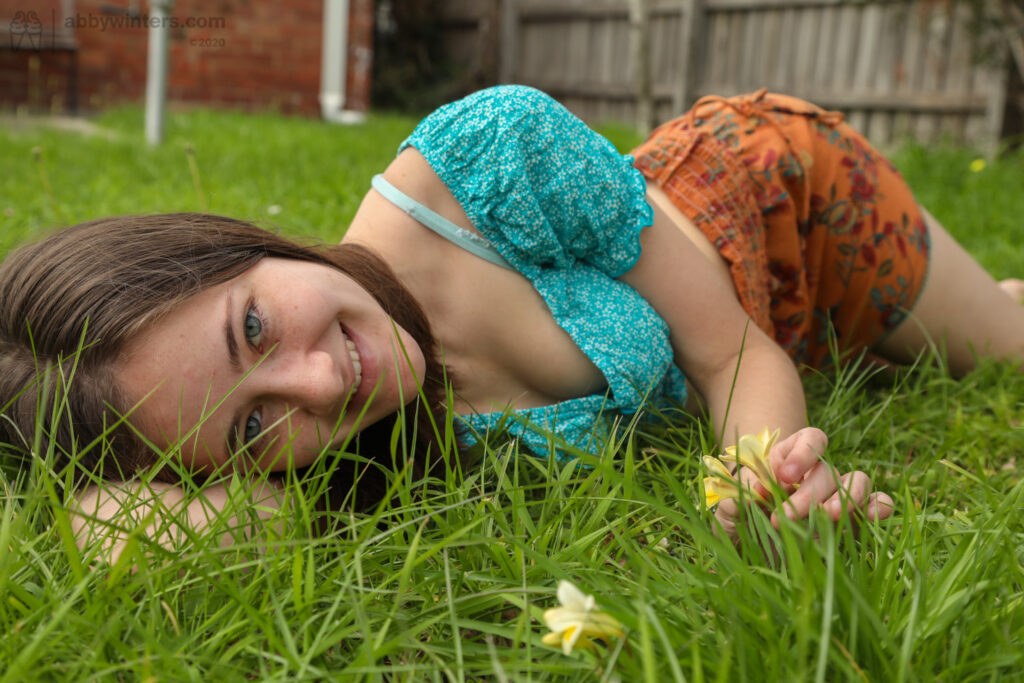
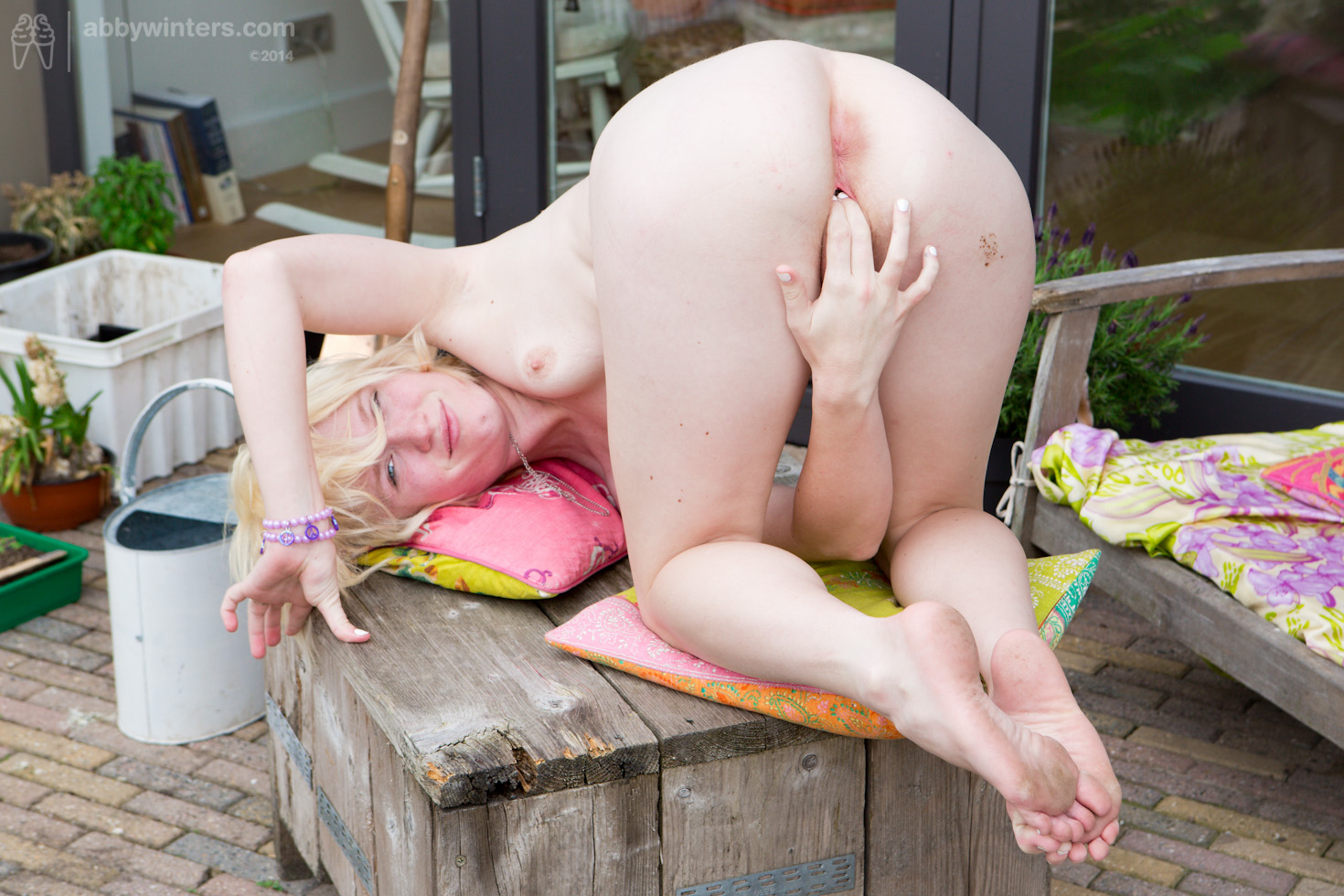
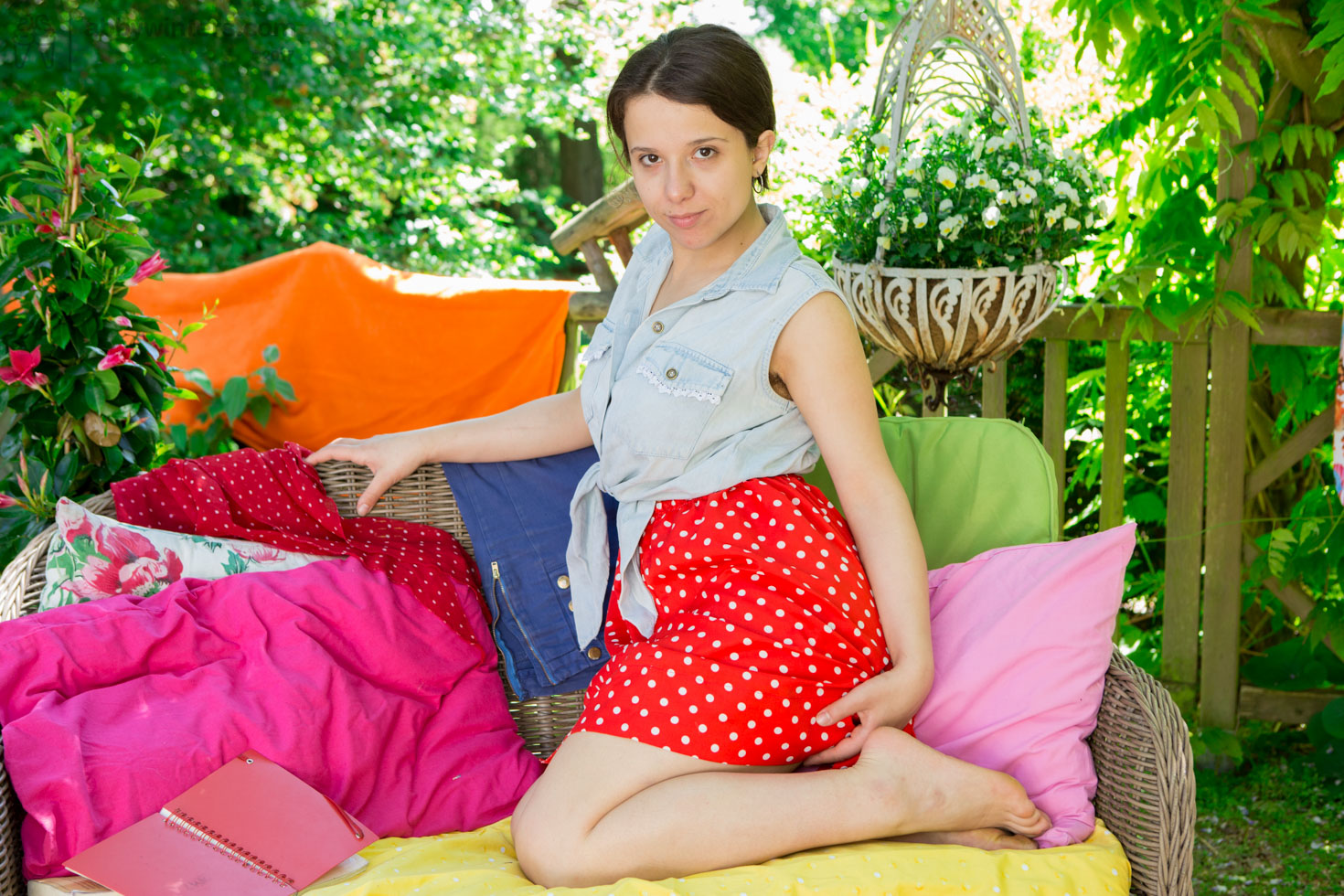
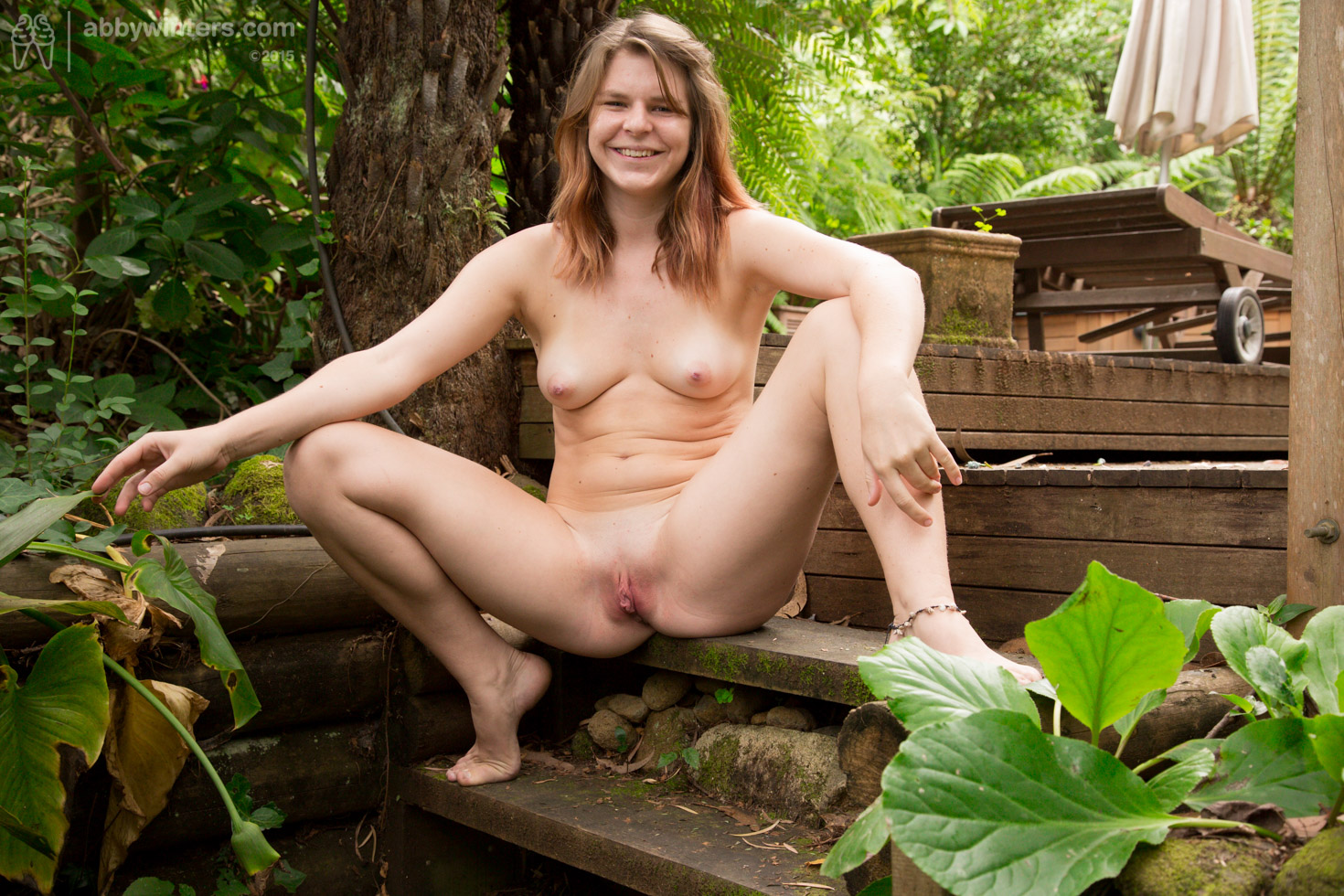
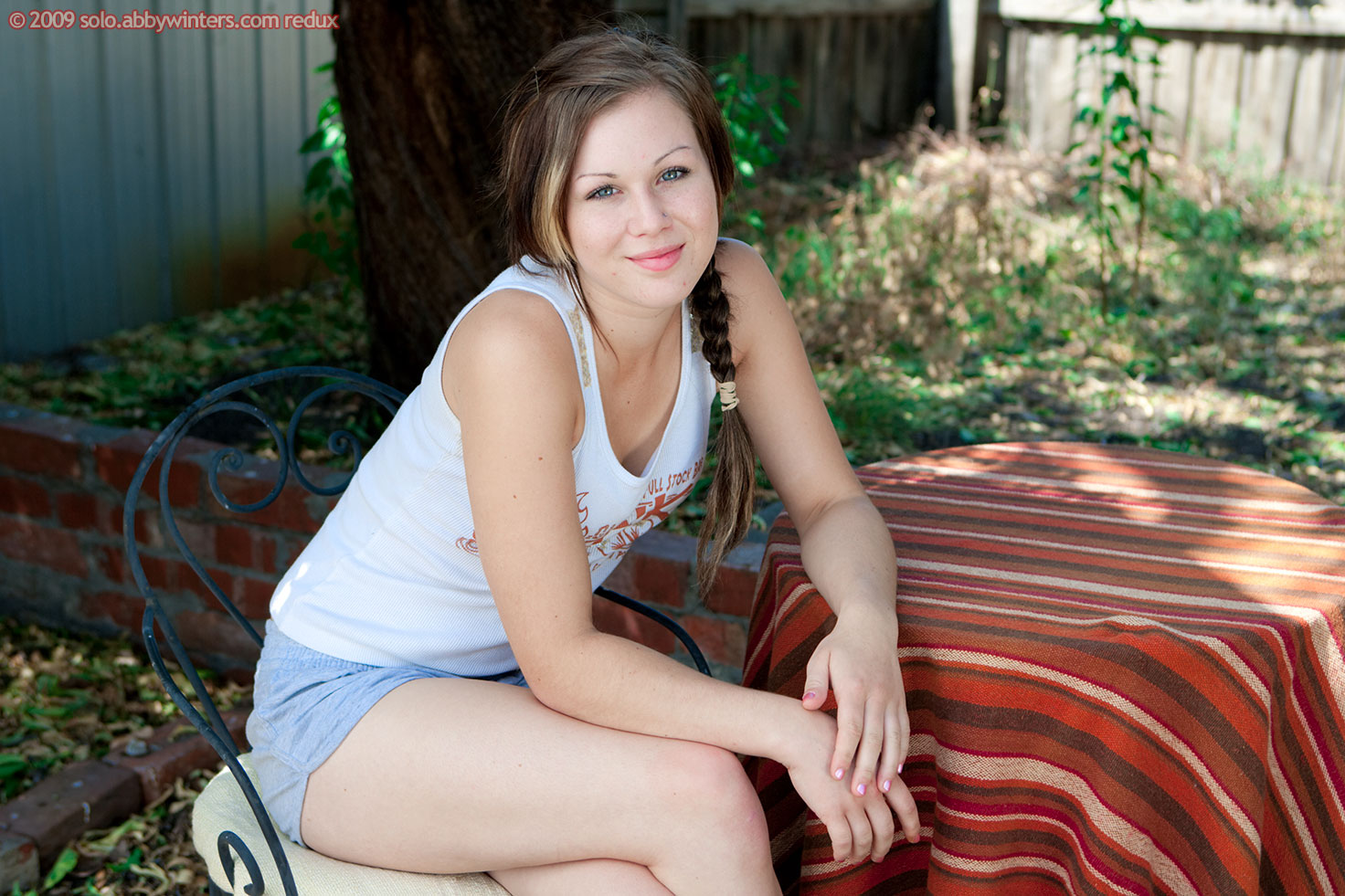
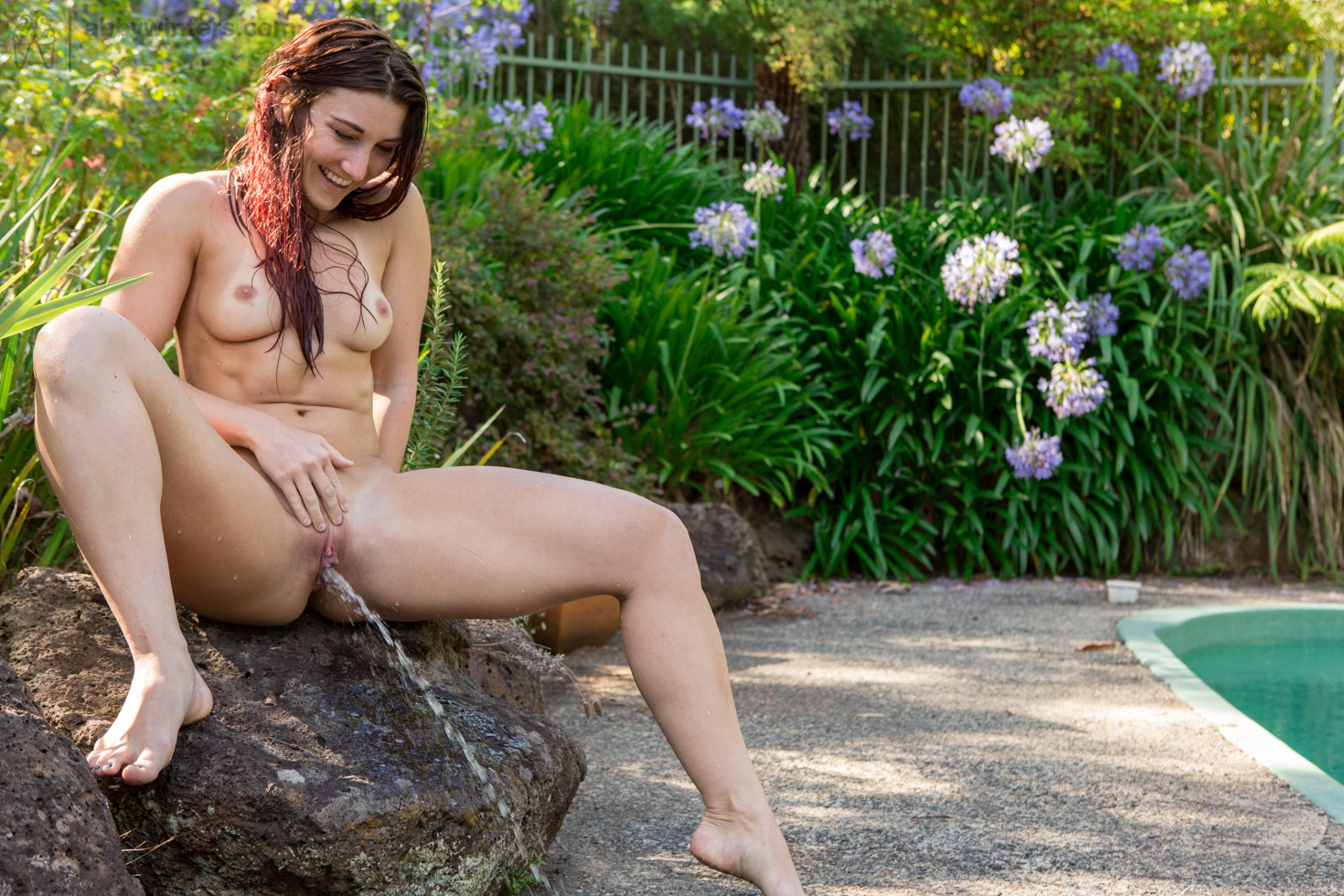


Rooftops / Balconies
Some “city” homes to have rooftop gardens and these can make excellent shoot locations. These locations can look very public while actually being 100% private.
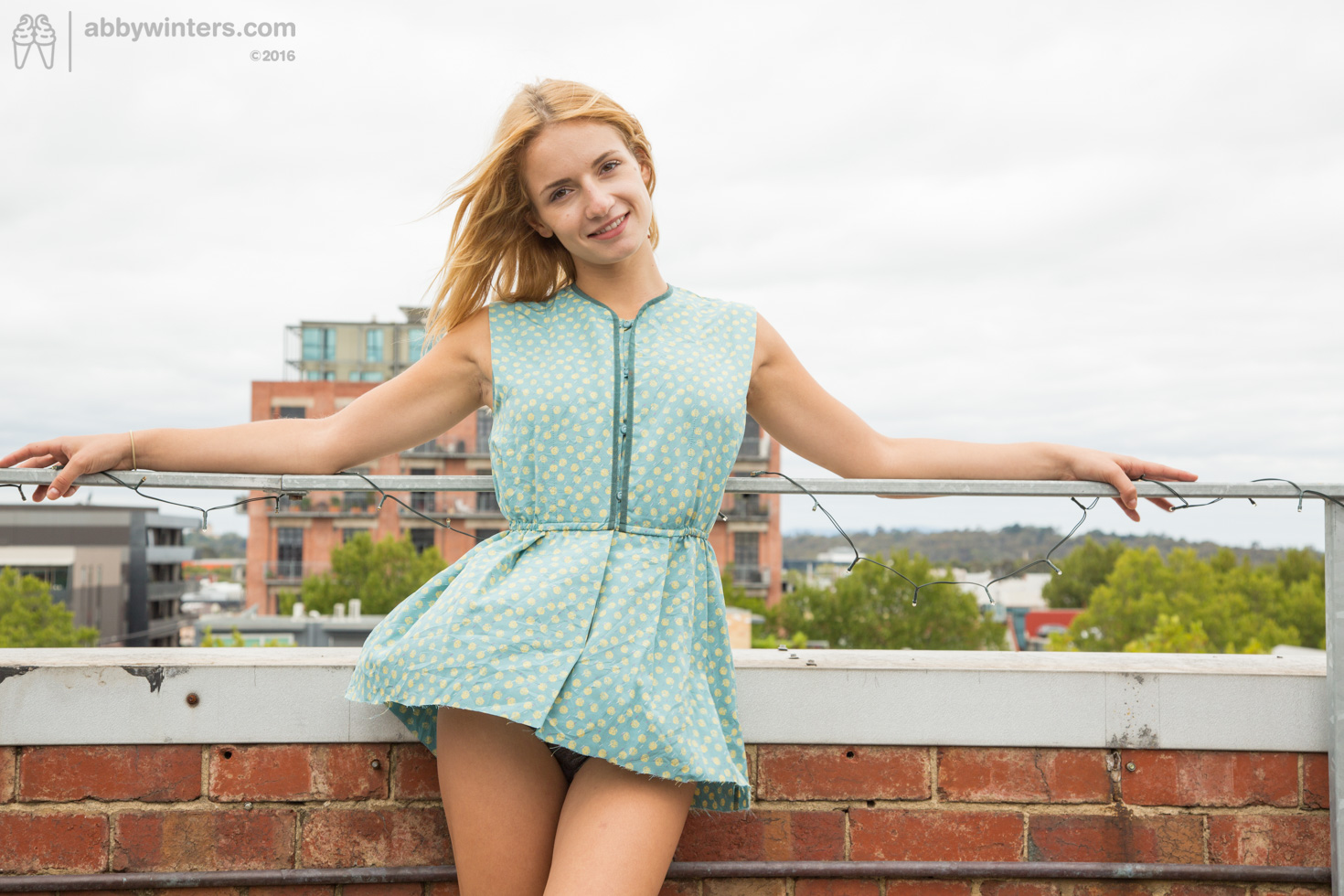
ABOVE: Chloe B & Yale and Nichole and Renae D enjoy different seasons on the same Amsterdam roof garden.
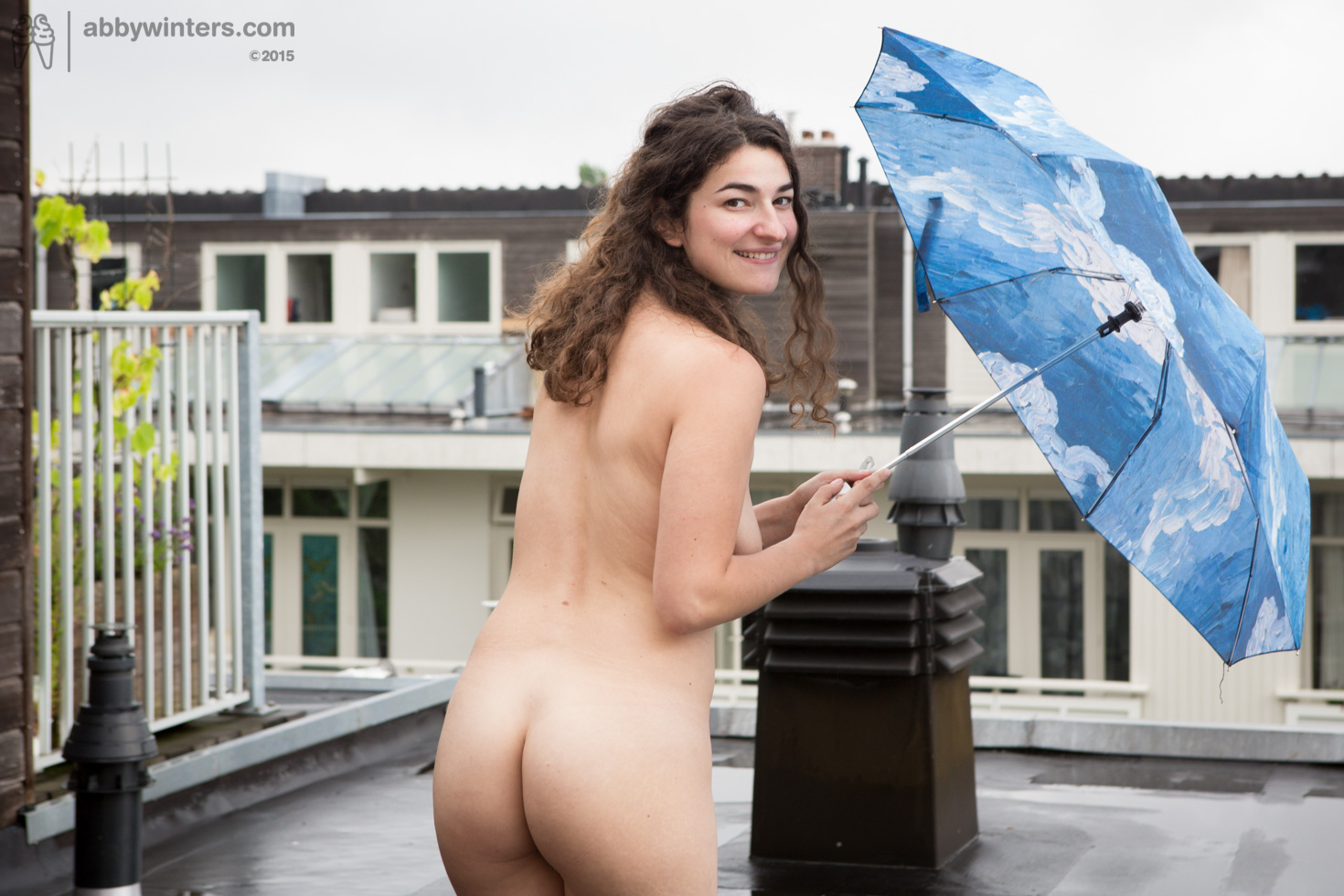
Found locations
Most of the outdoor shoots produced for abbywinters.com are in outdoor locations that were found in free parks. A lot of these locations were found while Shoot Producers were out walking their dogs or enjoying their weekends.
When shooting in public spaces, a Shoot Producer can never be certain of where the public will be, so they may need to arrive with a model to a generally good location and then take a walk within that area, until a final shoot space is selected.
Remember: paths are for the public; sometimes, simply stepping off or away from the path – perhaps through some bushes or greenery – can provide private pockets of space in which to shoot undisturbed.
Some examples:
ABOVE: Stepping off the the path through some reeds allowed the Shoot Producer to find a private area to shoot Kylie H that was away from the main through route of this public park.
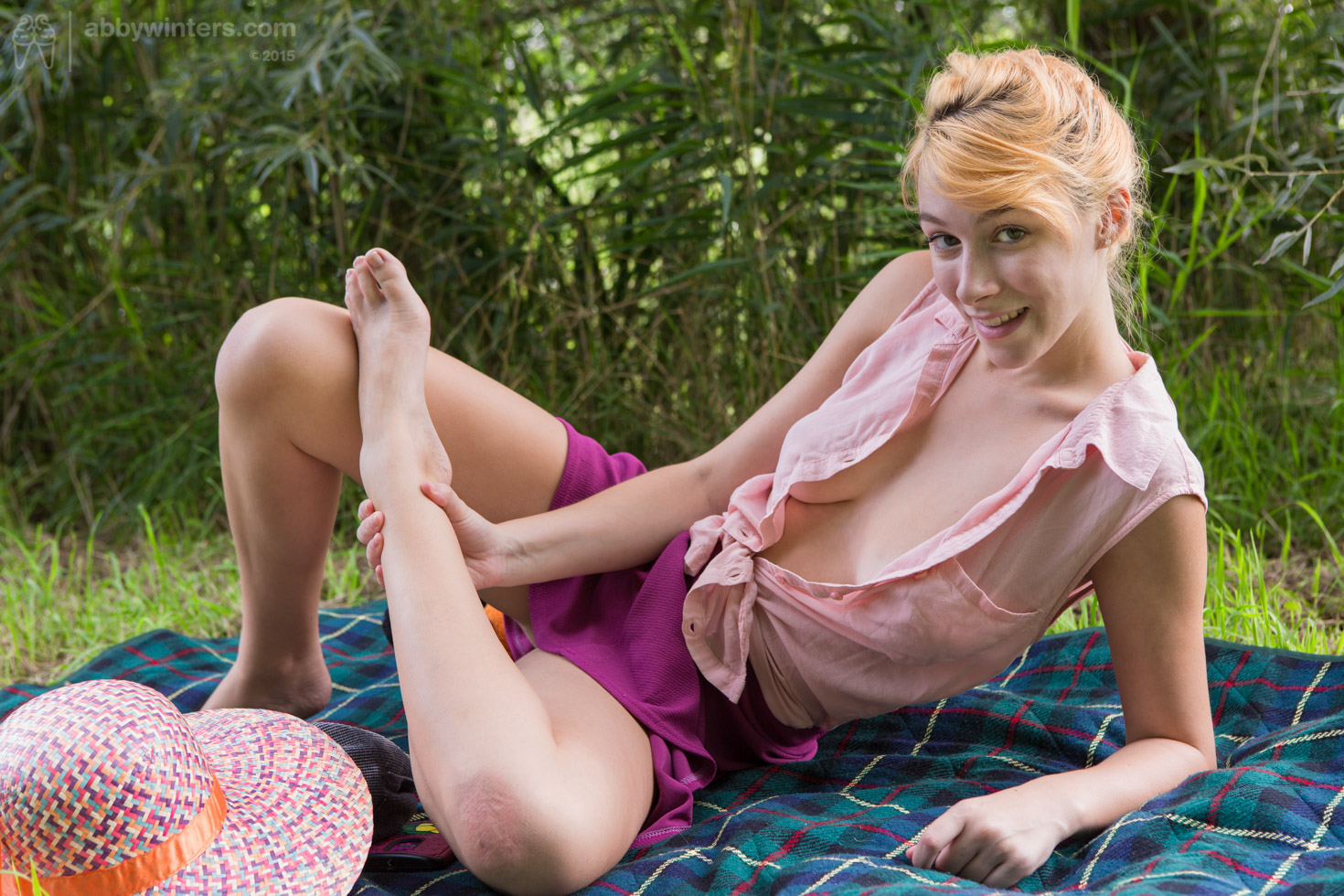
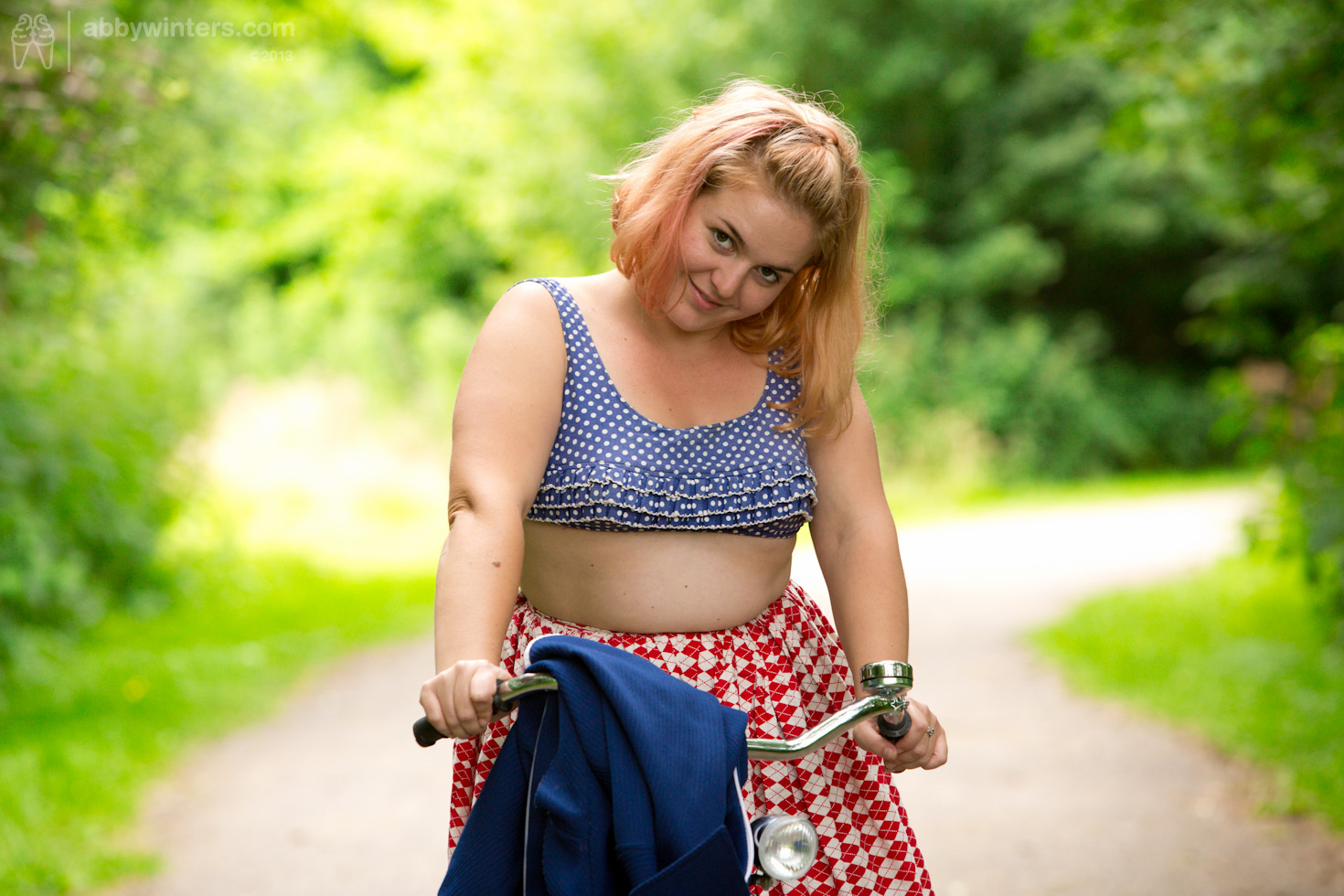
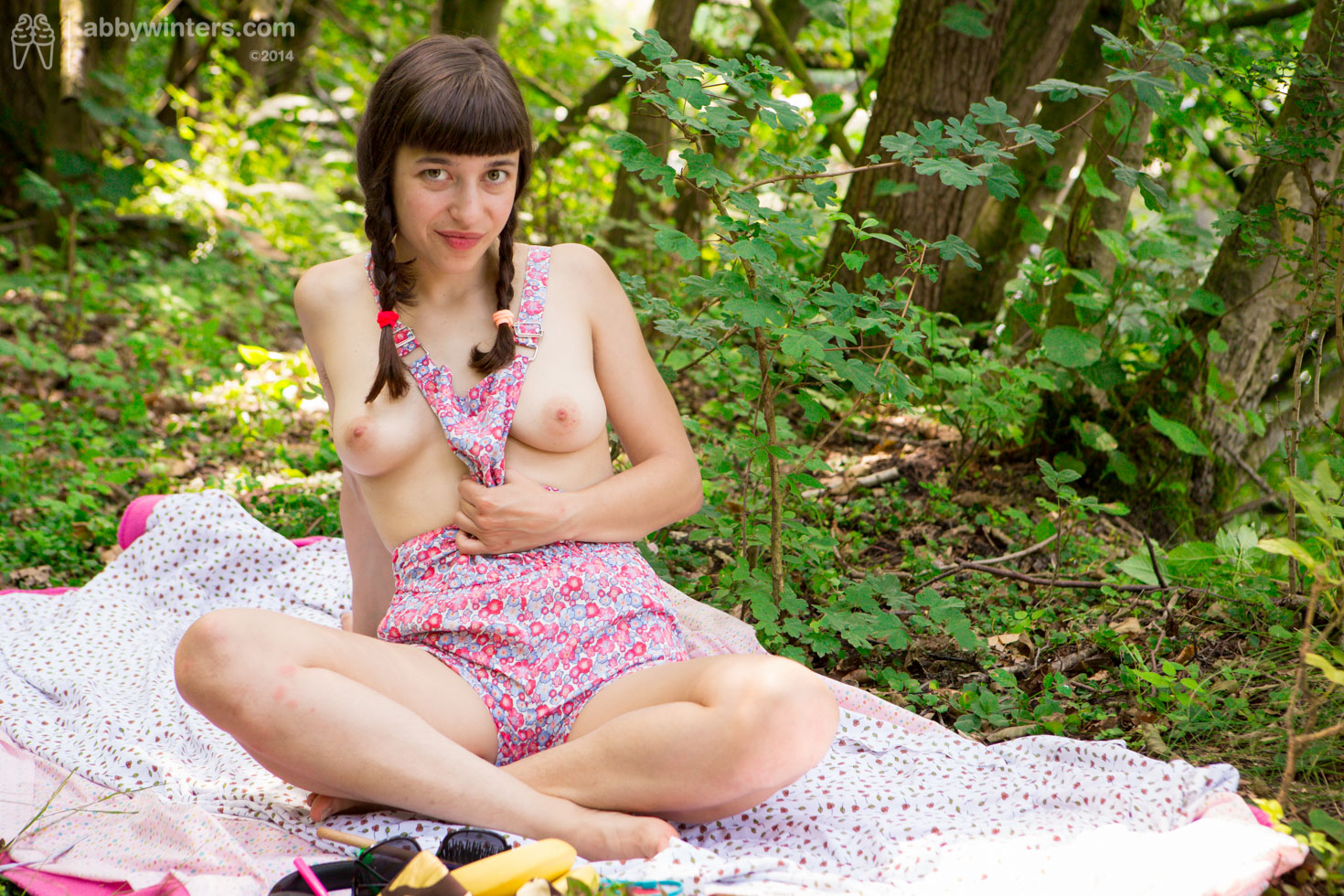


The next set of images were all shot in the same park in Amsterdam. This is a fairly popular area but by taking a few steps off the main path, Shoot Producers were able to find private areas suitable for shooting in.
ABOVE: Nichole moved through tall grass and water before ending up on a low hanging tree branch in her third solo.
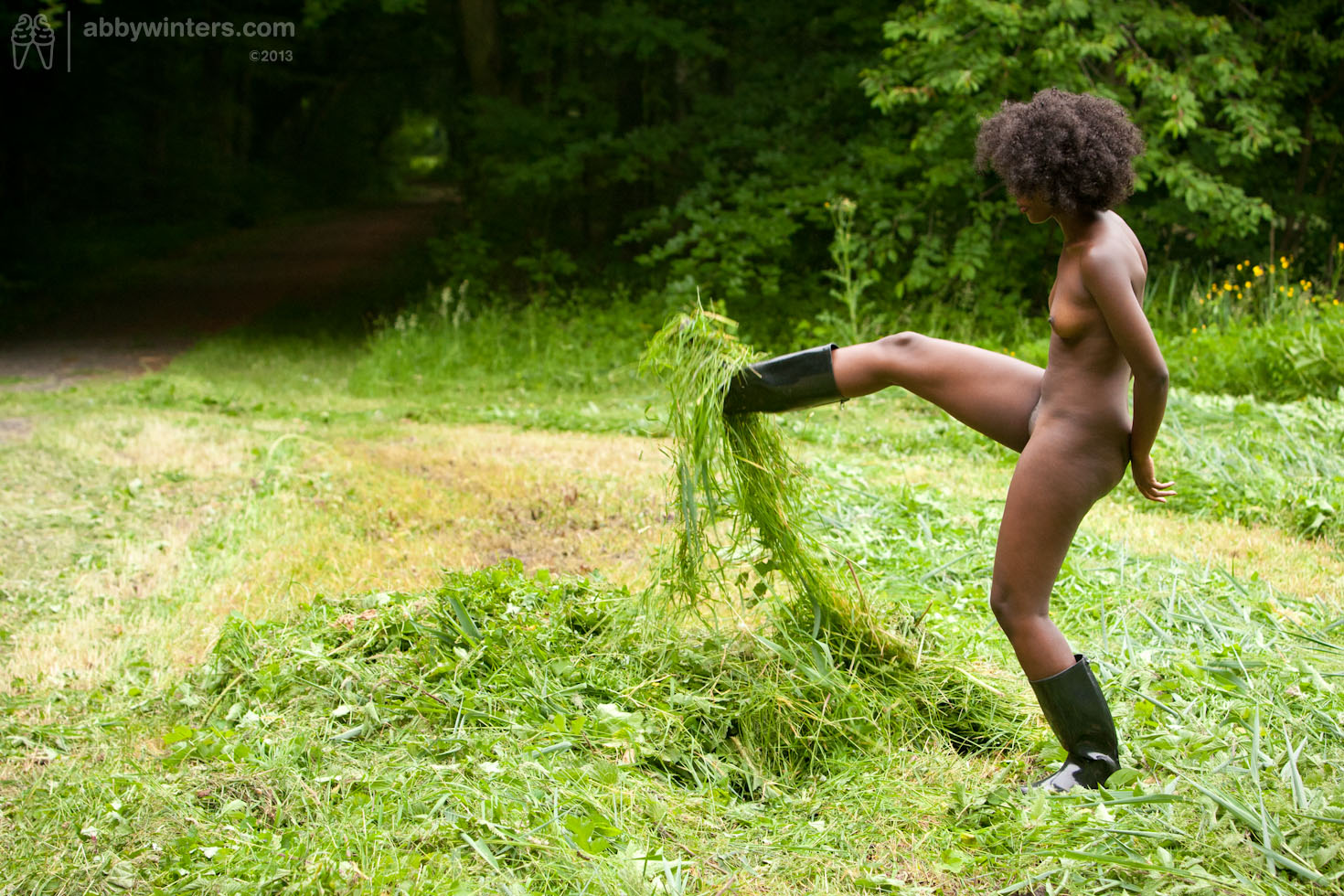
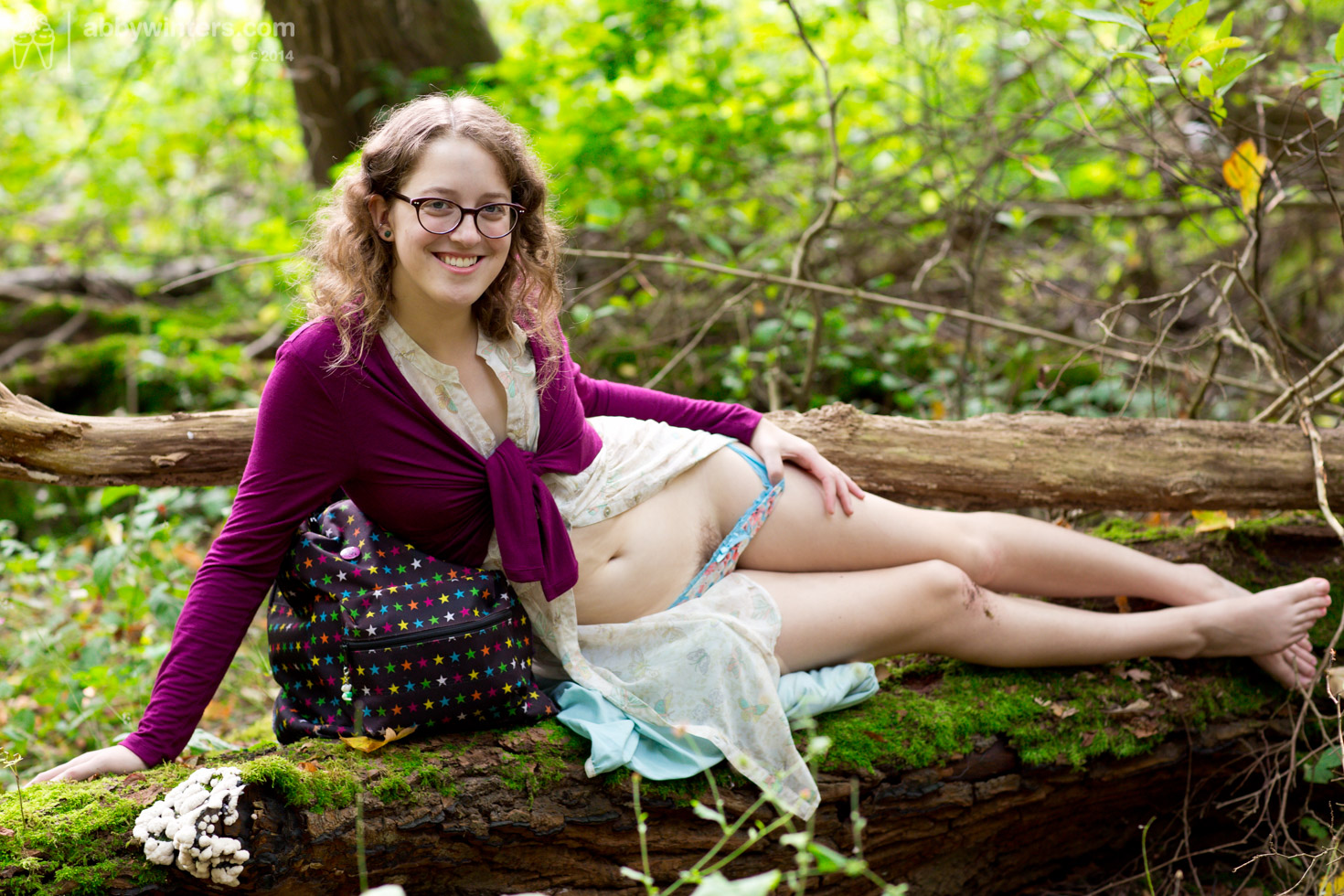
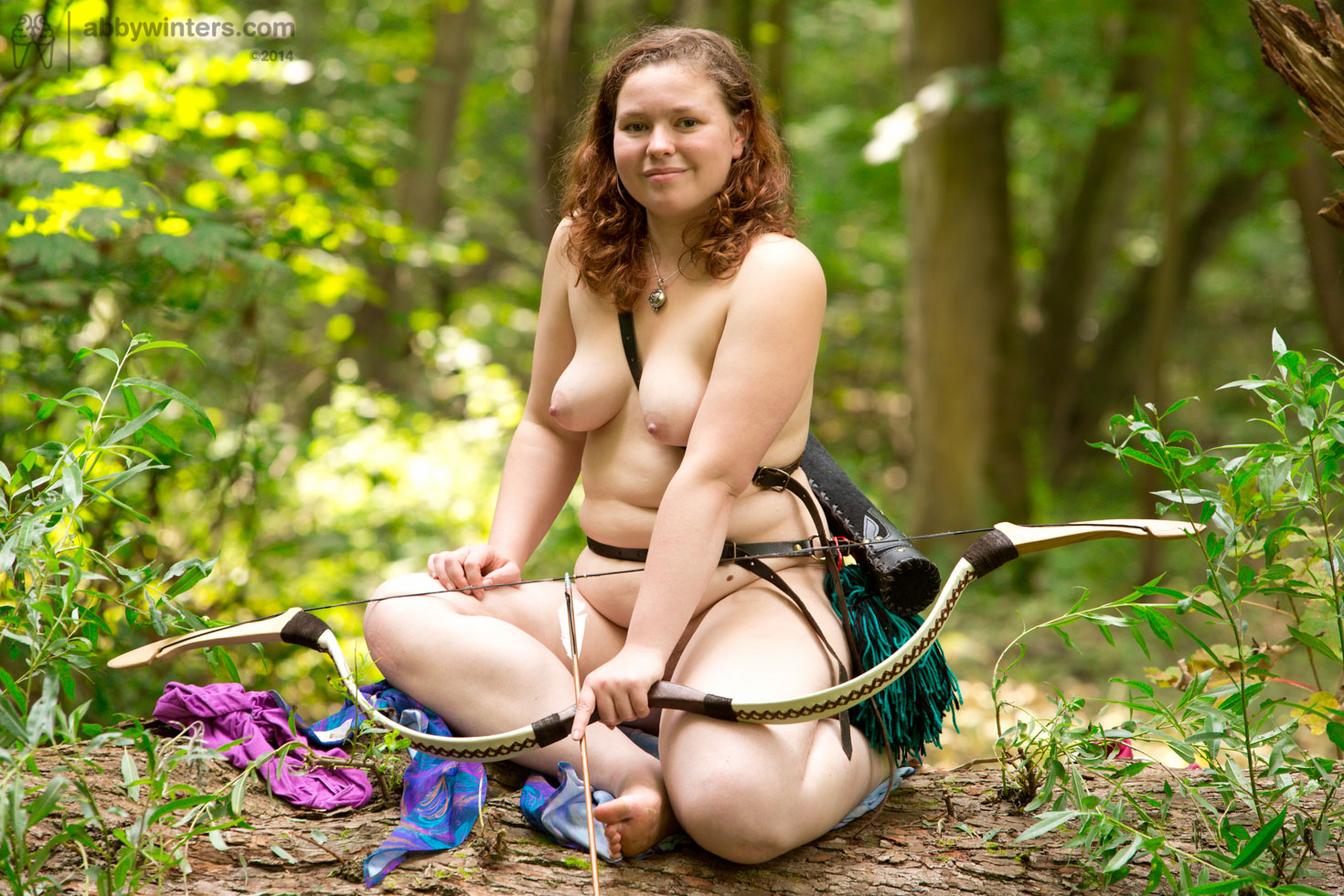
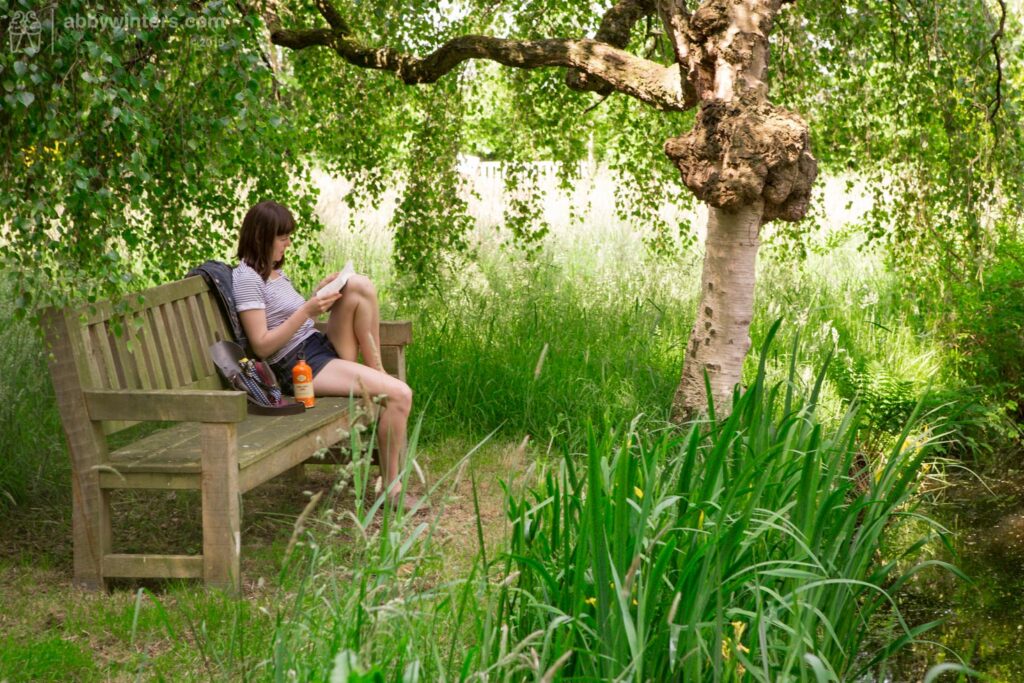
All of the above were made in or around Amsterdam, in one of Western Europe’s most populous regions!
Head out of the city
These shoots all took place in more remote natural areas that the Shoot Producer drove to with the model. Shooting in remote locations reduces the chances of being interrupted mid-shoot and are ideal options if you have access to a car.
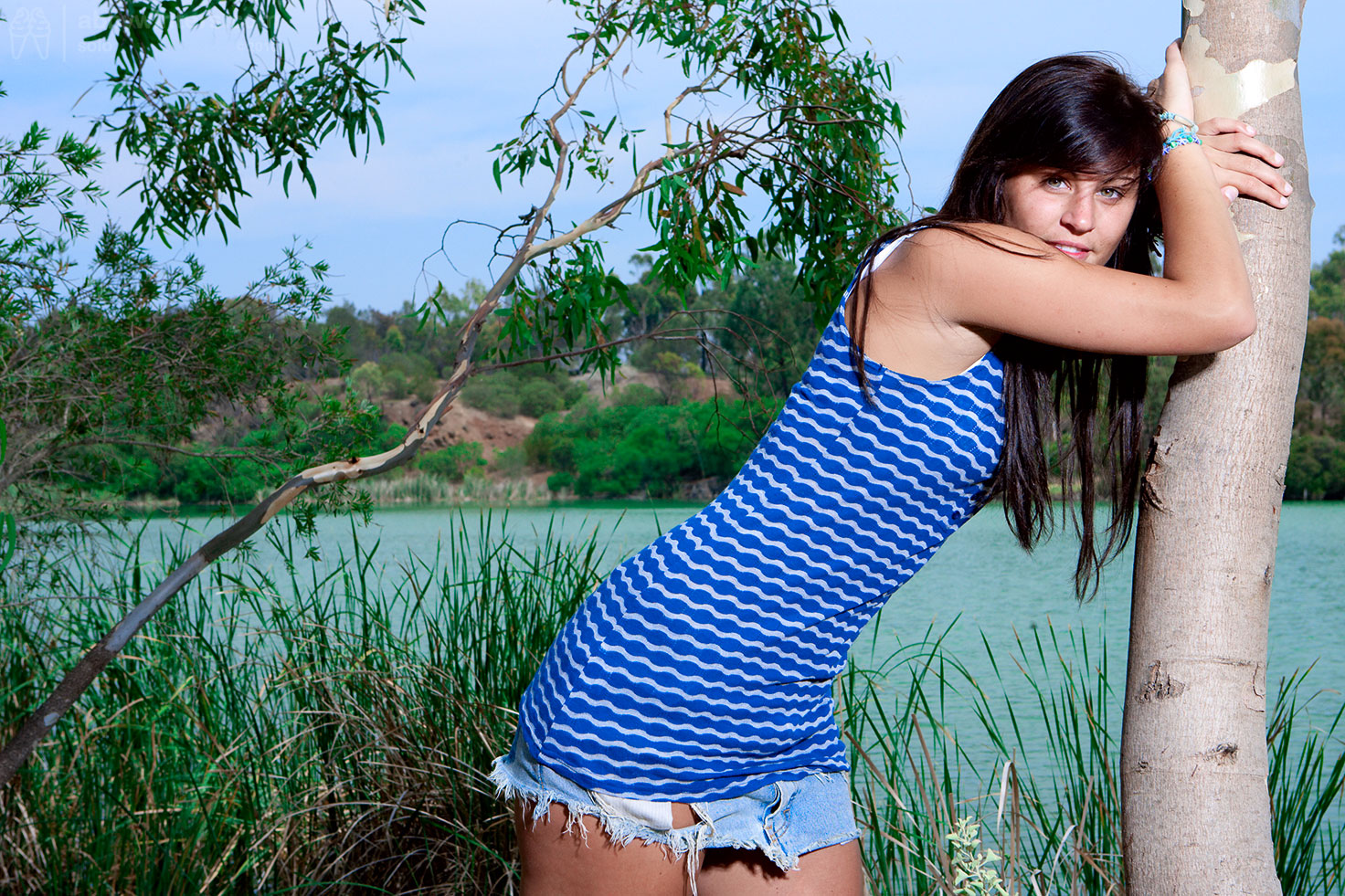

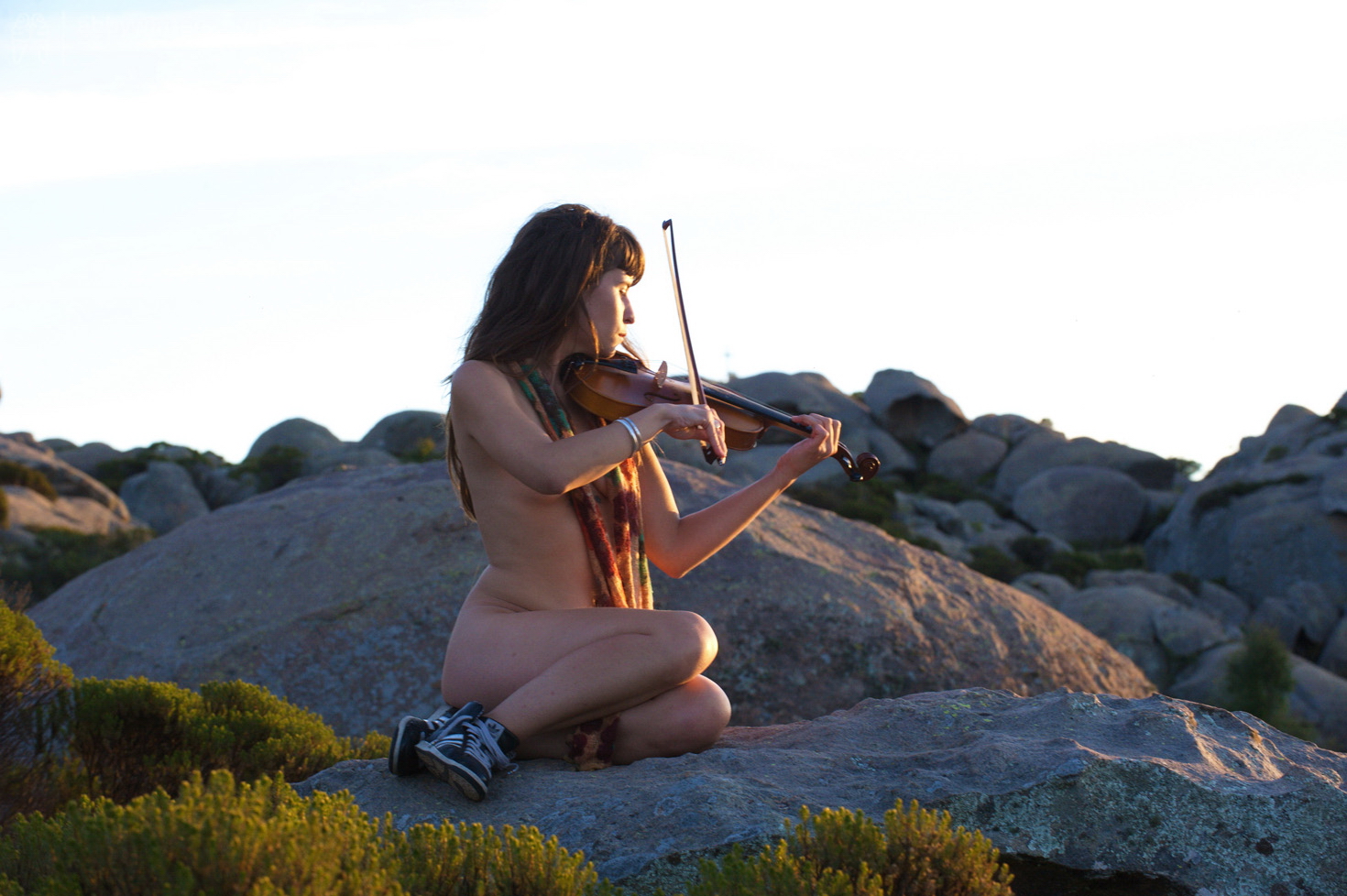
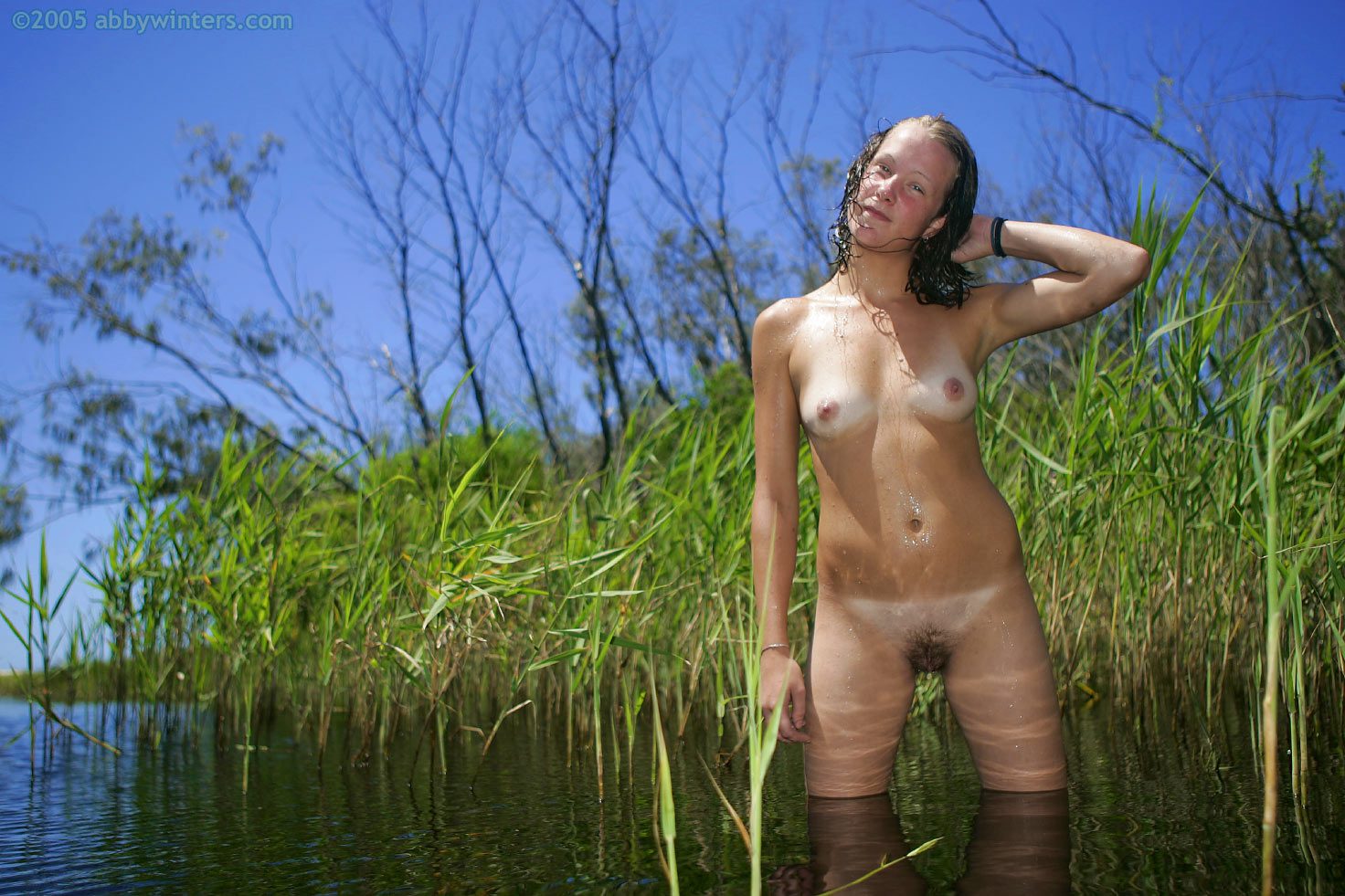
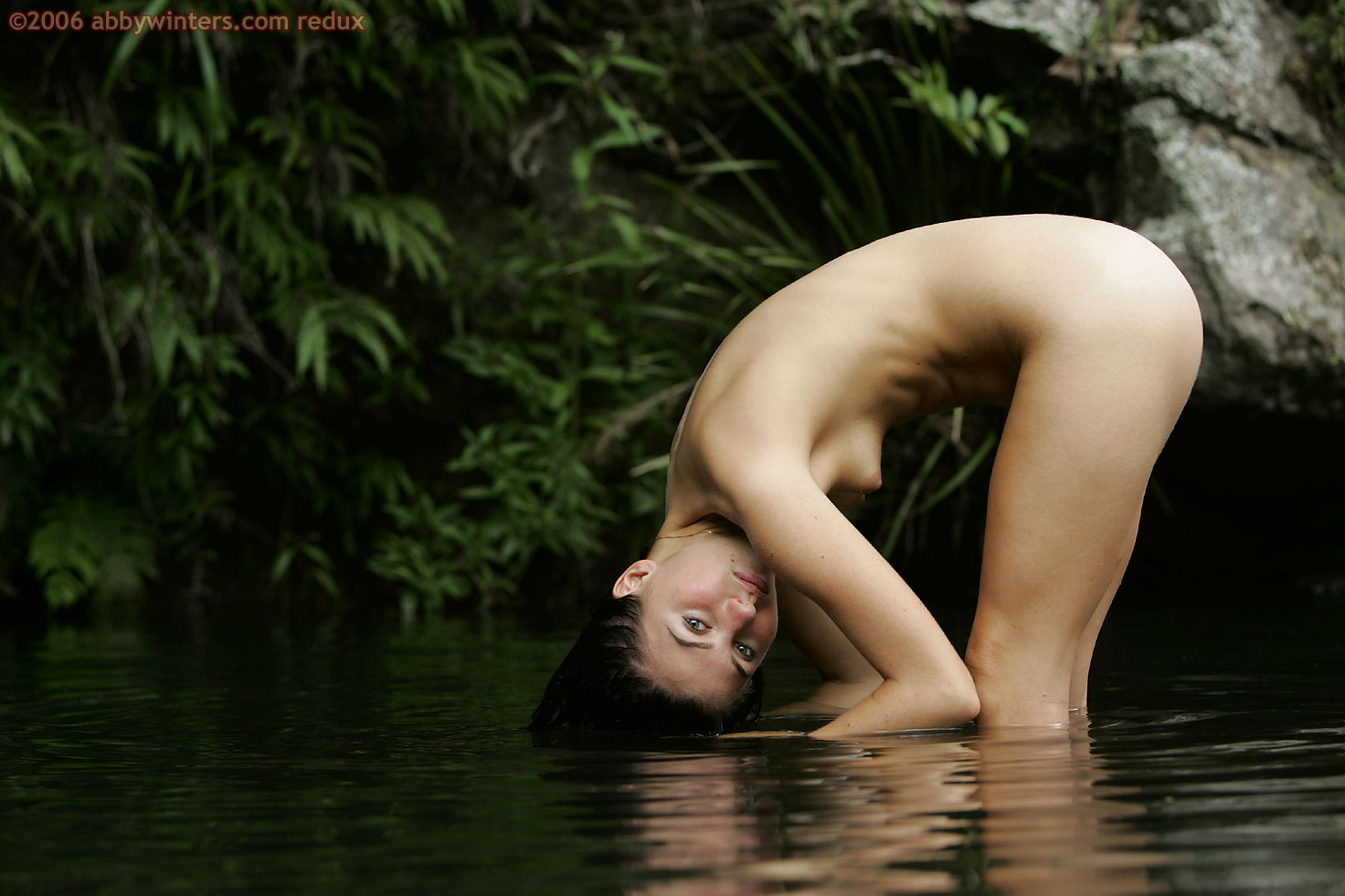
Shoot on the move
When shooting outdoors the light changes as the sun moves across the sky (or clouds move across the sun). Similarly, members of the public who are in the area surrounding your shoot cannot be trusted to stay in one place. It’s also worth bearing in mind that you’ll be more likely to see dog-walkers and school children etc. at certain times of the day. For all these reasons it might be wise to use one area at the start of the day and to move to new more remote areas later on.
Shooting in one location is not an issue but if moving through several spaces throughout the shoot day helps make the day more easy, that is fine too.
ABOVE: The Shoot Producer for Poppy C’s shoot moved to a new location within one general area every few minutes.
ABOVE: Jay progressed through different parts of the woods in her solo before finishing up in a garden.
Health and safety when shooting outdoors
An additional set of Health & Safety considerations apply to every Outdoor Shoot:
-
When shooting at a remote location, ensure you have a mobile phone, with good signal should you need help
- Consider a satellite phone if you are somewhere really remote
- Models need to be asked to bring sensible walking shoes before the shoot day
- You must provide your models with access to clean drinking water, bug spray and sunscreen lotion
-
Be aware of any dangerous animals in your location – spiders, snakes, ticks, leeches, bears, wolves, bulls, angry farmers.
- Have a plan for what to do if you encounter them.
- We recommend asking for permission before making shoots on private land
-
Check the model is ok with a likely lack of proper bathroom facilities
- A “bush wee” is probably ok if the model is mentally prepared for it (ask if she’s ok for it to be part of the shoot)
- A “bush poo” is likely less-preferred.
- Check the model is ok with a dog walker or bike rider catching a glimpse
-
The general public:
- It is not appropriate to shoot a model naked in front of an audience
- Always have a robe / blanket within easy reach in case you are discovered
-
Legal implications
-
What are the laws about public nudity in your area?
- Familiarise yourself with these in case you need to know them
-
What are the laws about public nudity in your area?
In our experience, the worst that has happened is a park ranger or police officer asking us to move along – so it’s a good idea to have a backup just in case.
Outdoor specific content
One of the best things about shooting outdoors is that it give SPs the chance to capture content that we know our customers like but that does not work well indoors.
Some examples:
ABOVE: Using outdoor-specific personal props such as a skateboard (Aletta and Harold) archery (Mirai), or roller skates (Mikki) …
ABOVE: …Swimming, like Sanella, Sabina and Noore …
ABOVE: …Cleaning the pool (good MMaiA!), playing with pool toys, sunbathing as Ella C did …
ABOVE: …Climbing trees, Iva, Rosie B and Becs …
ABOVE: …Riding bikes, like the BMX Girls, Gina J & Immie or Ginny…
ABOVE: …Outdoor chores, Juliana and Paulina garden, Yale does the laundry and Luna sweeps up …
ABOVE: Why not place your model on a boat like Josie , Lizzie and and Darcie?
Pee content
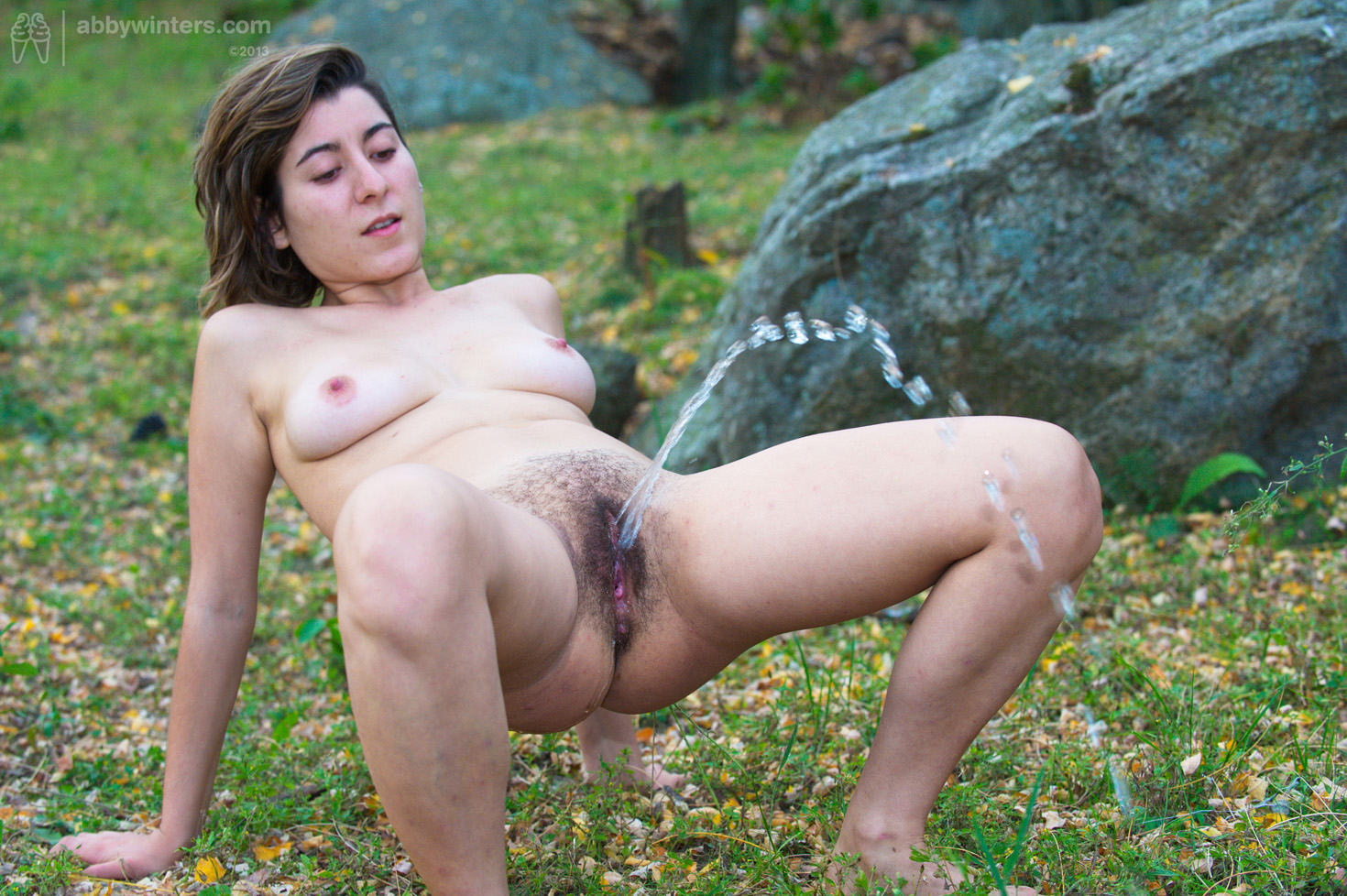
Peeing is content that we know customers enjoy seeing and it is much easier when done outside (and can be a lot more natural) and means there is no messy clean up required – as would be encountered when this activity is done indoors.
Shooting outdoors often means there are no bathroom facilities on hand, meaning that models will likely need to take an outdoor pee anyway throughout the day. However, we always accept that “no means no”, and never argue with a model who prefers privacy.
ABOVE: Some great outdoor pee examples with Logan, Alessia & Anais V and Helen S.
ABOVE: … And, lastly, Danya’s solo (ooops, dappled light, but a great activity!) and Camping girls have some great camping based content.
Camping can be a great premise to build a shoot around in an outdoor setting.
Noteworthy: Camping activities and equipment:
-
Putting up tents will require sexy physical movement (MMaiA)
- Tents help create shade, but beware of colour casts: select tents with neutral grey fabric
- Tents are an area for models to hide (should members of the pubic pass by.)
-
Lighting fires to cook on can be great but you must ensure you do so safely and that fires are fully put out and cleaned up when you leave the area.
- Only do this activity if you have prior experience
-
Set dressing
- Seeing a model make a camp will help to personalise the wilderness into her own ‘home-like’ space
- Seeing a model ‘set up home’ is very wholesome
-
Conversation
- If the model is a seasoned camper, it is likely she will have some great stories from previous camping trips she can talk about on camera
The Location is the “address” of the shoot – the building, apartment or place. A Setting is the specific area of that building or place where the shoot takes place (more info on the difference). One shoot typically occurs in several Settings. In this FAQ answer we’re referring only to Locations.
There are three main considerations when selecting a Location for a shoot;
- Health and safety
- Administrivia
- Being on-paradigm
Health and safety
When considering shooting locations, the safety of people is paramount. Some issues to look out for include;
- Stairs with steps that are missing or otherwise unsafe
- Power outlets that smoke or spark
- Poor lighting so it’s difficult to see where people are walking or working
- No fresh air ventilation
- No heating or cooling
- Inside shoot spaces should never be cooler than 19°C (66F), and never warmer than 24°C (75F), unless requested and agreed to by the model(s) and Shoot Producer
- Outside locations must be at least 21°C (70F); the max temp outside depends on the comfort of the model and Shoot Producer
- Floor surfaces that have sharp objects (eg, nails in a workshop; broken glass on a beach; sharp seed pods in a park)
- Location address being in a “dangerous part of town”
- Drug dealers, gang hangouts
- Consider the entrance – is it down a dark alley or unclearly signed?
- Free from harassment by others
- Via unlocked (or, unlockable) doors, open windows
- If outside, are many people likely to be “around” – what if they are annoying?
- Mould in bathrooms
- Free from dangerous animals (bugs, spiders, dogs, snakes, crocodiles, etc)
- Access to help
- Mobile phone service to call emergency services
This is not an exhaustive list, and describes some absolute minimum requirements. Exceeding these is always recommended.
Administrivia
Consider the cost of the location, and if any of it will be reimbursed to the Shoot Producer by the company (per the Location Allowance specification, shared with Shoot Producers via Google Docs).
Consider the distance of the location from where models are coming from. Locations further from models origin (their home, their accommodation, or the airport or train station they are arriving into the Shoot City) can be selected if they add some additional value (for example, enabling outside shoots in the countryside). But requiring a model to travel 90 minutes for a shoot location that could just as easily be found closer to the model is needlessly annoying.
If models are expected to travel for more than 60 minutes, both the affected models and the Model Liaison must be informed of this at least three days before the shoots occur.
Being on-Paradigm
Locations must have on-paradigm Settings available to shoot in.
Locations must have Settings that could be places young women live (more feminine is strongly preferred). Settings that are masculine are not suitable for making shoots.
“Gender neutral” locations are fine to use for shoots, for example, a book store (or similar commercial setting), garage, workshop, sewing room. These are not expected to be feminine, but ideally will be relevant to a model’s skillset or interests.
Outside locations should be lush and green, with dead plants in formal gardens removed or framed out. More info on shooting outside.
Shooting at the model’s own home is always preferred, but may not always be possible or practical – more info on shooting at the model’s home.
On shoots, models will be getting nude and being sexy. Models do not find dirty locations sexy.
Others’ standards of cleanliness may be different to yours, but consider the guideline of an inspection by the landlord (or your mother in law!) of your rented home.
In practical terms that means:
- All floors thoroughly vacuumed and mopped
- No dirty dishes lying around
- Bins recently emptied
- Tabletops, benches, coffee tables and similar wiped down
- Cat litter trays emptied recently
- Toilet has no poo or wee stains, no pubic hairs
- Clutter put away from surfaces
- No mouldy food in fridge (or anywhere, really)
- Ventilation working, fresh air can enter / foul air can exit
When contacting AirBNB (or similar) places for abbywinters.com shoots, consider the unspecific honesty approach. Present yourself as a professional freelance photographer who works on numerous different projects (rather than a porn photographer).
Things we recommend location owners should know before accepting a booking for an abbywinters.com shoot:
- You are a female (if it’s true; otherwise make no mention) photographer looking for a space to work with your models
- It’s sexist AF, but female Shoot Producers have found it easier to secure locations through AirBNB 😬
- You will be shooting a naked female in their place
- Rather than say “naked”, see if saying “glamour” or “erotic” or “boudoir” helps your success rate. It depends how these terms are culturally interpreted in your area of the world.
- This media is for publication – there’s no need to say where
- How much you will pay them – should be written on their pages but best to confirm
- How many hours you will rent the place
- While most people want to rent a place overnight, if the model’s accommodation is sorted some other way, indicating the location will only be used during the day time might help
There are some things location owner does not need to know, in our opinion;
- That it is for publication on abbywinters.com
- If they ask, we strongly advise being truthful: abbywinters.com. Our website can look quite “scary” at first glance and if you advertise this fact on first contact, you may find people are put off. That’s life.
- Consider presenting our model recruitment website instead, modelfor.abbywinters.com, as this is less “offensive” and may satisfy their curiosity
- For example, “I’ll be working with models from modelfor.abbywinters.com.”
Things Shoot Producers need to know about the location
Not all these things need to be discovered in the initial email, but they are important details to consider before making a firm booking;
- Ask the Location owner
- What is the parking situation like? (for you and your gear)
- How will you gain access – will they let you in, will there be a key code etc ?
- Is there any construction going on nearby currently?
- Look up on Google maps
- What are public transport links like? (so the model can easily get there from the airport)
- Audio – is it near any schools, busy roads, airports, etc ?
Things to consider offering / mentioning
- You will bring your own linen and fabric for the shoot – the naked model will never be sitting on their furnishings directly
- You will hide any personal photos they have up, so they do not appear in the shoot
- You are discreet – it will only you and one model on set, and you will bring minimal gear in quickly and quietly so as not to annoy neighbours
- They will not have to do a full clean after your visit
- Location owners will assume the worst – “cum on the curtains”
- No beds will be slept in, all surfaces used with be covered in your fabrics, you will put everything back as you found it at the start of the day; we will clean the kitchen and toilet
- If any damage is caused during your visit, your insurance will pick up costs if they inform you about damage within 24 hours of your visit
- Only offer this if you actually have insurance that would cover costs!
- (or you are comfortable to pay for it out of pocket – our Company would not reimburse you for this)
- We will bring our own rubbish bags and take it away with us at the end of the day
Put it in writing?
You might find it works best for you keeping things informal, but we recommend having a Location Agreement that location owners sign, to keep everything professional. This way each party has a written agreement of what needs to happen and it can help to reassure some owners that we will take care of their property as we take this seriously. Sending this agreement up front might cause owners to respond more favourably.
In a nutshell, you promise to take care of the house and they promise to be out of the house all day so you have the privacy to work. We can provide a draft agreement you can modify to suit your needs.
Who to target AirBNB and similar platforms
On home sharing platforms, people write a description of themselves which can help target ideal location owners.
Look for fellow creative types; photographers, theatre people, actors, artists, dancers etc as they will already have an affinity with you – they understand the pressures of being a creative person looking for a location to work in. When addressing these people, consider using some shameless sentences like “As a fellow photographer I am sure you understand how hard it is to find the perfect location for a shoot…”
Young female students – they should have houses that are already looking feminine and lived in, are likely to have a more liberal approach to nude modelling – and will probably appreciate the money! When messaging these location owners it might be useful to mention that the company you work with (modelfor.abbywinters.com) is a female-focused business promoting positive female body image and ideas – but use your judgement.
Locations that are not lived in by the owner – This usually means more set dressing is required from your end but people who are renting out additional properties are mainly money-motivated so they may be a less-picky about the nature of what you want to do in the location. Also the fact that it is not actually their real bed that will have naked models all over it will probably help with people’s emotive first reactions to your request.
Here’s an example message text you could use;
Hey,
I am writing with an unusual booking request.
I am a female photographer and am looking for new naturalistic locations, with a cheery lived in vibe to work in. Your home looks ideal!
On a shoot day it is just myself and the model. I bring a small amount of equipment to enable me to light effectively but I am very quiet and discrete. I will carefully put away any of your personal photographs, and will bring items to ‘dress’ your place so it is not obviously recognisable as your space.
I know most photographers do not disclose their intentions when they book via AirBNB, but I want to be 100% honest – I always think it is the best way: I shoot nude models in my work. I always bring my own fabrics so that no naked models will ever be in direct contact with your furnishings, and I would of course keep the nude model out of sight of your neighbours while we work!
I only need the location between 9am to 6pm, and none of the beds will be slept in. I will return the property to exactly how it was when I arrived, before I leave.
This means, you will only have minimal cleaning needs, you do not need to clean and change the bed sheets following a visit, you do not have to worry about smelly rubbish being left in the bin (we’ll take it with us).
How do you feel about this kind of booking? I hope to hear from you soon (but will understand if you are not interested).
For other set dressing ideas consult FAQ What are some set dressing ideas?
Set dressing is a vital component in the overall success of an abbywinters.com shoot regardless of the shoot type or Posing Level. SPs take care to manage both big and small aspects of set dressing for maximum impact.
This FAQ focuses on how SPs can make use of hooks, nails and fairy lights as part of set dressing.
Utilising hooks and nails
SPs who are fortunate enough to either be able to shoot in their own homes, or that of a very willing friend or family member have more freedom to put hooks and nails on the walls (or, those 3M sticky hooks that don’t leave a mark when removed). However most hired places will have some hooks or nails where existing items are already hung that can be “commandeered” during the shoot day.
Hooks and nails present the opportunity to showcase the model’s personality by hanging items that match her sense of humor, reference her hobbies or indeed photographs of the model herself that she supplies.
Completely changing the items hung on a neutrally coloured wall could help an SP create a ‘brand new’ space in the same room. Set dressing like this allows more shoots to happen at the same address on different days, although this will only work a limited number of times per location.
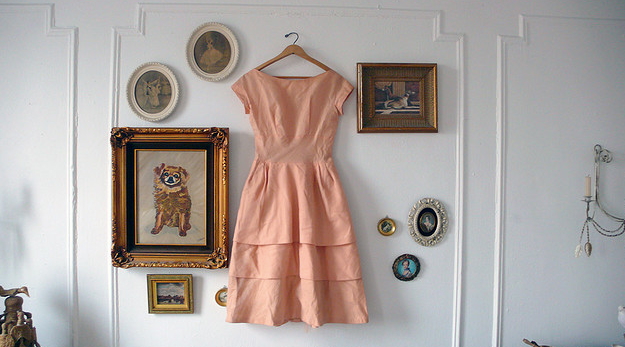
Things the model brings
By far the best items to use in any set dressing are items that the model has provided from her real life, as these items will help expose her unique personality to customers. However models will only bring the things an SP asks them to bring – it won’t be obvious that a nude photo shoot requires her to bring a ribbon she won in a judo competition! SPs must talk to models before the shoot day to discover what items models can bring.
The process for this is described in the What do I need to do to prepare for a shoot with a model? FAQ.
Things found in the location
Most spaces, especially those regularly rented out will have art work and notice boards hung on the walls to make the space feel appealing and attractive – in order to get bookings. SPs seek out locations that are already decorated close to the abbywinters.com paradigm to minimise the amount of time and money they need to spend on set dressing on the shoot day (leaving more time for model care and the shoot itself) but even the most on-paradigm place will benefit from a little thoughtful set dressing.
If a location will only be used for one shoot ever, the best items from all the rooms should be “cherry picked” and placed in the shoot space. For example while the shoot may be in the bedroom, the best artwork might be in the kitchen – bring it in!
When multiple shoots are happening in the same location across several visits, it can be possible to make one room feel like a different room by swapping out the items on walls with those from another room. This is suitable to do so long as none of the pieces that appear in multiple shoot are memorable standout items.
Moving furniture and ornaments around in a location is a great way to make the most of all the available set dressing items however, when multiple items are gathered from multiple rooms, there is an increased risk that SPs will forget where everything originated 😬! Taking an image of each room at the start of the day ensures SPs have the information saved to enable them to put the location back exactly as they found it before they leave 😅.
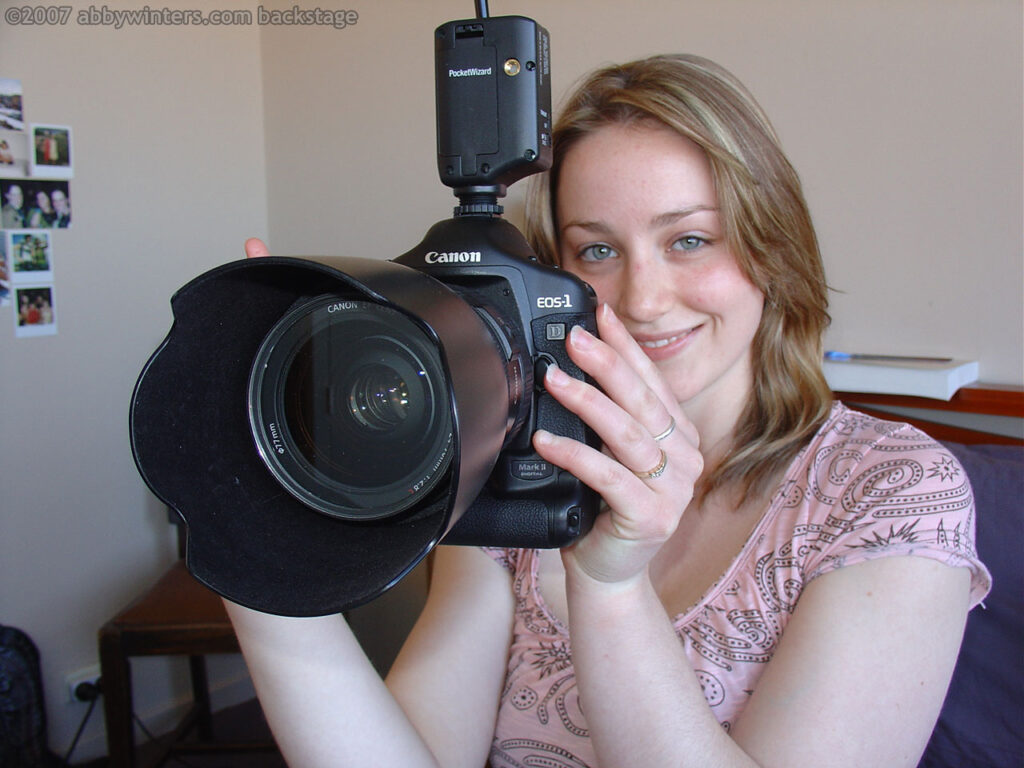
Things supplied by the SP
Buying cheap items to set-dress rooms can make a scene look fantastic, but as they can only be used once, it can become expensive and time consuming – this is why we recommend finding spaces that are already close to our needs, and dressing spaces with the model’s own items.
Some SPs have become friendly with local thrift stores who allowed them to take items for a few days in exchange for making donations of any items they do purchase from elsewhere when they are used up and for their time once a month in the store.
There are some items that an SP may own (or acquire) that could be reused multiple times. For example single colour kitchen towels can be used to dress multiple kitchen sets.
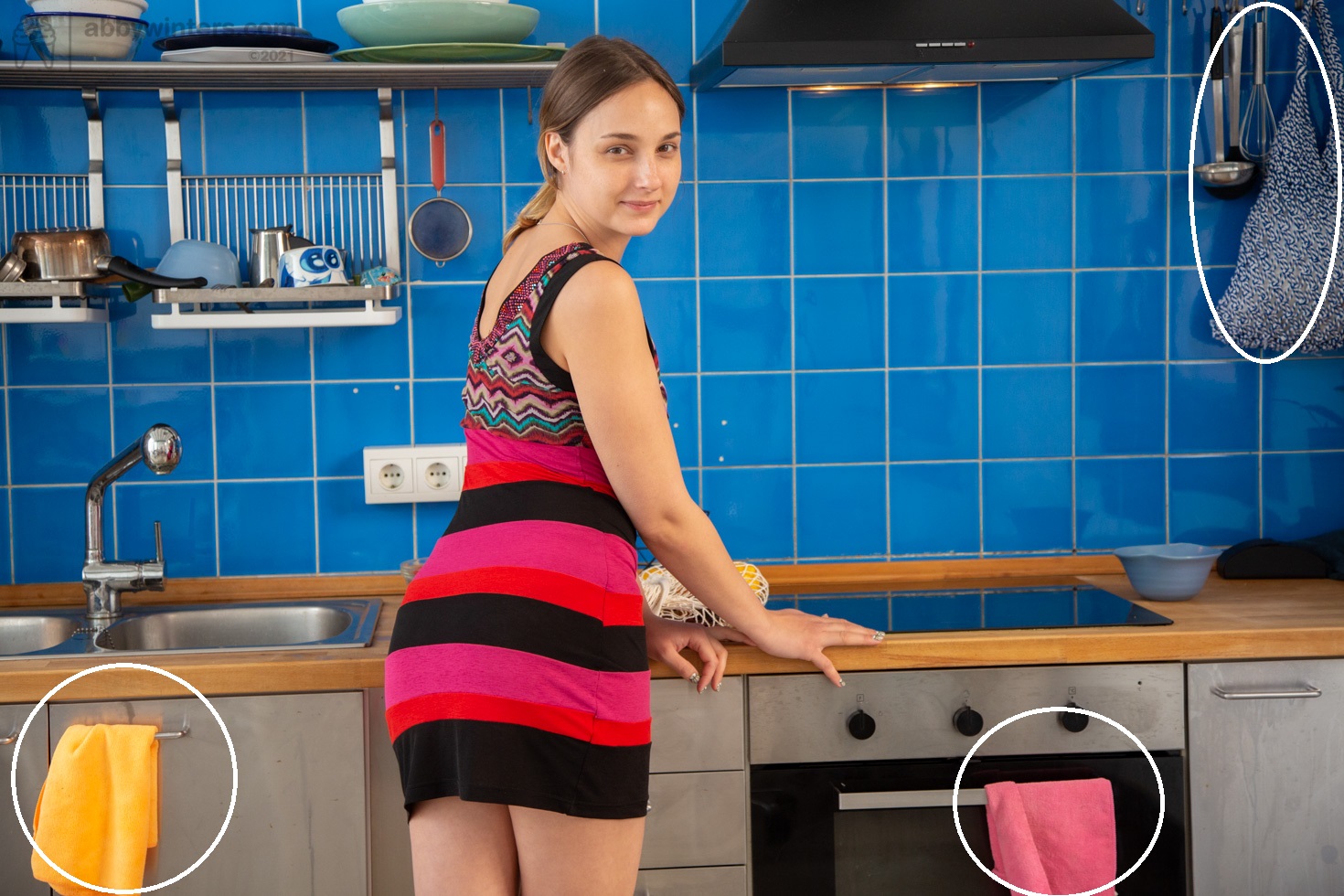
Ideas on what to hang
When trying to make a ‘new room’ (from a room that was already shot in) by replacing all the items hung on a neutral coloured wall with different things, SPs need to mix it up – just hanging a “ship” picture where a “house” picture was is not going to make enough of a change.
What if the painting was replaced by a hat, a running medal or a bag?
-
Things the model has with her
- Clothes that she’s not wearing in the shoot
- Hats
- Bags
- Colourful scarves
- Jewelry – long necklaces / colourful beads especially good
- Belts (ideally colourful)
- Keys (with colourful key-chains)
- Headphones (ideally colourful)
- Long Socks (colourful)
-
Things SPs should ask the model to bring
- Photos of herself from her own home
- Sports / dancing medals
- Any certificates earned
- Wall calendars / planners
- Jewelry / hair things wall organizer
-
Things an SP could supply
- Paintings (often very cheap in car boot sales / thrift shops)
- Hangers to display the models clothes on
- Colourful fabric
- Strings of LED fairy lights
- Posters (can even be cut out from magazines)
ABOVE: Some examples of different things that might be hung from a nail or hook.
Things that must be removed from walls
Photos of the location owner (if not the model) and their family, any photos of children or anythings that contains contact information about the address, model or location owner, must all be removed.
Utilising fairy lights
abbywinters.com will reimburse SPs for a set of fairy lights after their second use in a shoot, up to the amount of $15 USD. The goal should be to use the lights every 8th shoot or so, for 10 shoots in different ways (after that the prop will be too familiar).
Fairy lights can be:
- Wrapped around bed frames
- Placed under beds for up-lighting
- Hung on walls
- Placed in glass bottles
- Used around lights
- Used for up lighting of furniture or props
ABOVE: Left to right, fairy lights can be; Used to outline a wall to make a white wall feel more cozy; used to make a door; shaped on a wall to form words or patterns; paired with photographs; used to make a roof canopy; draped around a mirror; placed in empty bottles; placed under the bed.
Utilising fabric
Fabric can be used to great value in set dressing.
Unmotivated, colourful fabric but draped over a beige sofa, pinned to a curtain, hung over a heating panel, spread on a bed, laid on the floor – anytime there is beige in the frame and not much colour otherwise, a sheet of colourful fabric can be used.
However, as for other things described on this page, getting one pink and one blue fabric piece and using them in every shoot is not acceptable. Variety is essential.
When we made shoots from a central location in Amsterdam, here’s how we managed this;
- Every few months, we’d spend ~€100 on new sheets of colourful fabric; sourced from local markets, around €4 each for 2m x 1.2m (6′ x 4′)
- We don’t care if the fabric is intended for for upholstery, a dress, a curtain, t-shirts, saris, or table napkins, low quality or high quality, heavy or light: we only care about the price, colour and pattern.
- Never black, grey, white, brown or beige, only colourful
- Never something that will pull focus (for example a black and white zig-zag pattern)
- Never branded stuff (eg, “Frozen” characters)
- Never showing people (eg, a “Mona Lisa” print)
- Shoot Producers take a selection from the store, to shoots that week
- Once used, the fabric is returned to HQ, and placed in a washing bag
- Once washed, the fabric used that week is placed in a box labelled, “Do not use until “
- Only in six months from now, do we use that fabric again
We were producing shoots on an “industrial scale”, but perhaps some sort of system can help keep fabric in rotation and not over-used.
The abbywinters.com paradigm is based on the everyday – natural women, in naturalistic settings.
If it is not possible to shoot in a model’s own home (more info), the hired location needs to be believably that of a young woman, with suitable colours, style and a feeling that this location is lived in. These ideas are expanded upon in the Location and environment in-brief SDLP.
When we say “location”, we mean the whole home, the street address. When we say “setting” we mean, the specific area of the location that a given shoot is being shot in. Some shoots may shoot in several settings.
When a location is hired, SP’s utilises set dressing to ensure:
- Any reused settings feel like completely new spaces (if this is not possible, a different setting must be used)
- The setting feels genuinely lived in
- Settings are on-paradigm (young woman, colourful)
- Setting contains details of the model
- eg, night creams, book she is reading, wall calendar of dancing dogs in hats, birth control pills on the nightstand, phone charger, etc
See some practical set dressing tips.
Many abbywinters.com models report becoming sexually aware of their bodies while they were still young enough to be living at home with family. One of the few places all those models likely had privacy for such exploration was in the bathroom – possibly one of few rooms with a lock on the door.
For that reason it is fairly common for models to have experience masturbating in the bathroom. Some models will use the same techniques they use in any room but behind the bathroom door, where as others will have adapted their techniques to include that environment – using their electric toothbrush handle, the handle of a razor, a particular shampoo bottle… or running water!
abbywinters.com is committed to showing how models really masturbate when alone, but that needs to be balanced with showing customers the details of that method. Typically, some compromises need to be made for customers to enjoy the full experience. This is often true of any masturbation setup being captured for abbywinters.com, but this FAQ specifically focuses on what to do when models are masturbating in or around water within a bathroom.
Audio general bathroom considerations
Extraction fans must always be switched off, to record the “cleanest” audio track possible.
In some bathrooms the extraction fan is coupled with the light switch (ie, the fan cannot be switched off). In this case, the scene must be shot without the bathroom light on. Adding another light source to the scene is necessary anyway for correct exposure and image quality, so this should never be a problem.
Audio shower considerations
It does not always seem like it when we use them, but when recorded, showers are very noisy! The combination of;
- The hissing of the water leaving the shower head
- Hard flat surfaces like glass, tiles and mirrors (causing echoes)
- Many droplets of water falling a considerable distances landing on a hard surface
- The specific frequencies created and echoed
Taken together, these effects means audio recording of a shower form a major part of a sound track.
This is a problem because when models masturbate, the sound of the shower overrides the the intimate noises of her natural wetness, the change in the rhythm of her breathing, her vocalisations.
The situation needs to be managed to reduce the sound of the falling water. Several things can be done.
- Use a “normal” setting
- Reduce the height of the falling water
- Consider the surface the water is falling onto
- Turn off the water
Before shooting any sexual content of a model in a shower, SPs do audio tests (wearing headphones) to ensure the model will be auditable above the noise of the water.
Use a “normal” setting
Some showers have settings that force water through smaller or different-shaped holes, providing more pressure. These settings are always louder, and so should never be used – the largest / most holes will always be a little quieter (“rain shower”), so select them where possible
Reduce the height of the falling water
The greater the distance the water travels before it hits the bottom of the shower / bathtub, the louder the sound will be. The larger the distance the water falls, the more velocity the water builds up and so the greater the energy it has to transfer to sound energy when it reaches the bottom.
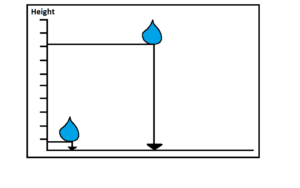
The solution is to reduce the distance the water has to travel by getting the model to sit on the floor of the shower with the shower head held close to her body, which in turn is close to the floor.
Consider the surface the water is falling onto
For some showers it is not possible to lower the shower head (the shower hose being attached to to the wall). In those instances placing a towel or bath mat in the shower, so that the water falls onto that instead of a hard tile, porcelain or plastic surface, will reduce the noise levels a little. The “fluffier” the surface used, the better it is for dulling the sound (for example, a lambskin rug will be more effective than a tea-towel)
An alternative to a shower head might be a tap. The tap will tend to be a quieter option and has the added advantage of positioning the model so her vulva and anus are more open to camera and light, meaning customers will be able to see more masturbation details.
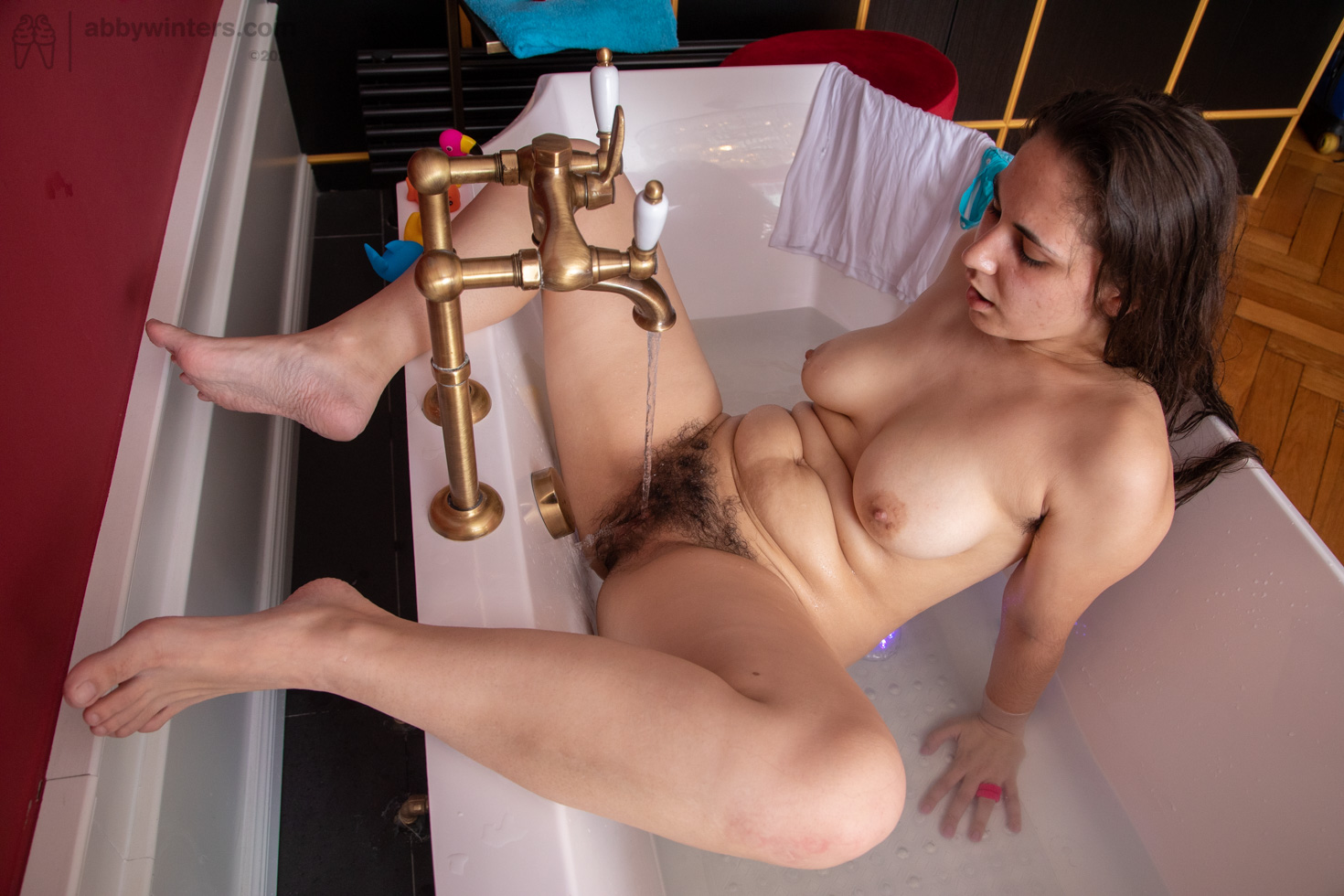
Turn off the water
The ideal situation is when a model is able to orgasm through just the touch of her own hand. In those situations the shoot can include both elements, the model demonstrating her authentic masturbation technique as she usually would do it (with lots of loud and noisy water) before the model turns the water off, and masturbates in comparative silence – all of her natural sounds are fully audible.
Visibility
While recorded audio is the main consideration when models masturbate with water, we alo consider how clearly customers can see the action. SPs ask models to demonstrate the position they will be in to masturbate before they start recording, so customers be can placed in ‘The best seat if the house” – and so that direction can be given to help models open up for the cameras, to allow the details of what they are doing to be seen.
Visibility considerations in the shower
While a model may naturally masturbate legs-closed in an upright position, encouraging her to lean back (so she is resting on the tiles) and when possible to raise one leg, will help to make what she is doing more visible for the camera. Healthy and safety considerations must be taken, models should only be on one leg if there is a non slip bathmat.
Encouraging models to hold their labia open (in EXP poses) will also help to make the details of her masturbation easier for the camera to see. Finally placing the camera low down, so it is looking up into the model’s vulva, will help to ensure customers can see what she is doing.
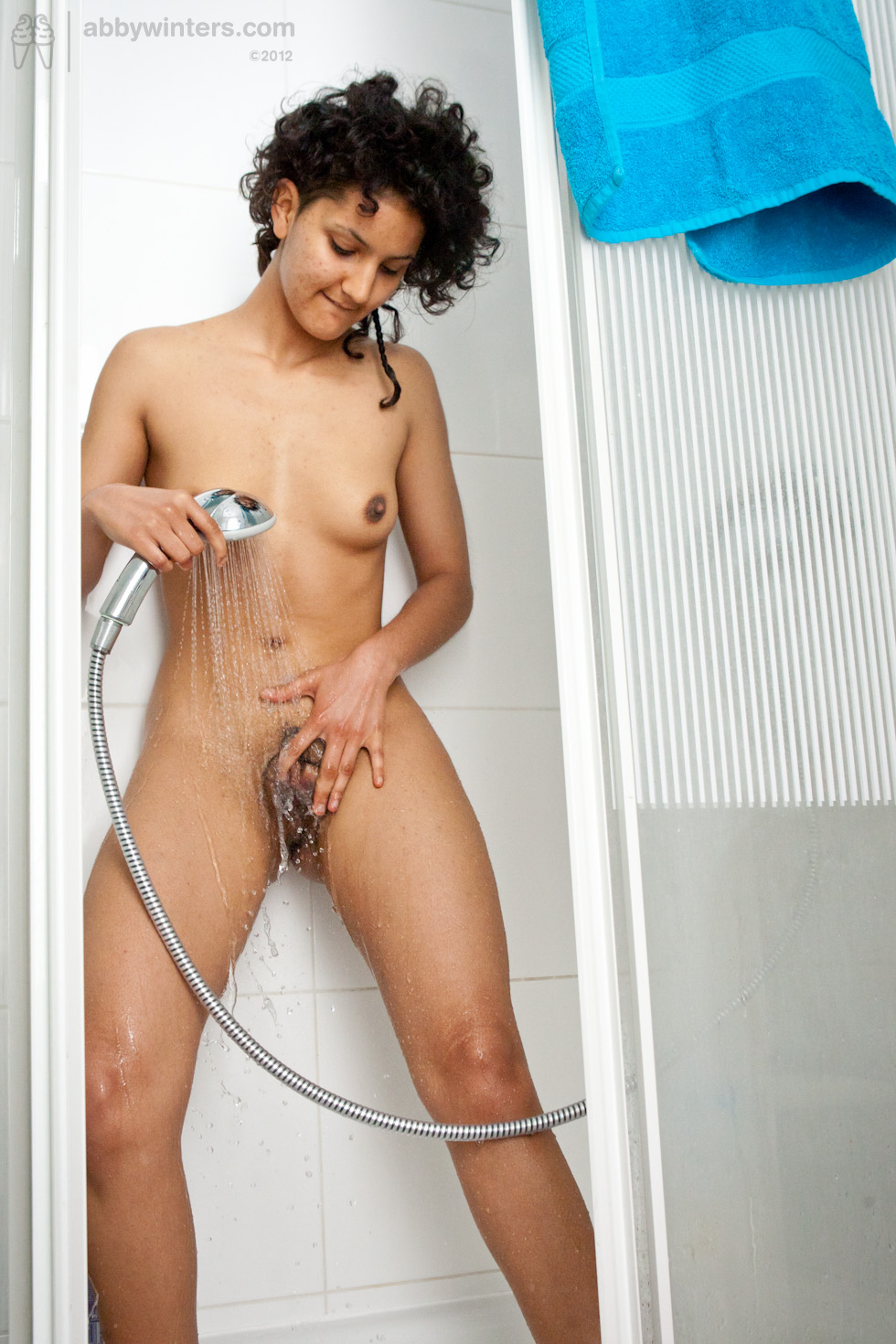
Encourage models to change their position more than they usually would. While a model may not typically sit on the bottom of the shower, this can help to open up her labia and anus to the camera. Similarly, getting the model onto her knees in a doggy position will enable customers to see the depth of insertion during masturbation more clearly.
When planning a masturbation sequence with models in the shower, SPs work to make a compromise. What does the model usually do and what is she comfortable additionally doing to satisfy customers.. Models should not be asked to do so many “additions” that she is unable to relax and orgasm… equally, models should not stick stringently to their usual method when that will prevent customers seeing details.
Visibility considerations in the bathtub
When home alone in the bathtub it is likely that models will draw themselves a bath that is:
- Hot
- Deep
- Full of bubbles
That’s great for relaxing in, but not suitable for capturing content for an adult website!
Steam from a hot bath will fog up camera lenses – this is particularly an issue for IMs when the SP will not be present throughout.
Deep baths mean that the water will be covering the model’s body – preventing customers from seeing the details they want.
Bubble bath, while fragrant and indulgent, hides the model’s body even more.
A compromise needs to be found between what a model would usually do, and what will look good on camera.
Temperature
In a quiet neighbourhood, opening a window in the bathroom might be enough to combat the steam while allowing the model to keep the bath temperature hot. Leaving the bathroom door open a little may also be practical (remember, the extraction fan cannot be used, due to the sound it makes).
In all other situations the bath temperature needs to be reduced to warm instead of hot.
Water depth
Unless an underwater camera is being used (check out Ella C’s Solo), once a model starts the main masturbation sequence, the level of the water needs to be reduced so that the model’s labia and anus are visible above the waterline. This can be achieved either through getting the model to lift up her hips, or by draining most of the water away. The right method will depend on how the model uses the water to masturbate. If she needs the sensation of the water to build to orgasm she should lift and drop her hips within a larger body of water, if not, drain the water away so customers can see her body clearly.
Bubble bath
Should not be used for IM shoots – there is too much danger of bubbles hiding key details at the wrong time (it’s unlikely models would notice). For Solo shoots, where an SP is on-hand to monitor visibility, bubbles can be a fun addition to the shoot adding in tease and pay off opportunities along side a chance to explore the model’s personality. In those situations SPs need to have a plan to remove bubbles before the masturbation part of the shoot begins. Often bubbles will die down on their own across the length of a bath but they can also be lifted out by hand or pushed down using water as needed.
Why is the model green?
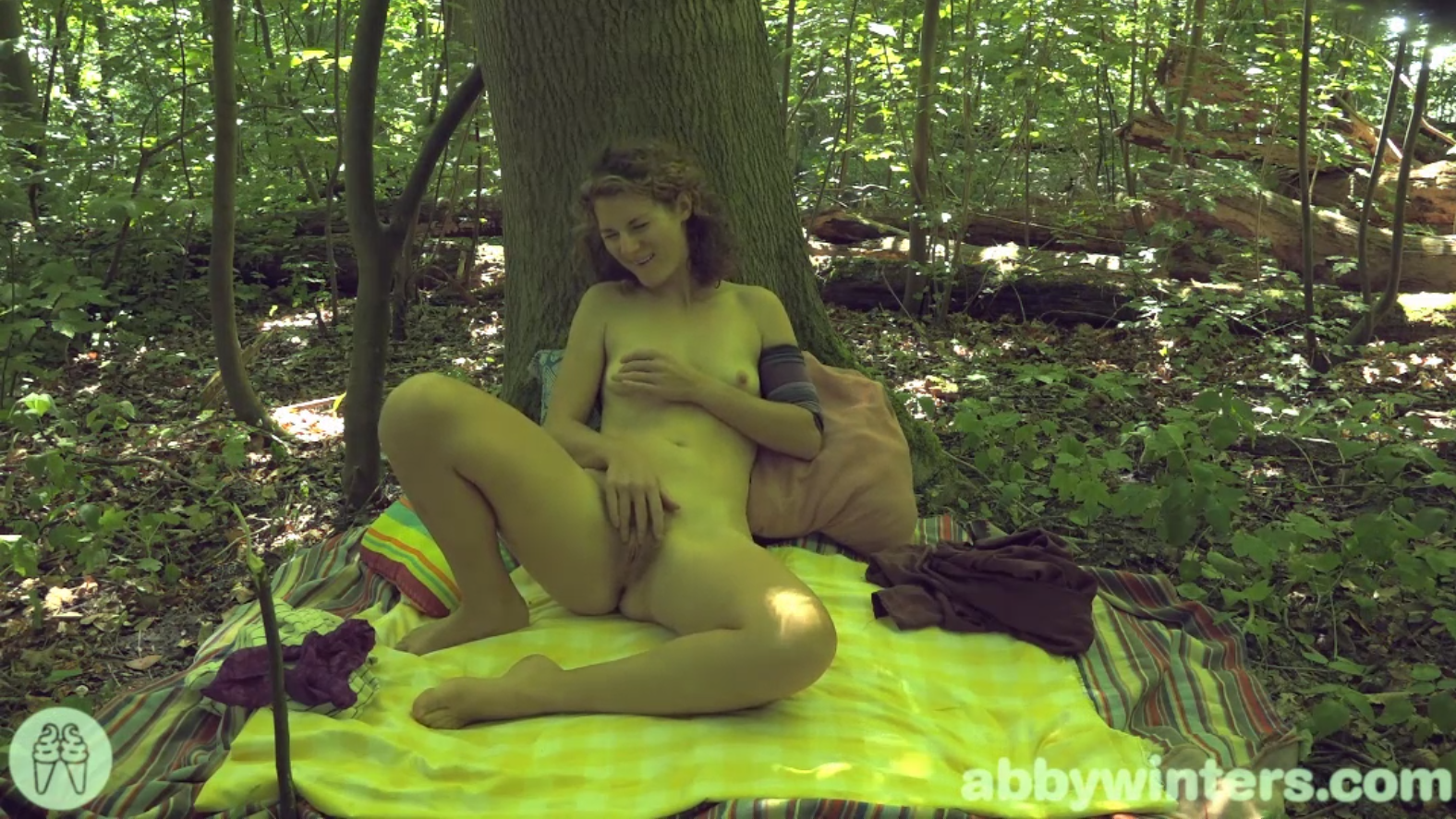
Making shoots outside is encouraged. Natural settings are a key part of the abbywinters.com paradigm and for SPs, outdoor locations come with a few advantages such as cost (often free) and in warm weather, it is a blessing to leave hot video lights behind! Whenever shooting outdoors is possible, it should be explored!
However Outdoor shooting comes with it’s own technical considerations, and managing White Balance is one (see the full set of shooting outside considerations).
White Balance risks when shooting Outdoors
In order to keep the model out of direct sunlight (and the eyes of the public), shooting under the cover of trees can be an excellent choice. However, the greenery offering shade and privacy also has a green cast, essentially acting like a big filter over the white light of the sun. This results in green skin – not good!
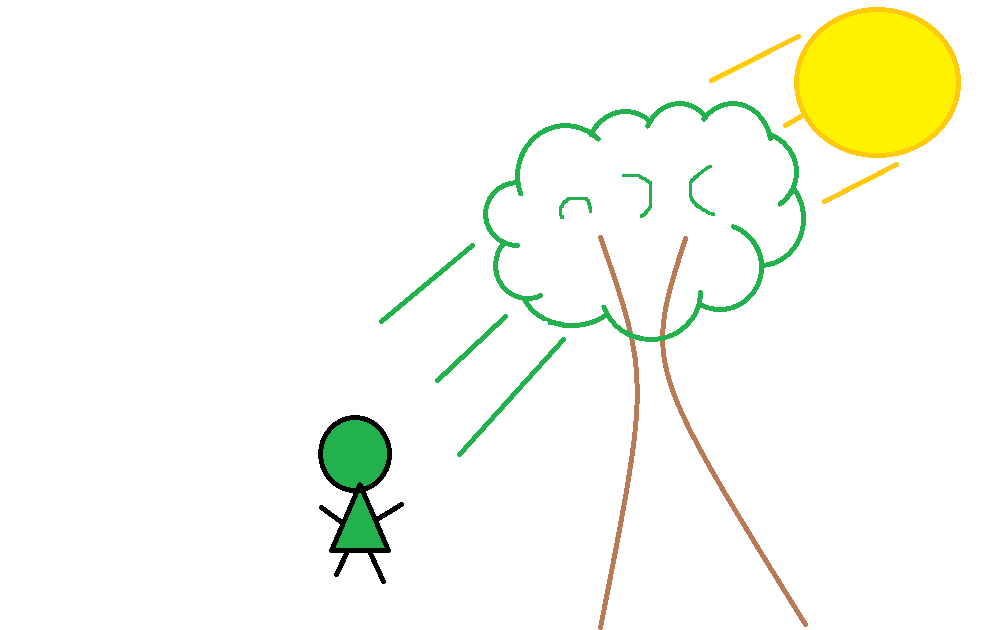
A knee-jerk reaction is to fix this with a white balance adjustment (while traditionally a blue-orange adjustment, white balance on modern digital cameras also works on the green-purple axis), but the issue here is not the colour temperature, but the actual colour of the light source. A White Balance adjustment will make it look ok on an LCD screen but in fact cut out a huge amount of the reds and purples in the image, making skin look not-green-but-unnatural in the final edit.
The solution
Rather than using camera settings, a large source of ‘clean’ white light needs to be sourced and directed at the model. This may not fully resolve the issue but it will reduce it enough to meet our technical standards.
The easiest way to do this is with a large white sheets, but a large reflector would be just as effective. The white sheet is placed to the side of frame, aligned so that light direct from the sun (not through tree cover) is bouncing off the sheet, on to the model. Look for large splotches of light between tree shadows when positioning the white surface.
There will still be some green fill light from the off-side, but by angling the model towards the true-white source as the main light, the green fill will not negatively impact White Balance, it will look natural for the setting.
